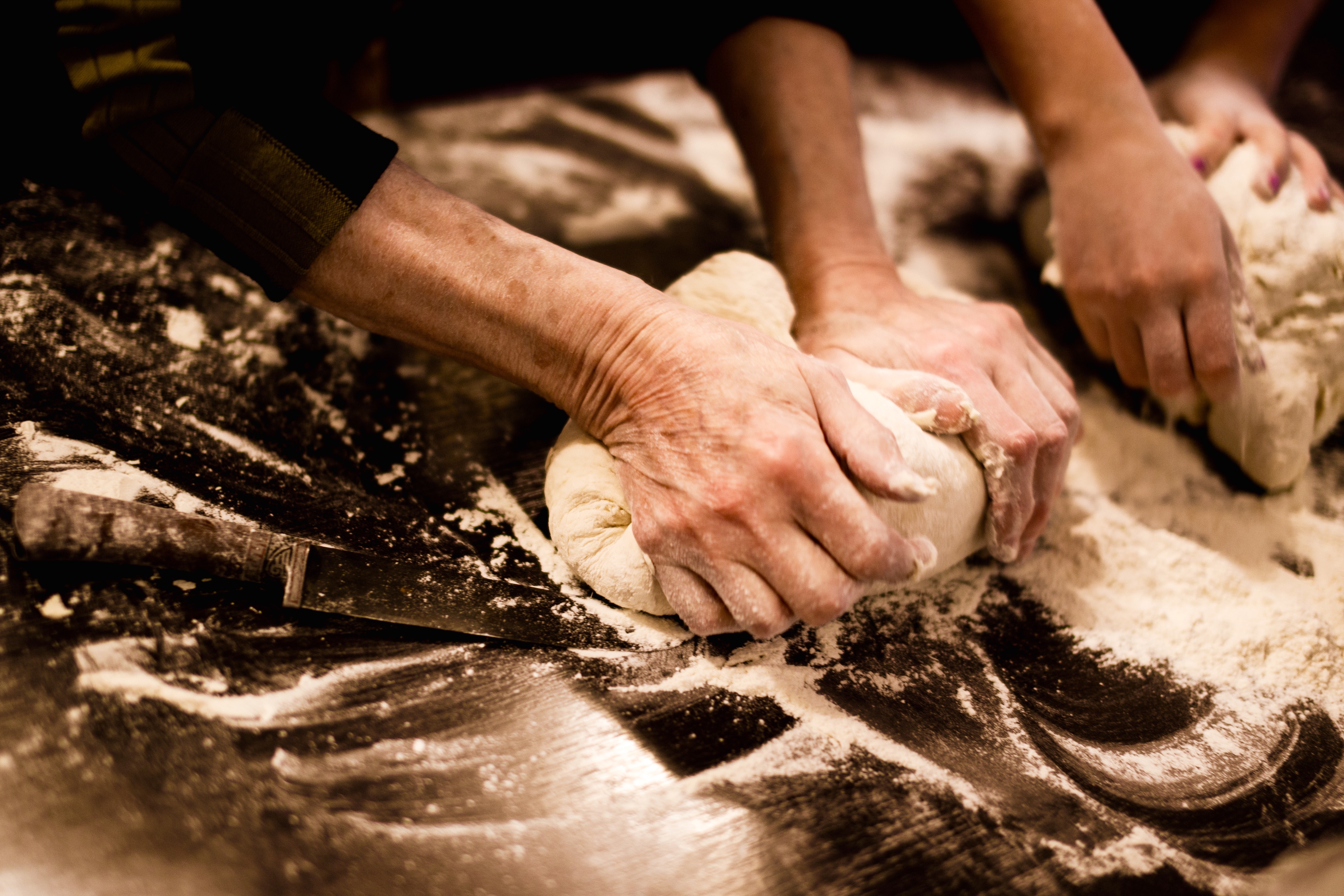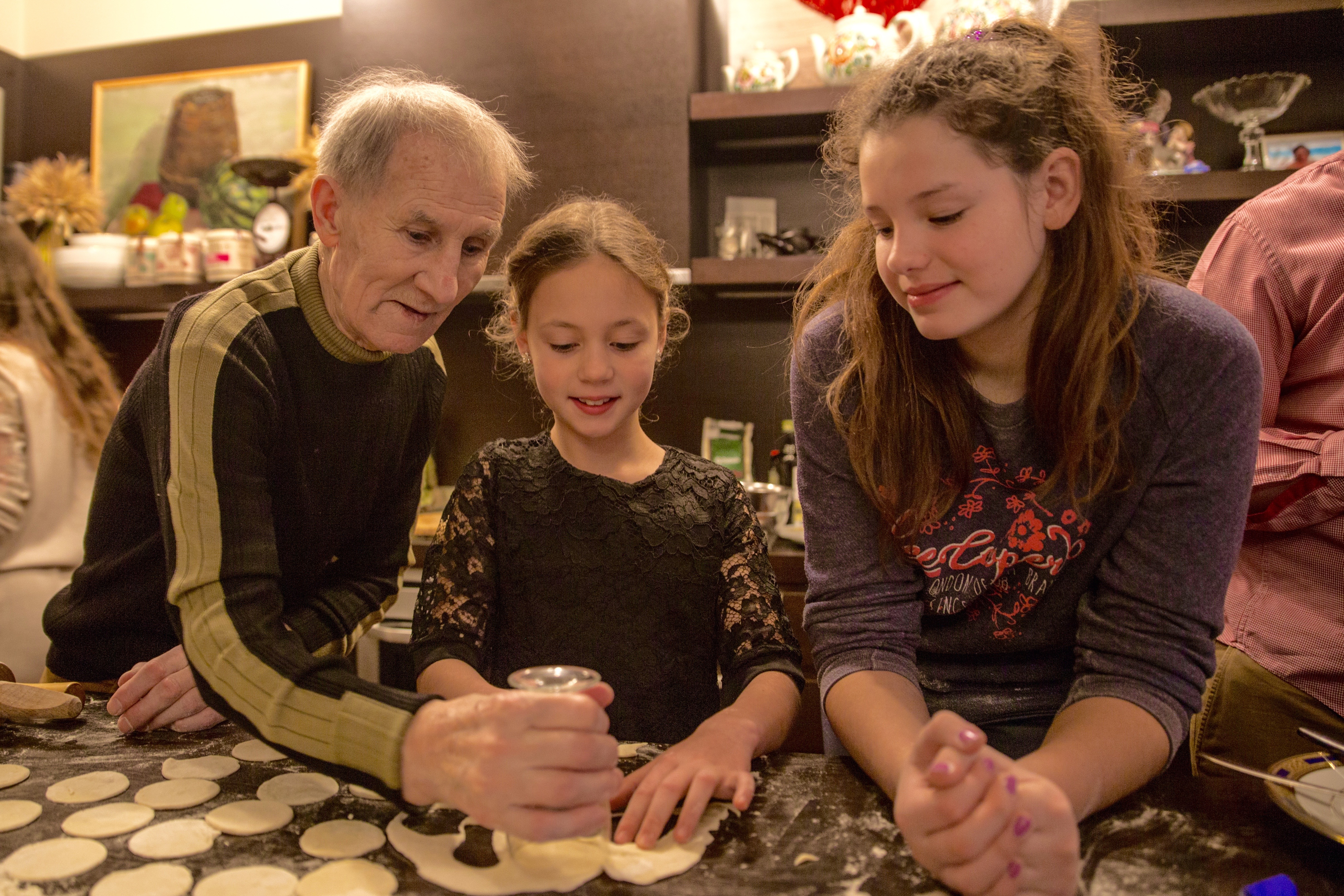Thanksgiving Day 2021 is the 400th anniversary of the first harvest feast when the English Pilgrims of Plymouth Rock, Massachusetts celebrated survival after a harsh introductory year in the New World. It wasn’t until 1863 that President Abraham Lincoln decreed an annual Thanksgiving holiday on the fourth Thursday of November.


Is what we know about Thanksgiving a day of celebration based on actual history or popular mythology? It depends where you get the story–from the perspective of the victors or the vanquished. In actual history, the Wampanoag Indians, who indeed helped the Pilgrims survive, were not officially invited to the celebratory harvest dinner. But they showed up anyway. And stayed for three days.
In land covering present day southeastern Massachusetts and part of Rhode Island, the Wampanoag Nation once numbered 30,000-100,000 strong. Their lineage can be traced back more than 10,000 years. They lived on the coastline in summer and moved inland during winter. Their geography provided herring and trout from the water, deer, elk, and bear from the forest, and crops planted and harvested on cleared land.


For the previous 100 years, the Wampanoag and other tribes had been trading and fighting with European explorers who passed through the area. Shortly before the Pilgrims came to settle at Plymouth Rock in 1620, the Wampanoag population had been decimated by a three-year pandemic of smallpox and yellow fever which they called “The Great Dying”. They lost approximately two thirds of their people.
Seeing women and children disembark from the Mayflower, the Wampanoag chief decided these people had not come to fight, but to stay. That winter, the Indians watched as half of the English died of cold, starvation, and disease.
Because of their own reduced numbers after the pandemic, the chief wanted to make allies, not war, with the new settlers. He had another ulterior motive–to get better weapons [guns] to use against their own neighboring tribal enemies. So, the Wampanoag people approached the starving settlers in the spring of 1621 and showed them the best way to plant, fertilize with fish entrails, and harvest crops that would survive–corn, beans and squash.
That fall, after a successful first harvest and the know-how to see them through succeeding winters, the Pilgrims decided to celebrate with a feast of thanks. The Wampanoags were not invited but showed up after hearing gunfire which they presumed to be the start of a war. They were dressed to fight but ended up joining the Pilgrim party as guests. Indian hunters brought in five deer to share. The feasting and revelry went on for three days and nights.
Was it a mistake for the Indians to befriend the Pilgrims? No one can answer for the actions of their ancestors, but today’s surviving members of the Wampanoag nation believe the wrong decision was made. After that first feast of celebration for a plentiful harvest and survival, colonization began in earnest. It was followed by the slow genocide of native people. More waves of Europeans landing on the shores led to more disease and more death of the indigenous cultures. The Wampanoag lands were stripped away, and their traditions shunned with enforced Christianity and boarding school attendance for children.
In 1970, a Wampanoag activist designated a “National Day of Mourning” to counter the national celebration of Thanksgiving Day.
Today, immersion schools have begun for Wampanoag children to learn subjects in their [almost lost] native language. For adults there are language classes. A museum near Plymouth is dedicated to the Wampanoag Indians and their contributions. There is an emphasis on the education and explanation of culture, traditions, and history, including the original Thanksgiving story.
From the conquerors’ gain, there is always loss and disarray left behind. On Thanksgiving Day, as in other years, the Wampanoag gather for a meal and give thanks, not for the Pilgrims arrival in the New World, but to their ancestors and for their survival as a tribe.
For the past 158 years, since Thanksgiving became a holiday, we pause on this day to say “Thank You” for blessings great and small among family and friends. As we gather to share with others in celebration and gratitude, let’s also remember the diverse contributions on both sides of the table, beginning more than 400 years ago.

______________________________________________________________________________
The inspiration for this Thanksgiving story came from an article in the Washington Post by Dana Hedgpeth, “This Tribe helped the Pilgrims survive their first Thanksgiving. They still regret it 400 years later.”
For a different view of Thanksgivings spent in countries overseas where it is not a holiday and the Best Dressing Recipe in the World, see the story French-splaining American Thanksgiving
Thanksgiving Blessing
Today we give thanks:
For food in a world where many walk in hunger,
For friends in a world where many walk alone,
For faith and hope in a world where many walk in fear or sorrow.
Let us give thanks for this food, this home, and all things good,
For the wind and sun above
And most of all for those we love–
Family and friends here and around the world.
–Author unknown
Gratitude
I offer my gratitude for the safety and well-being I have been given.
I offer my gratitude for the blessings of this earth I have been given.
I offer my gratitude for the measure of health I have been given.
I offer my gratitude for the family and friends I have been given.
I offer my gratitude for the community I have been given.
I offer my gratitude for the teachings and lessons I have been given.
I offer my gratitude for all this, including the life I have been given.
–Jack Kornfield
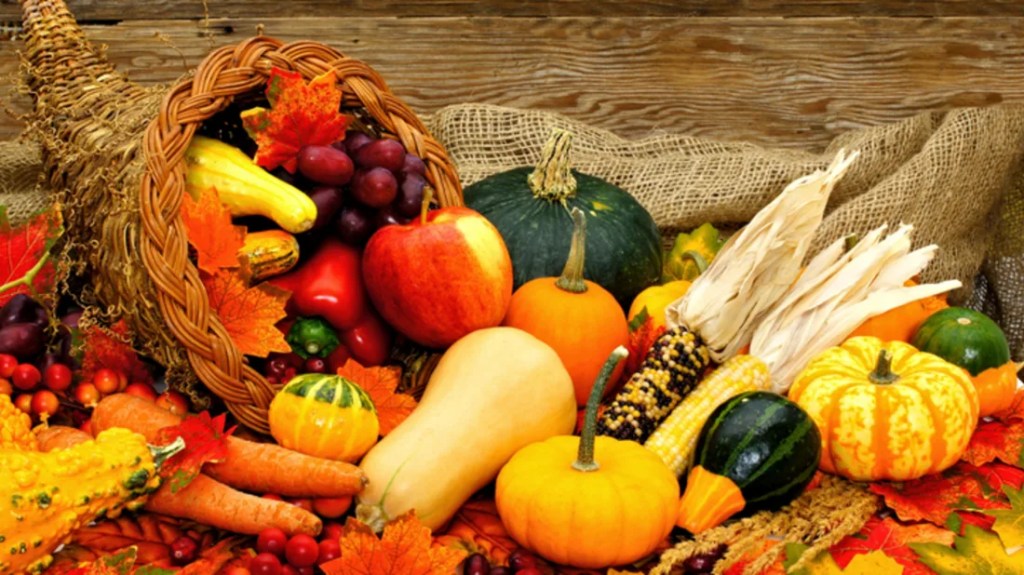




















































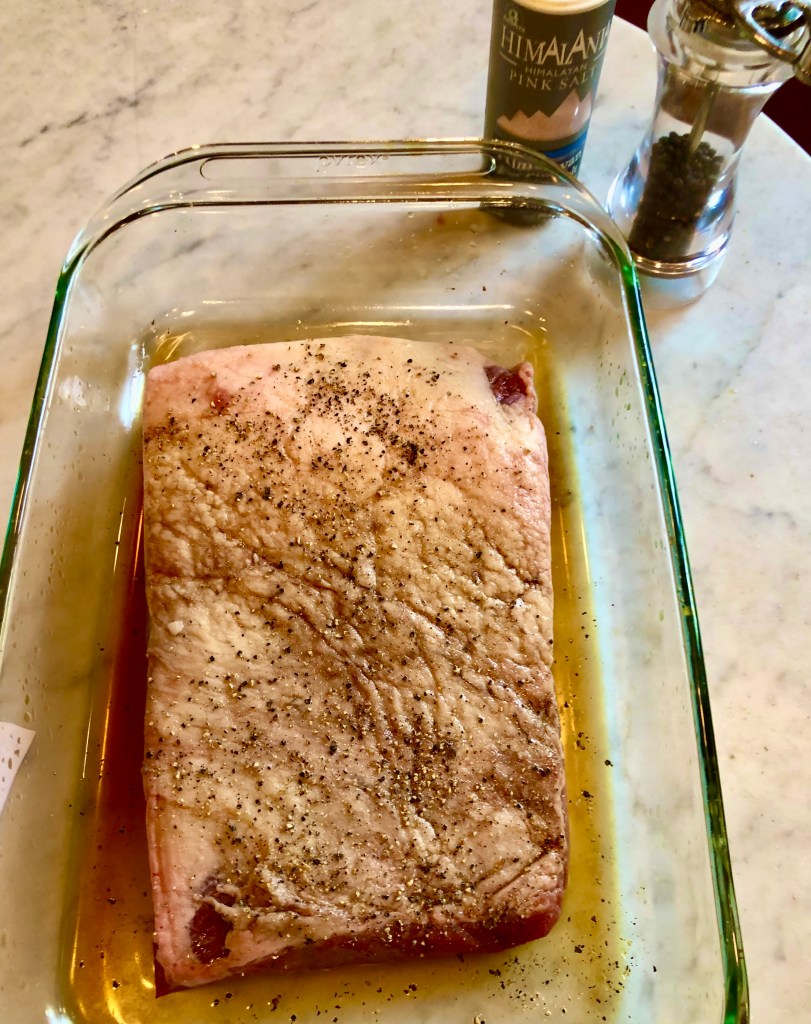

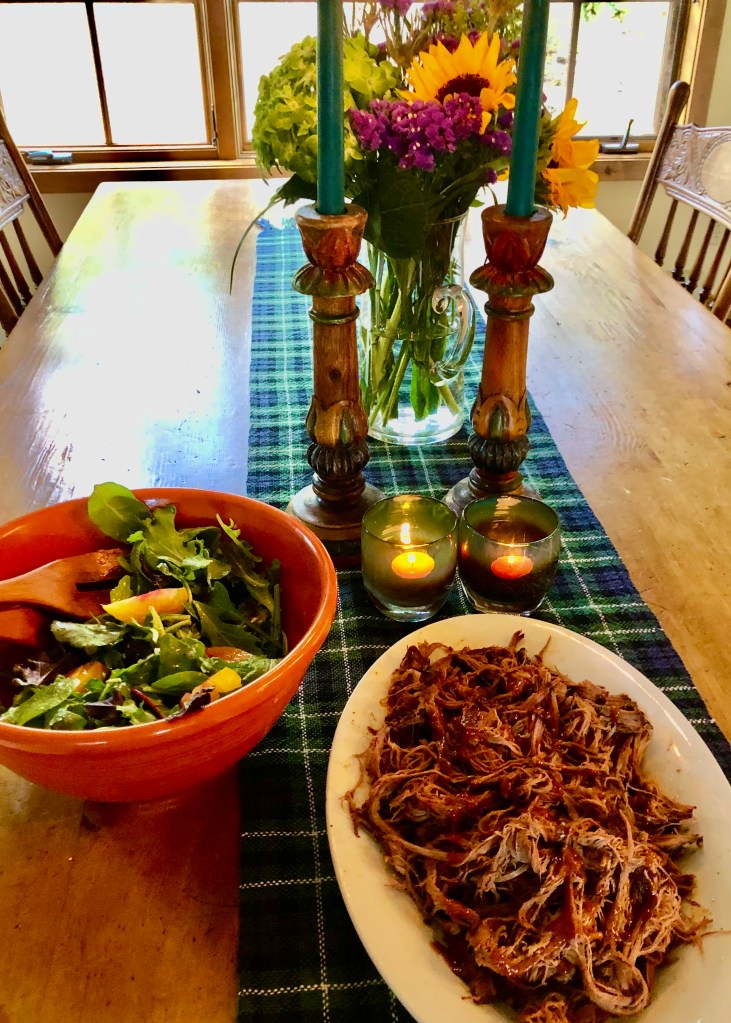





























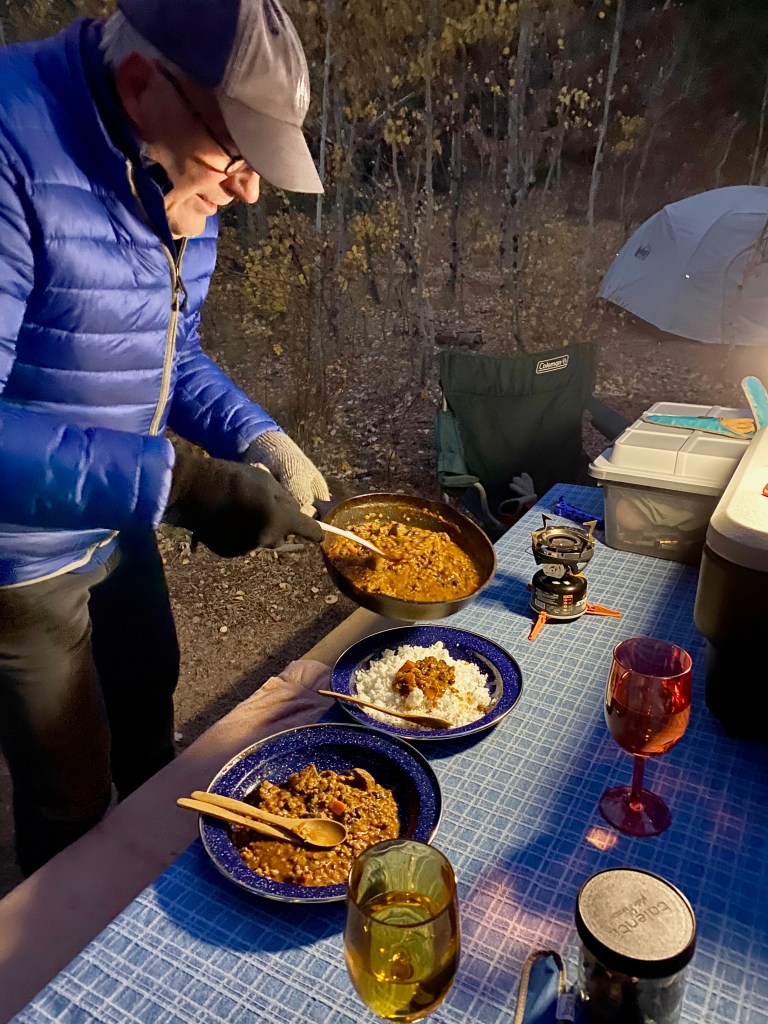






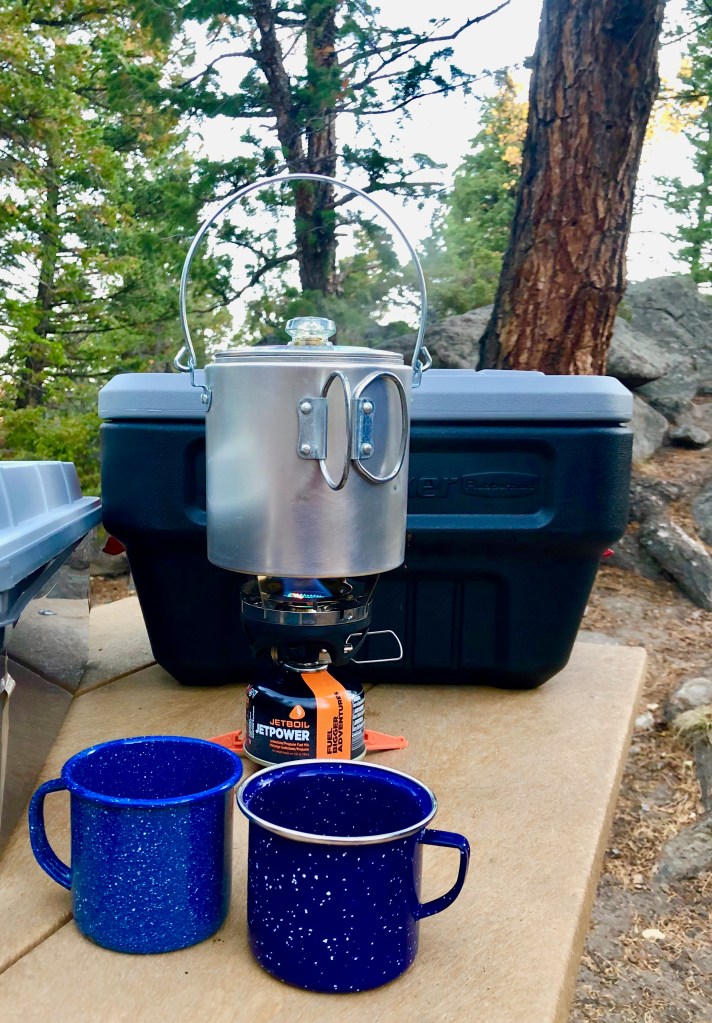


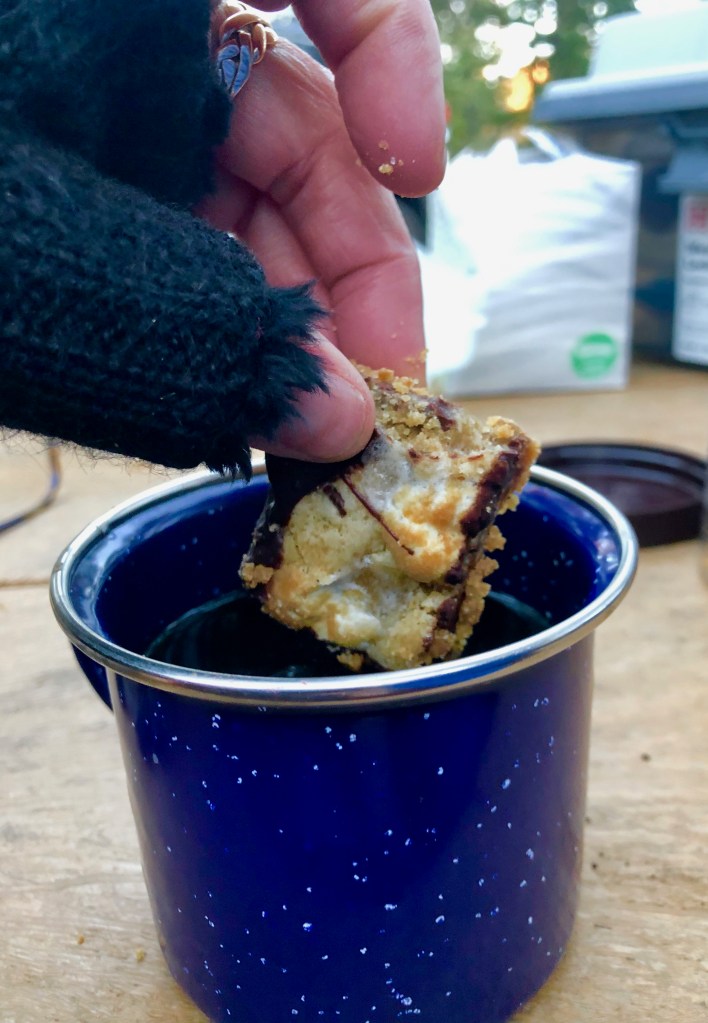




















































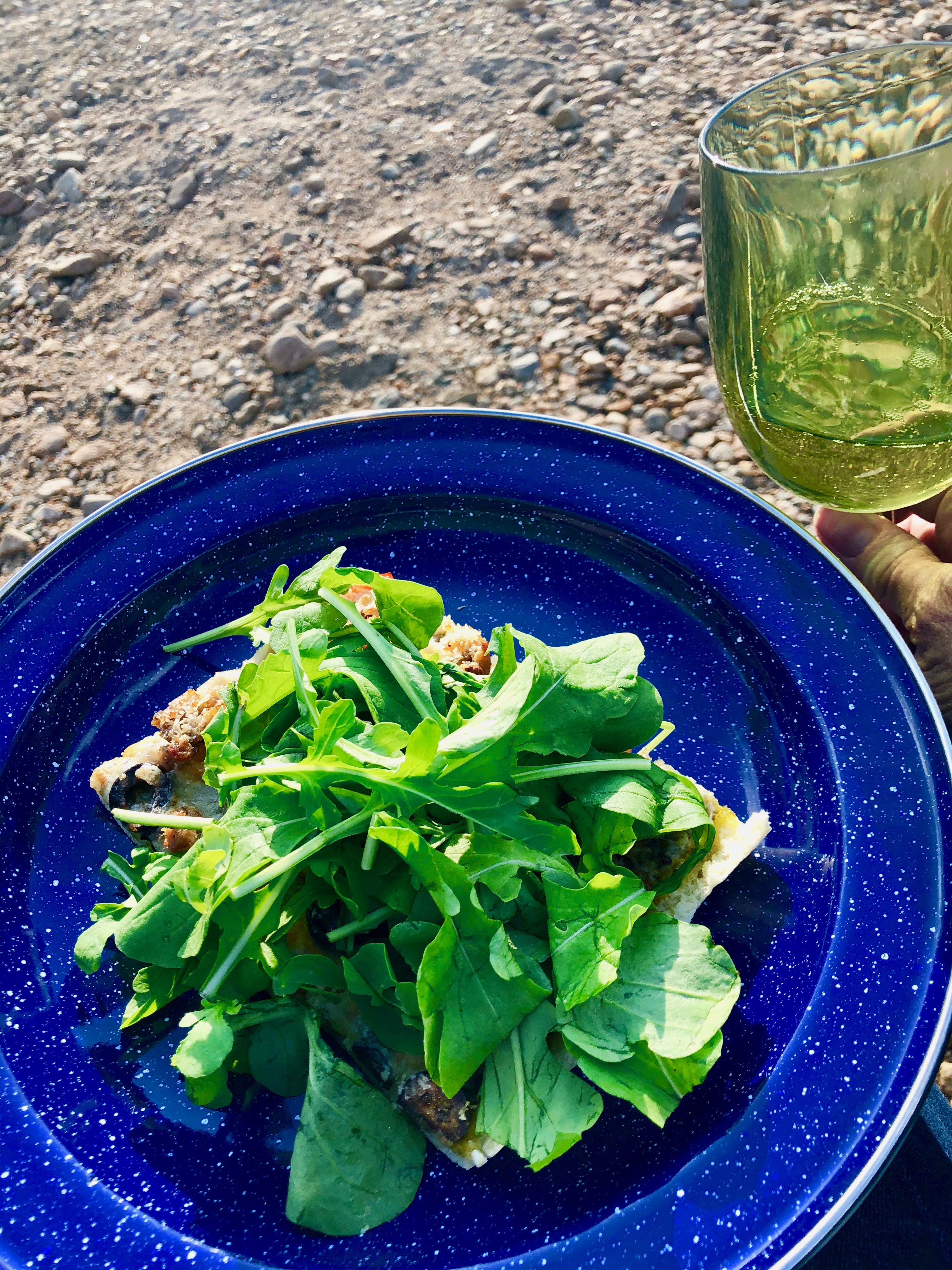




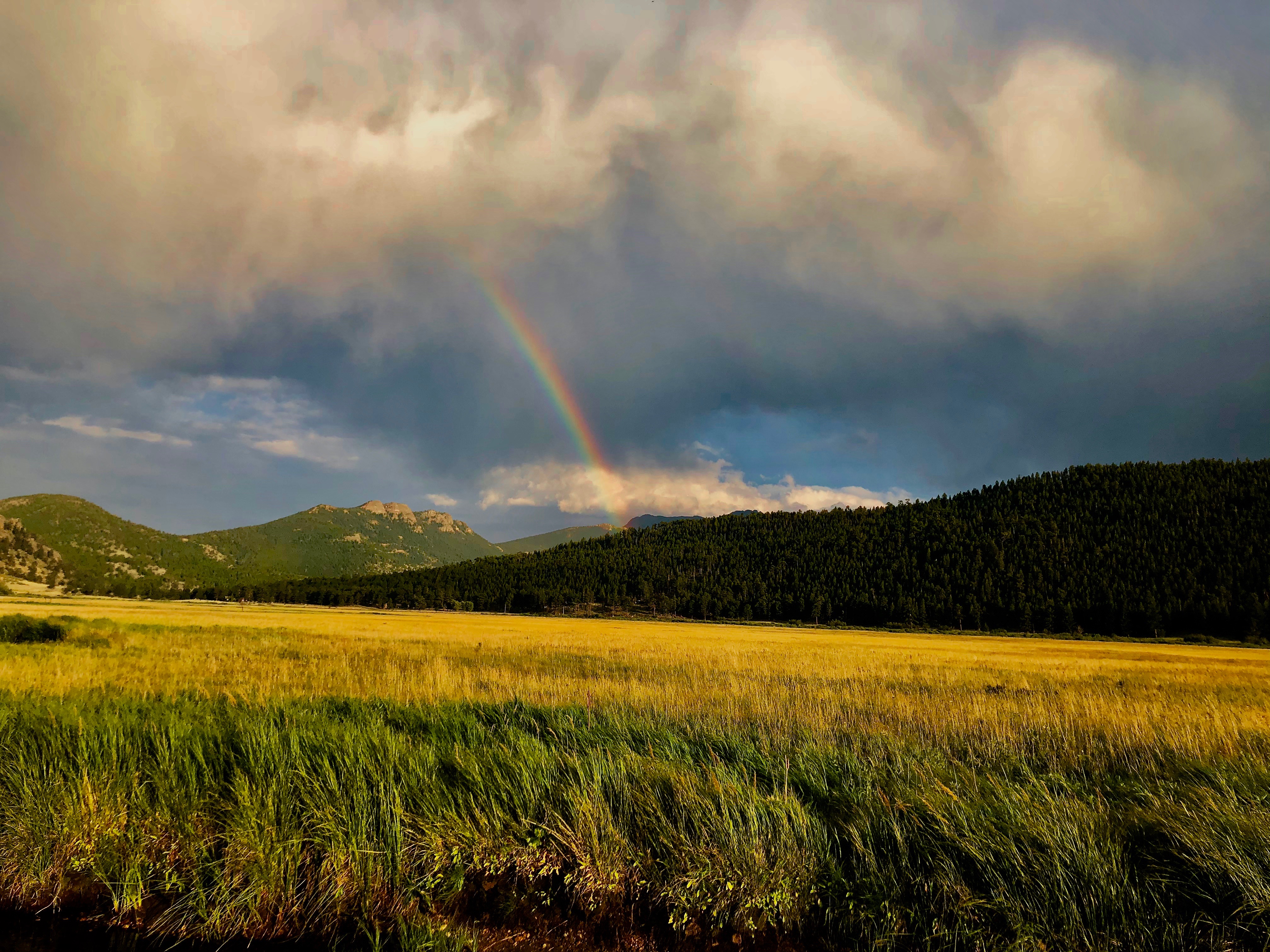























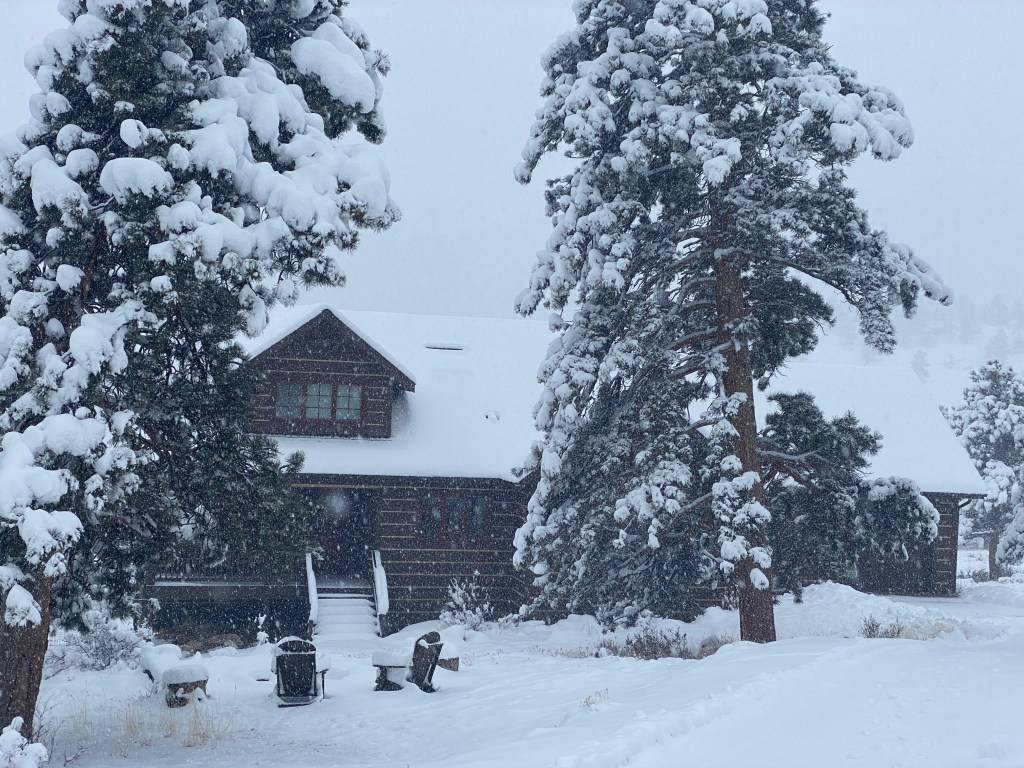
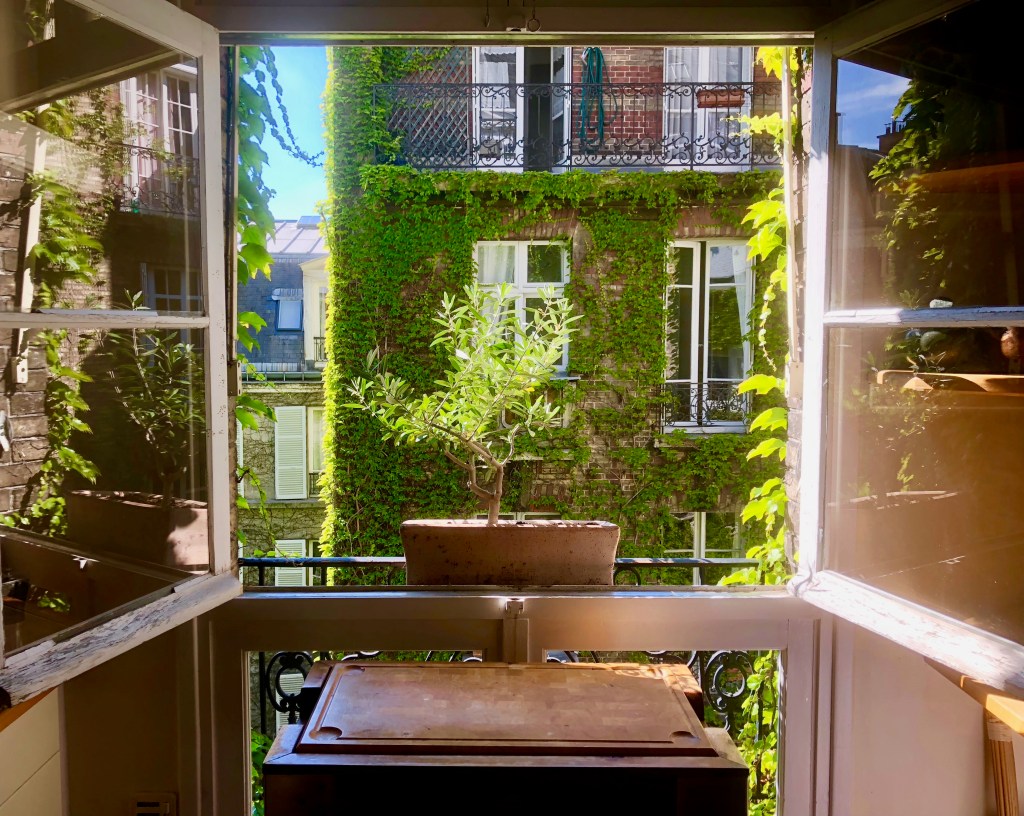



















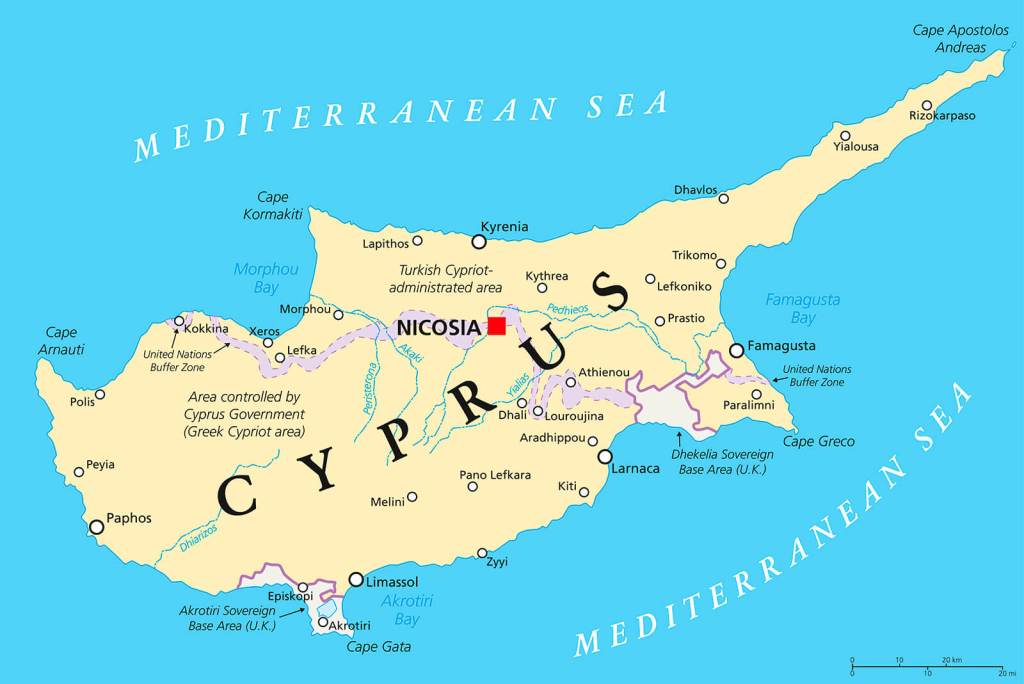





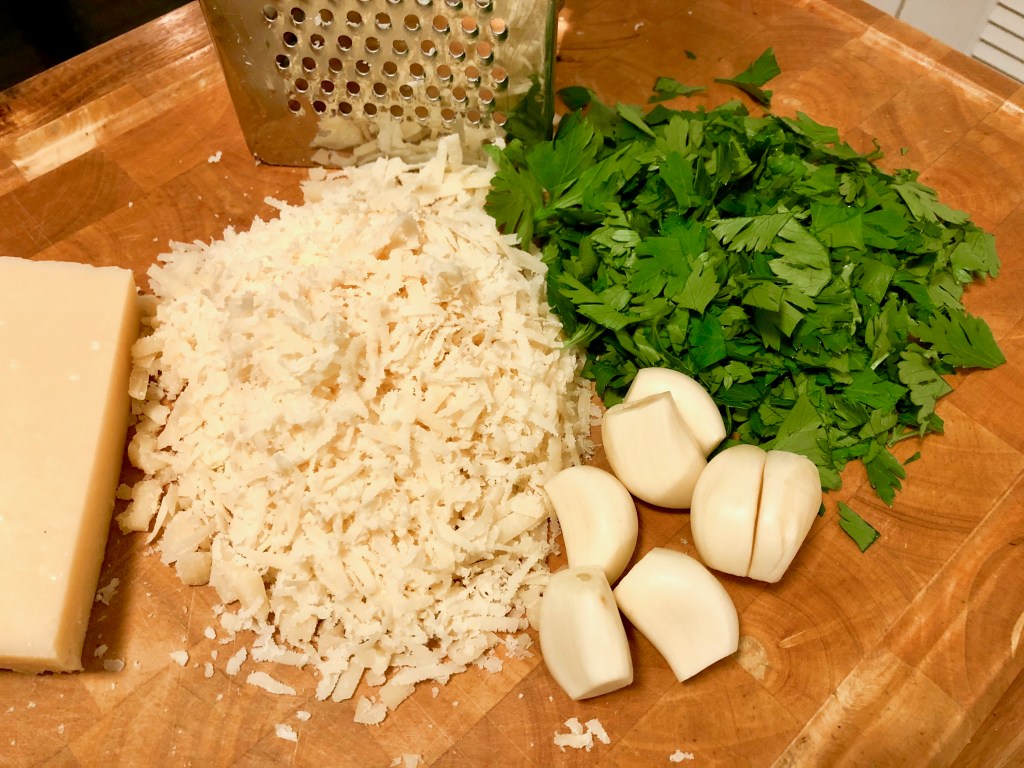



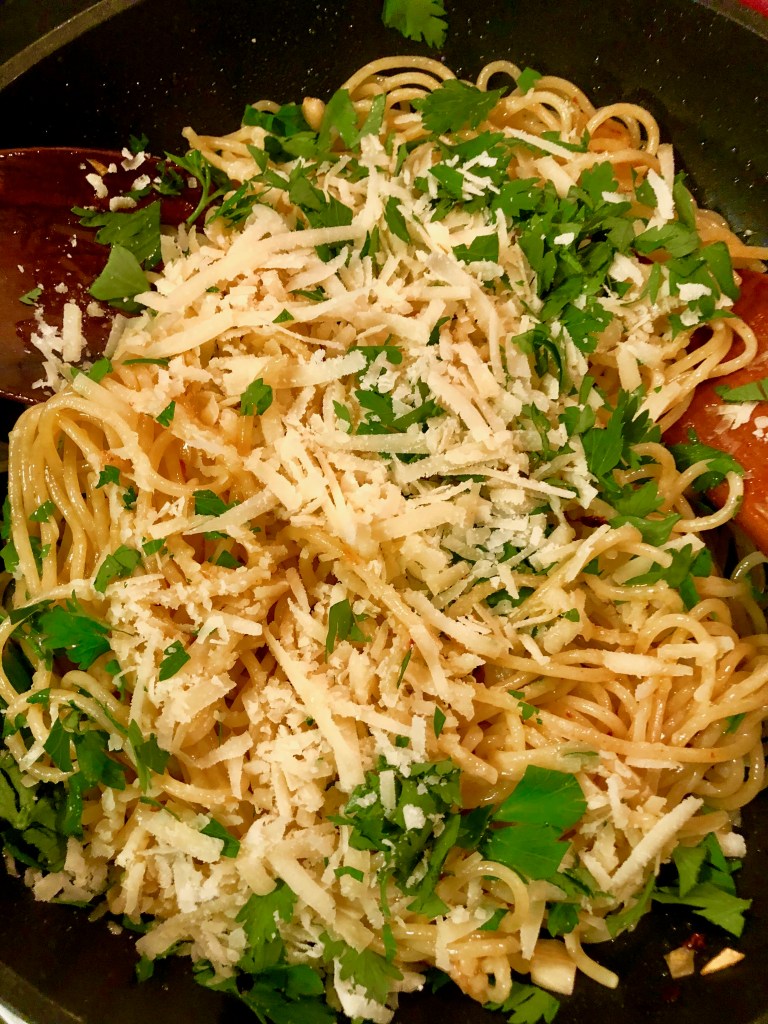

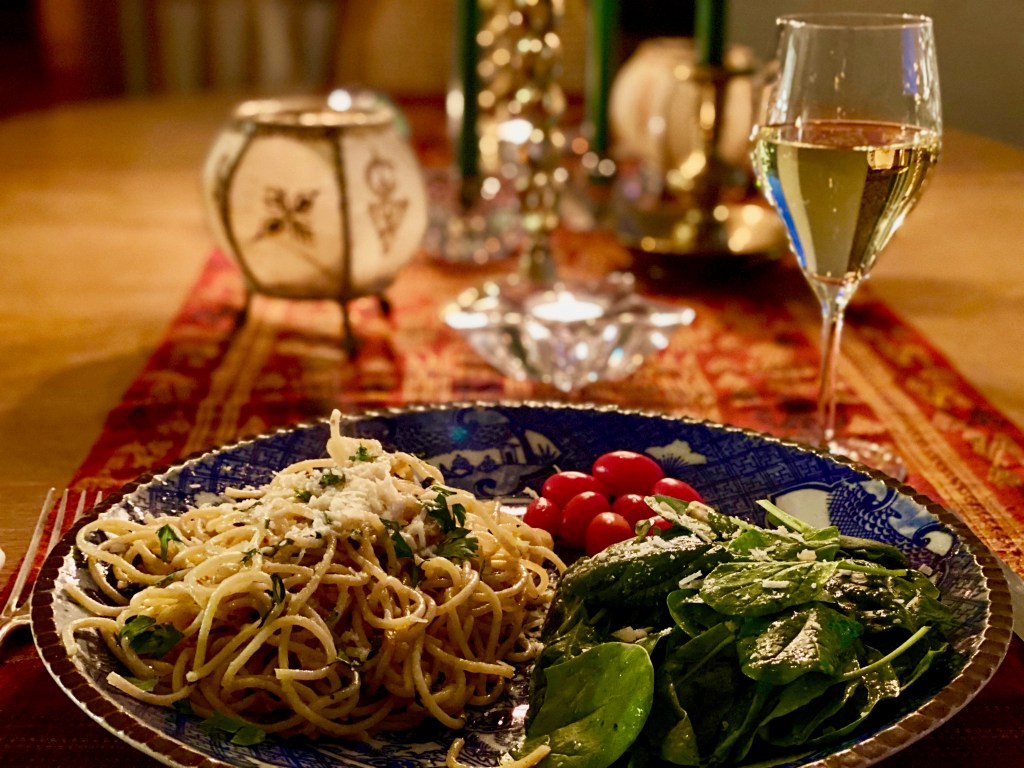






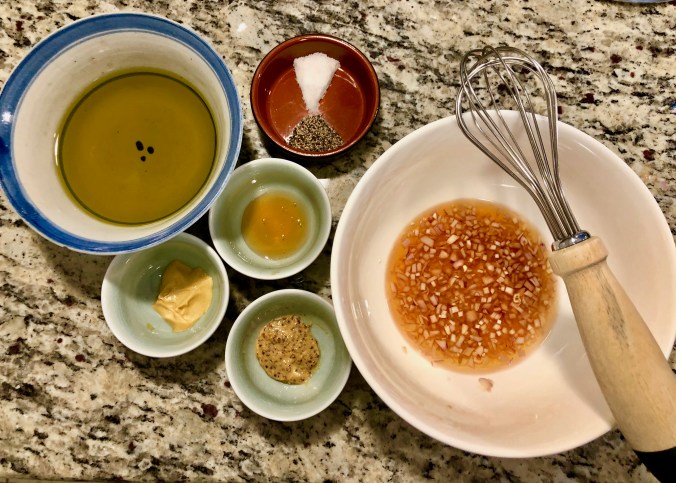
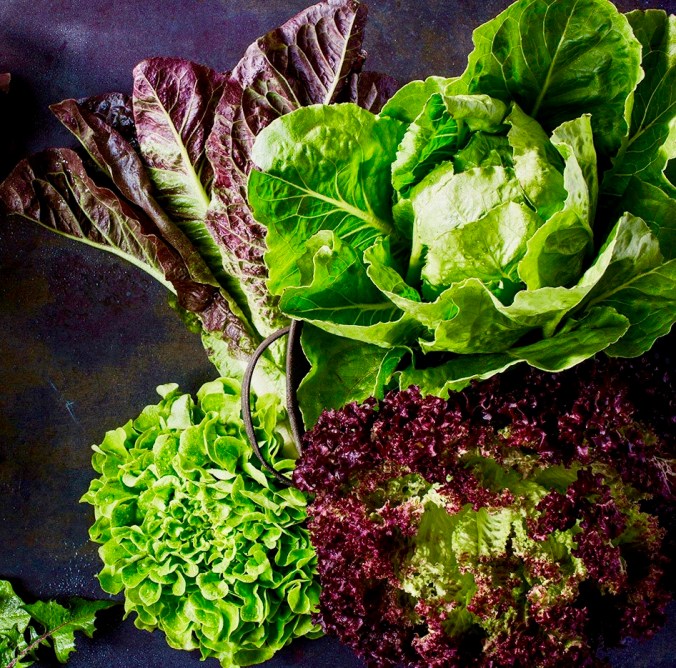










![the basics–flour, water, yeast, sugar [not pictured], and salt](https://atasteofmind.com/wp-content/uploads/2019/05/img_1101.jpg?w=676)






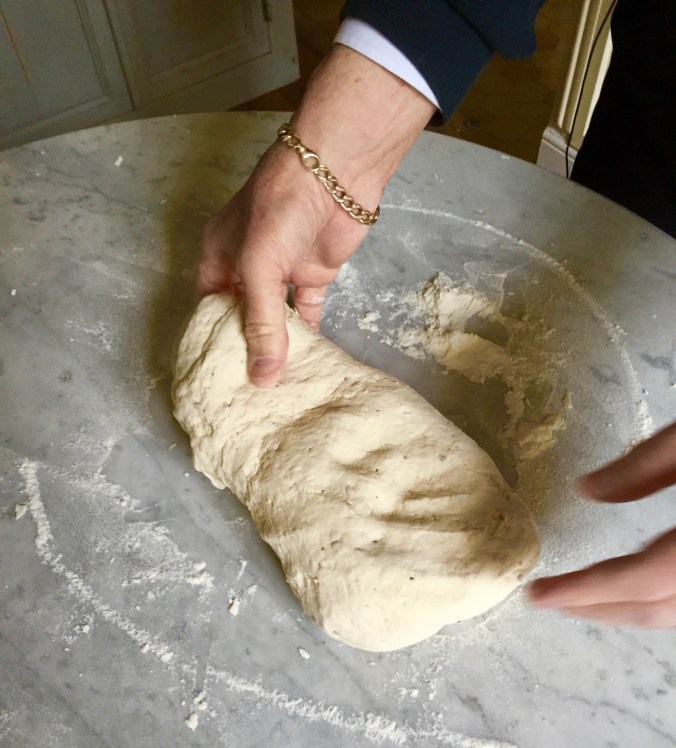
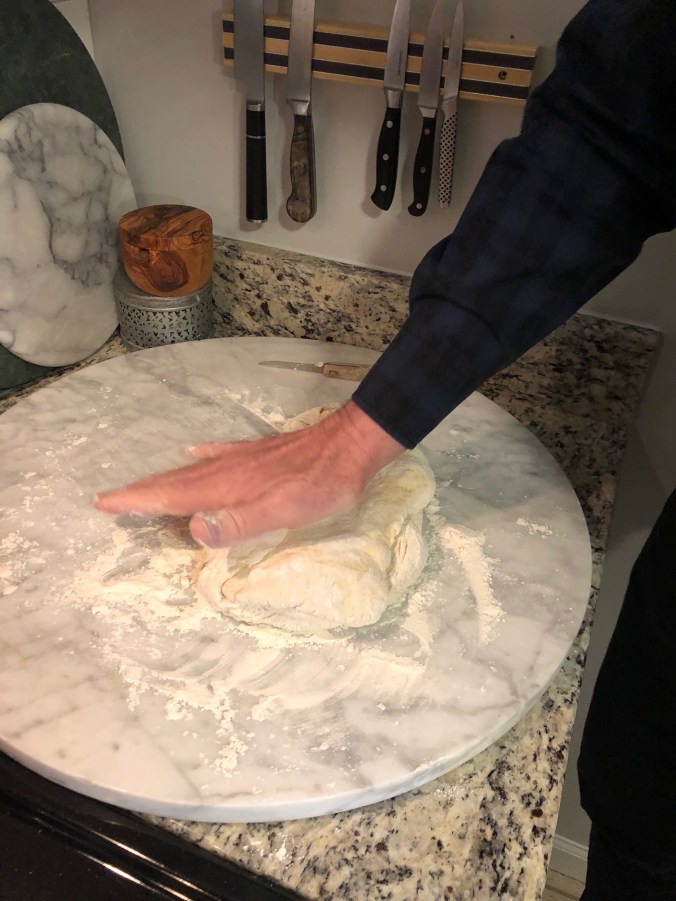











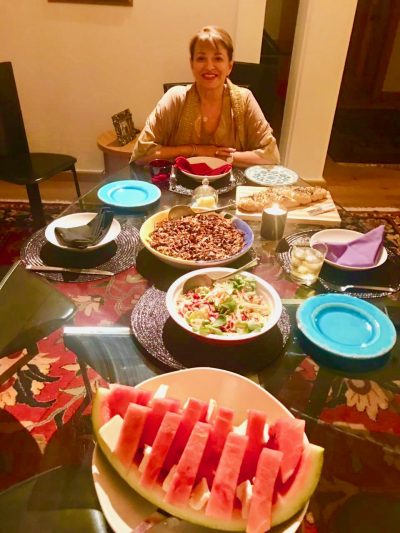





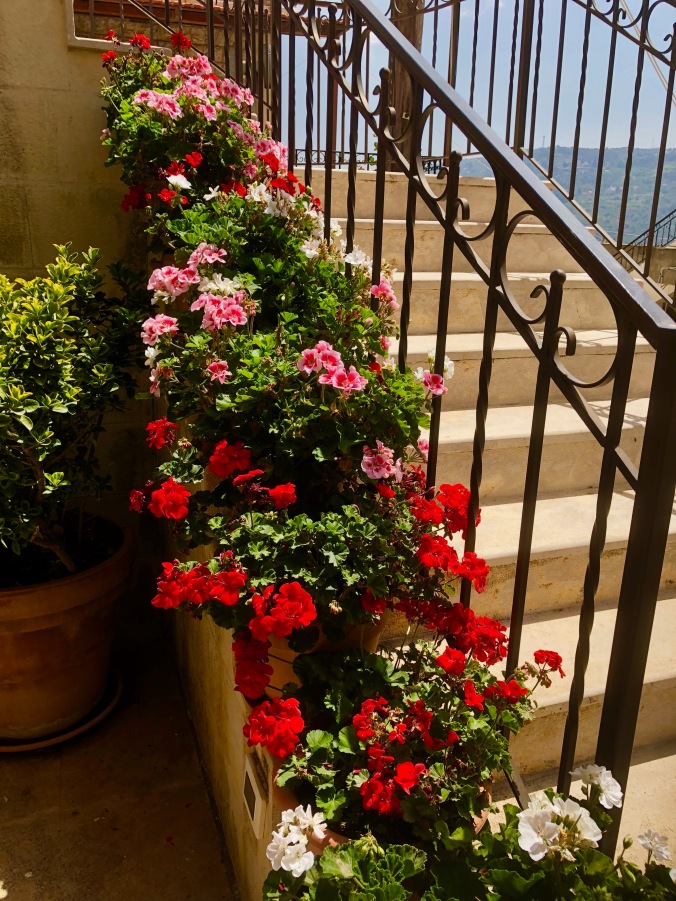


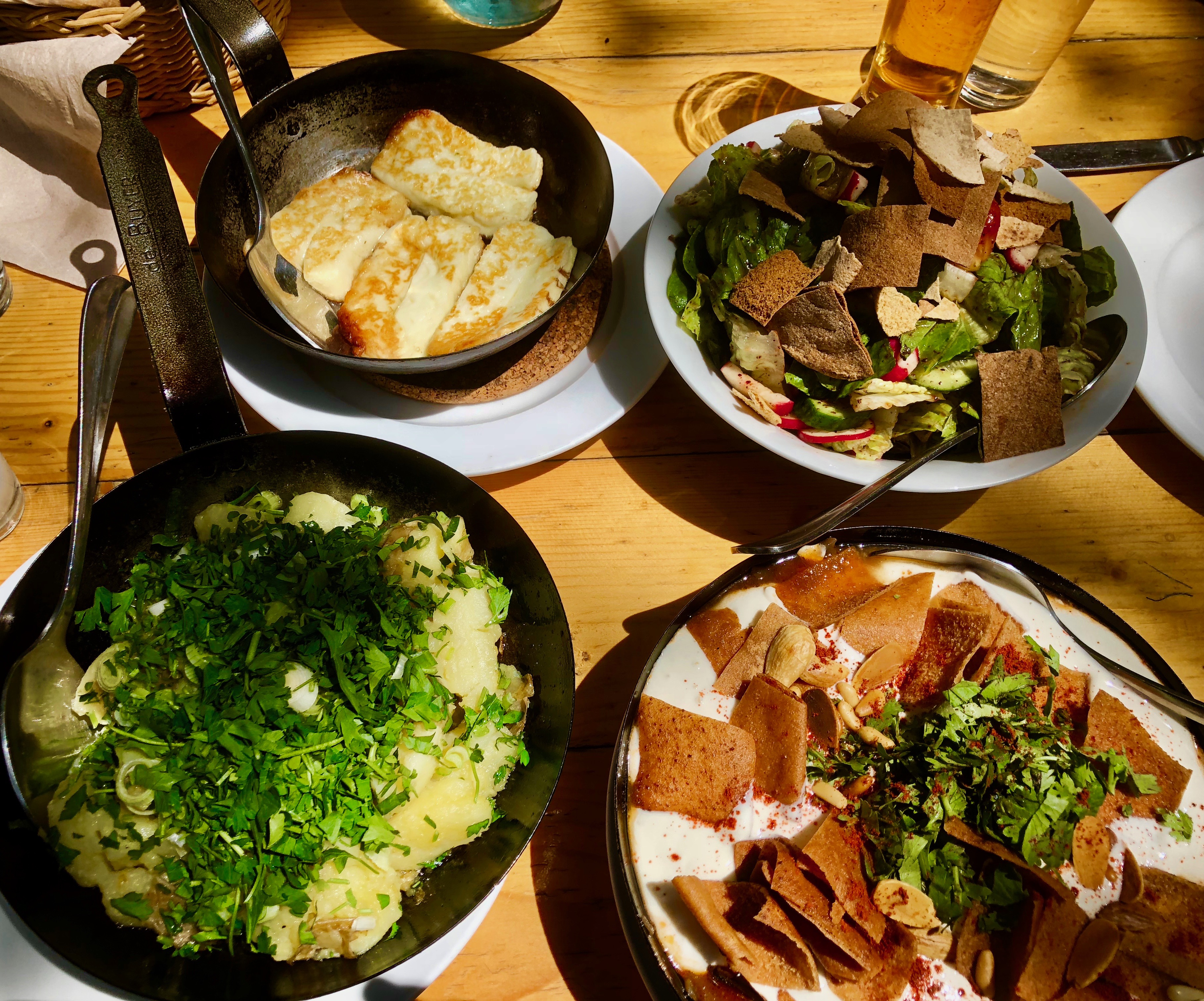








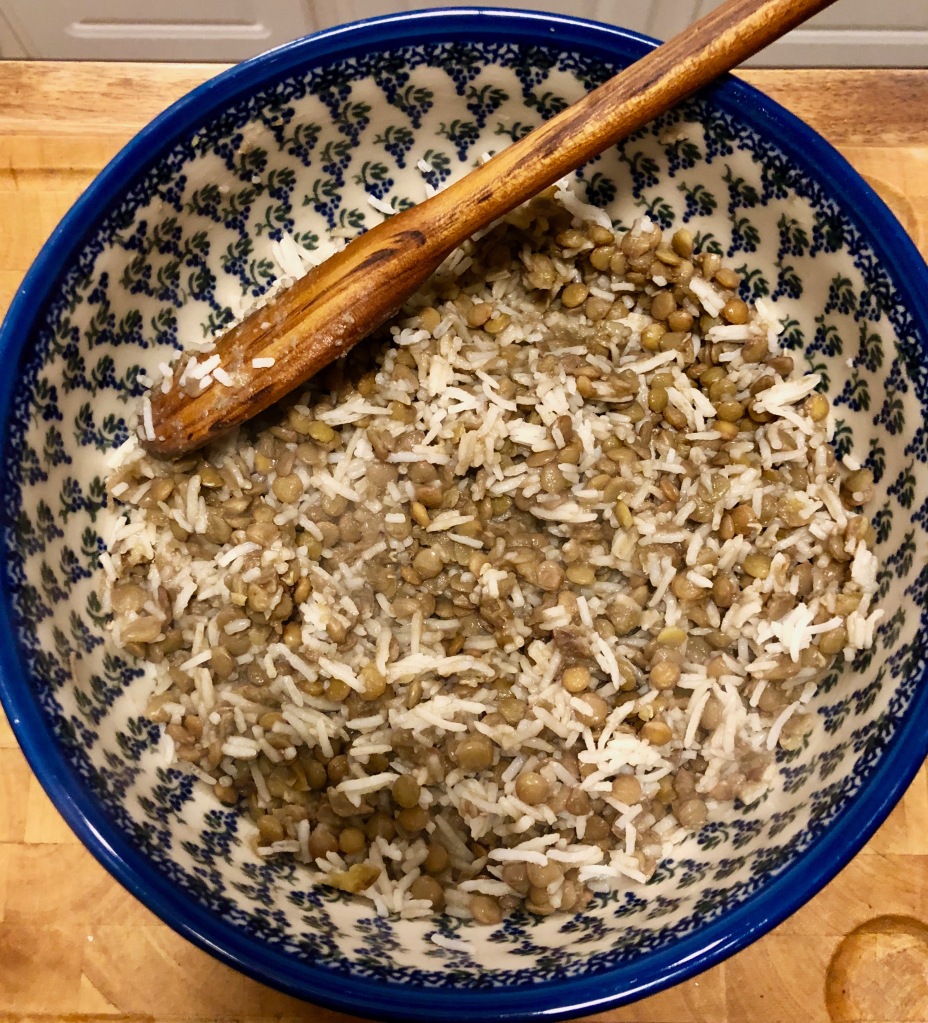

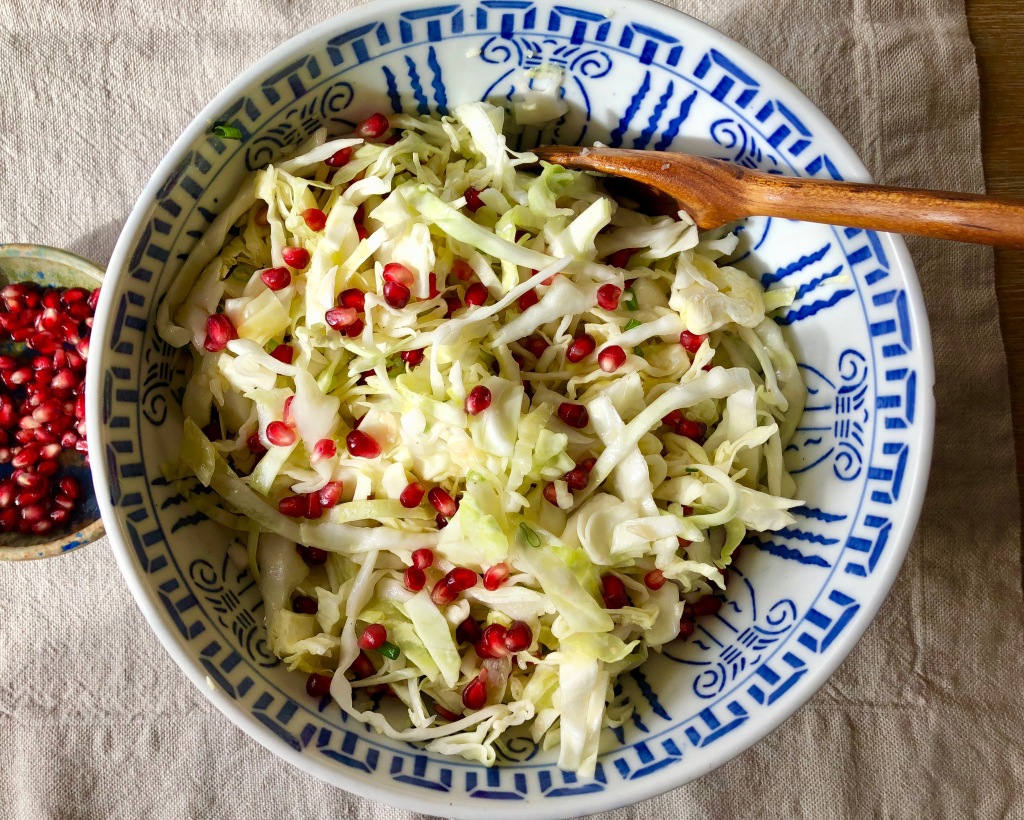




















































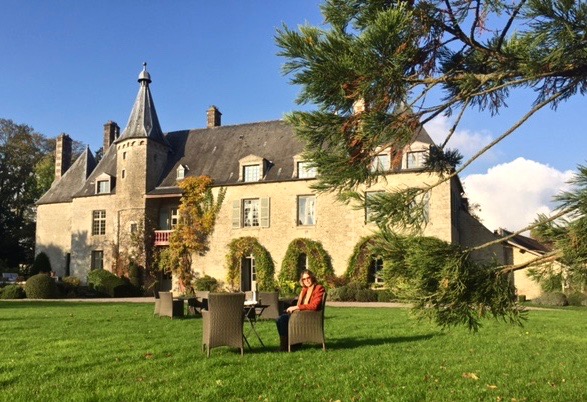

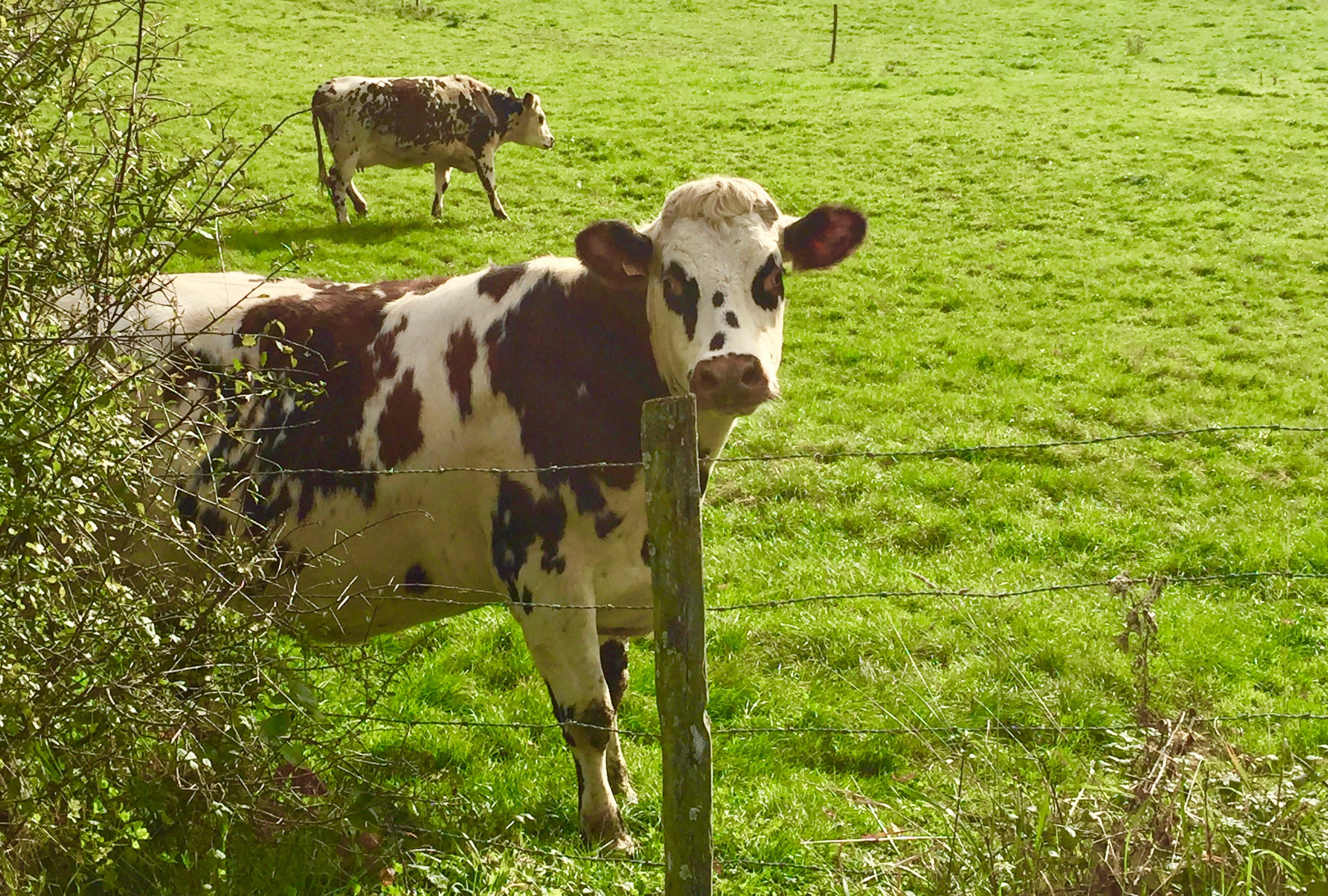


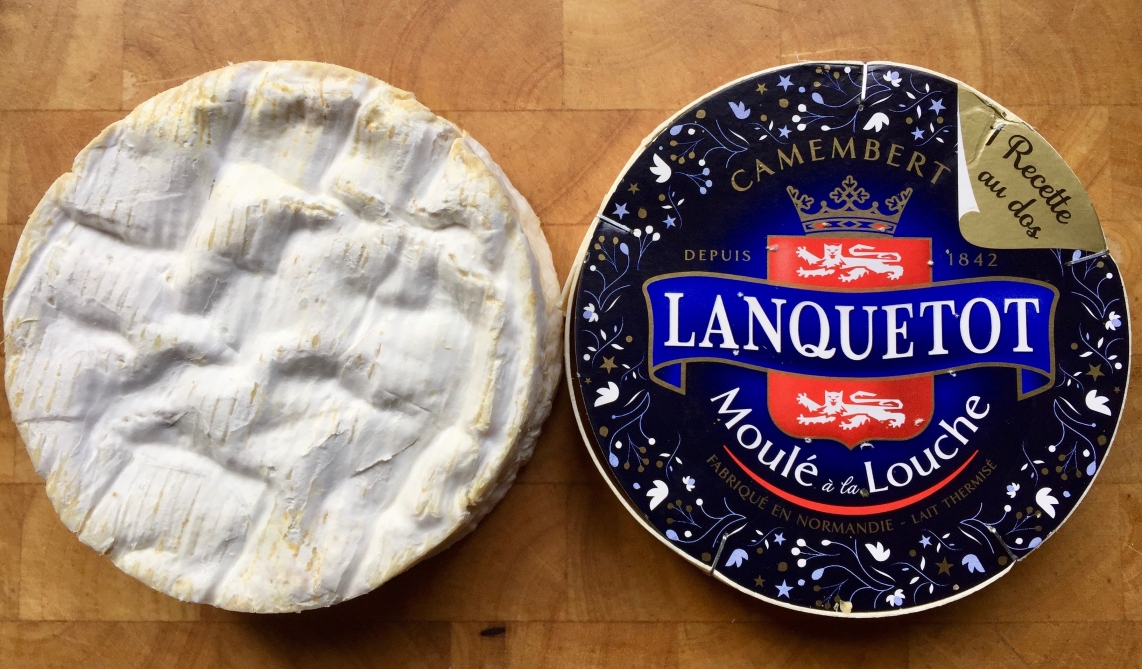



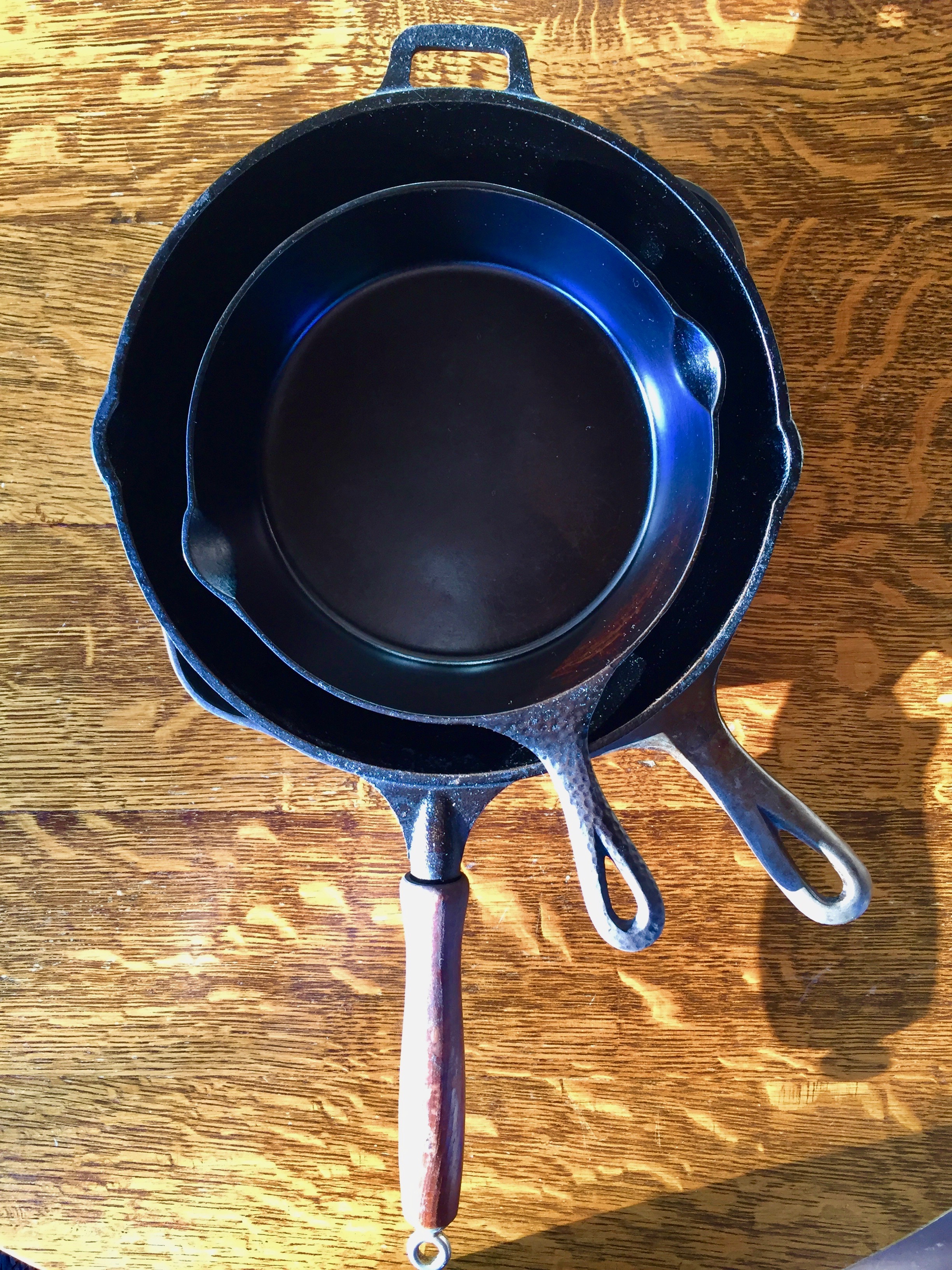








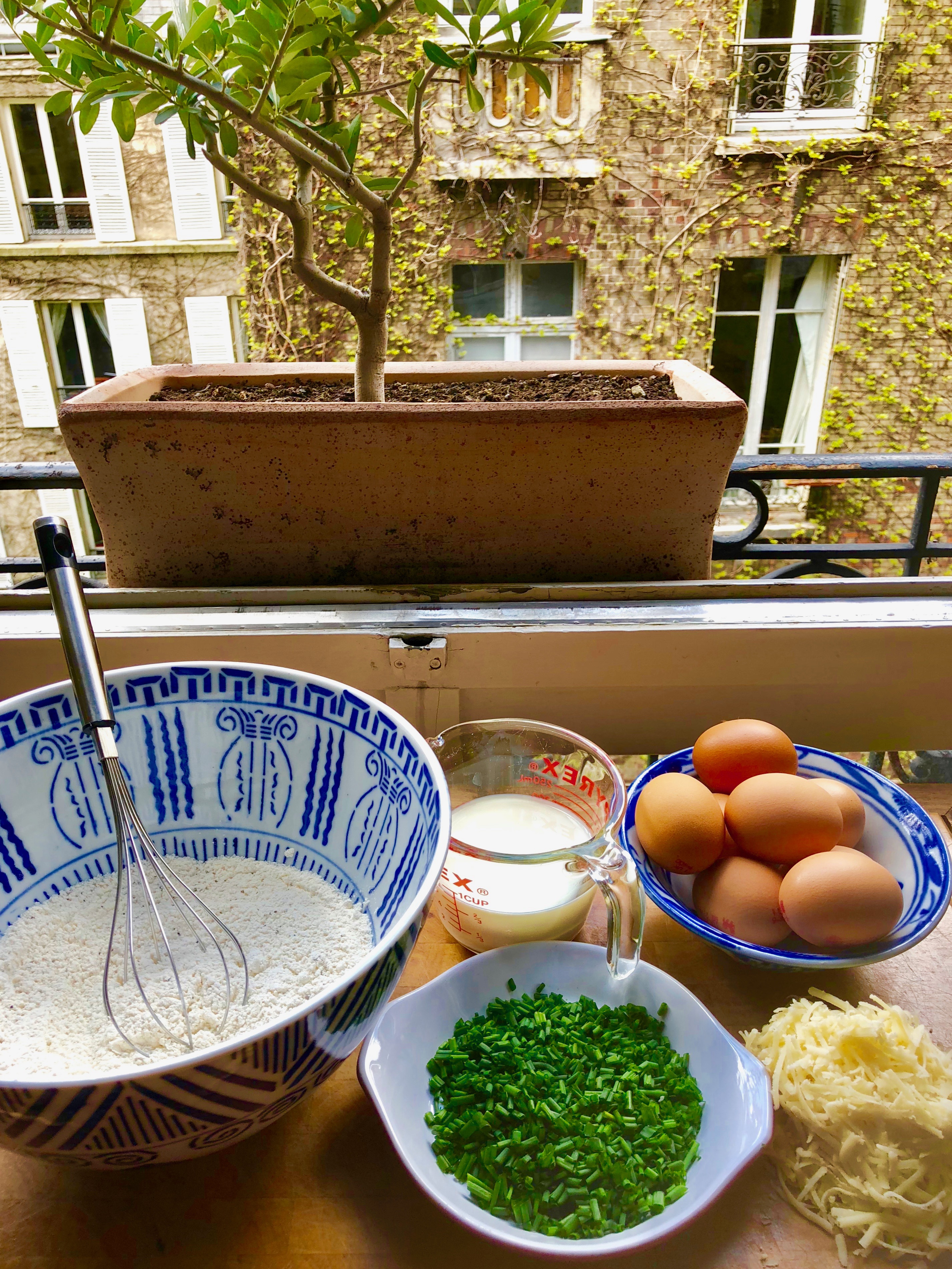




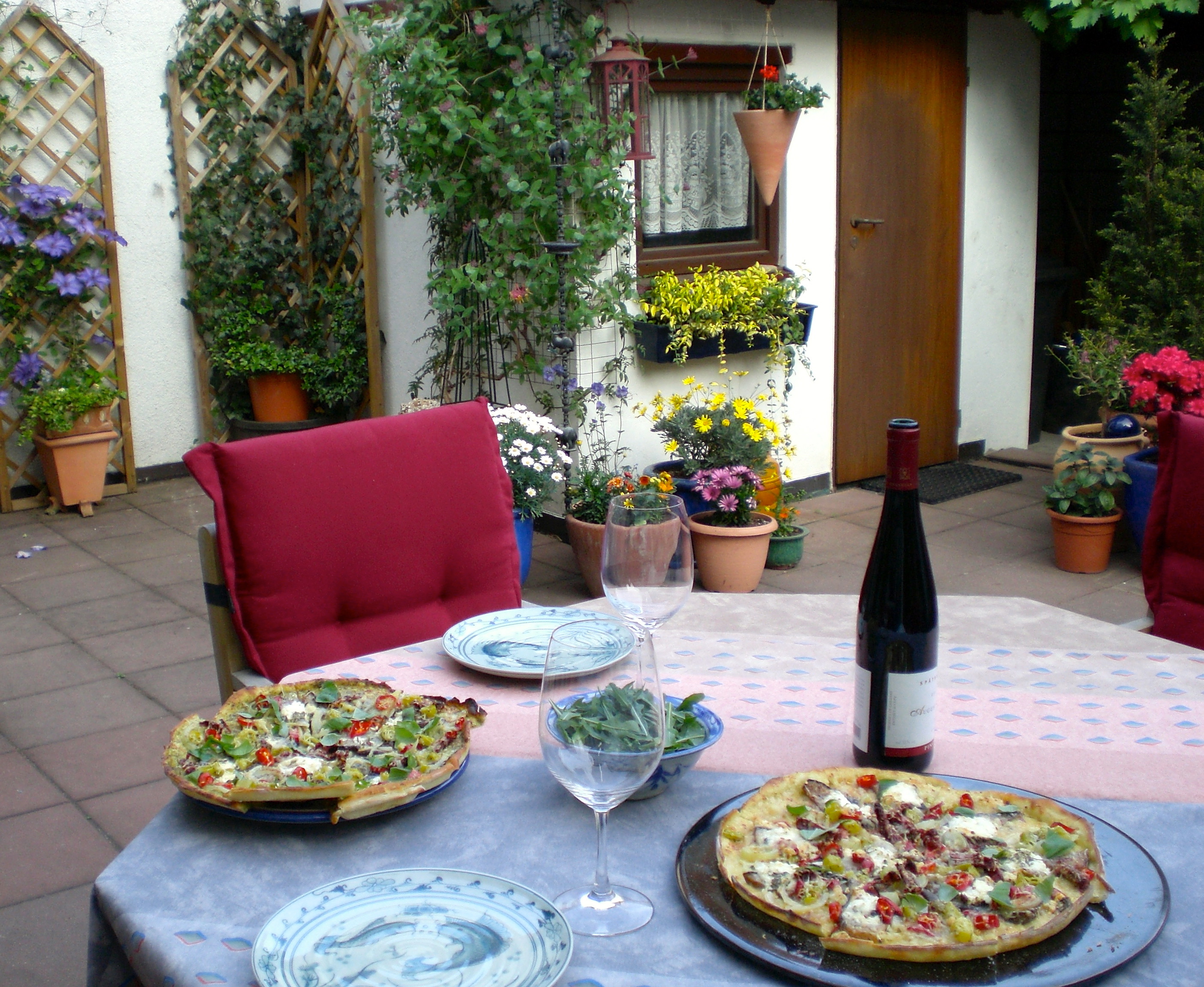





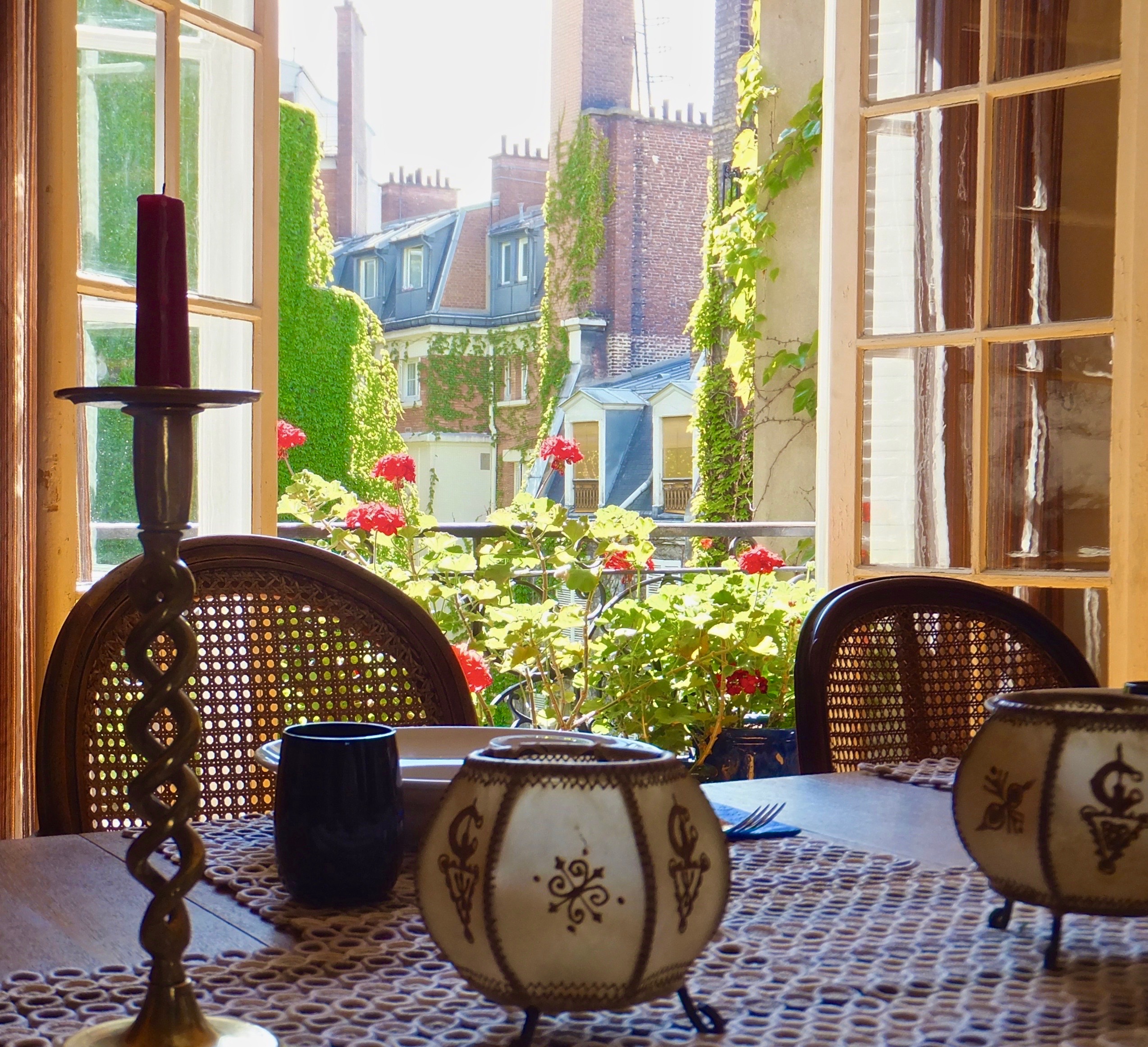
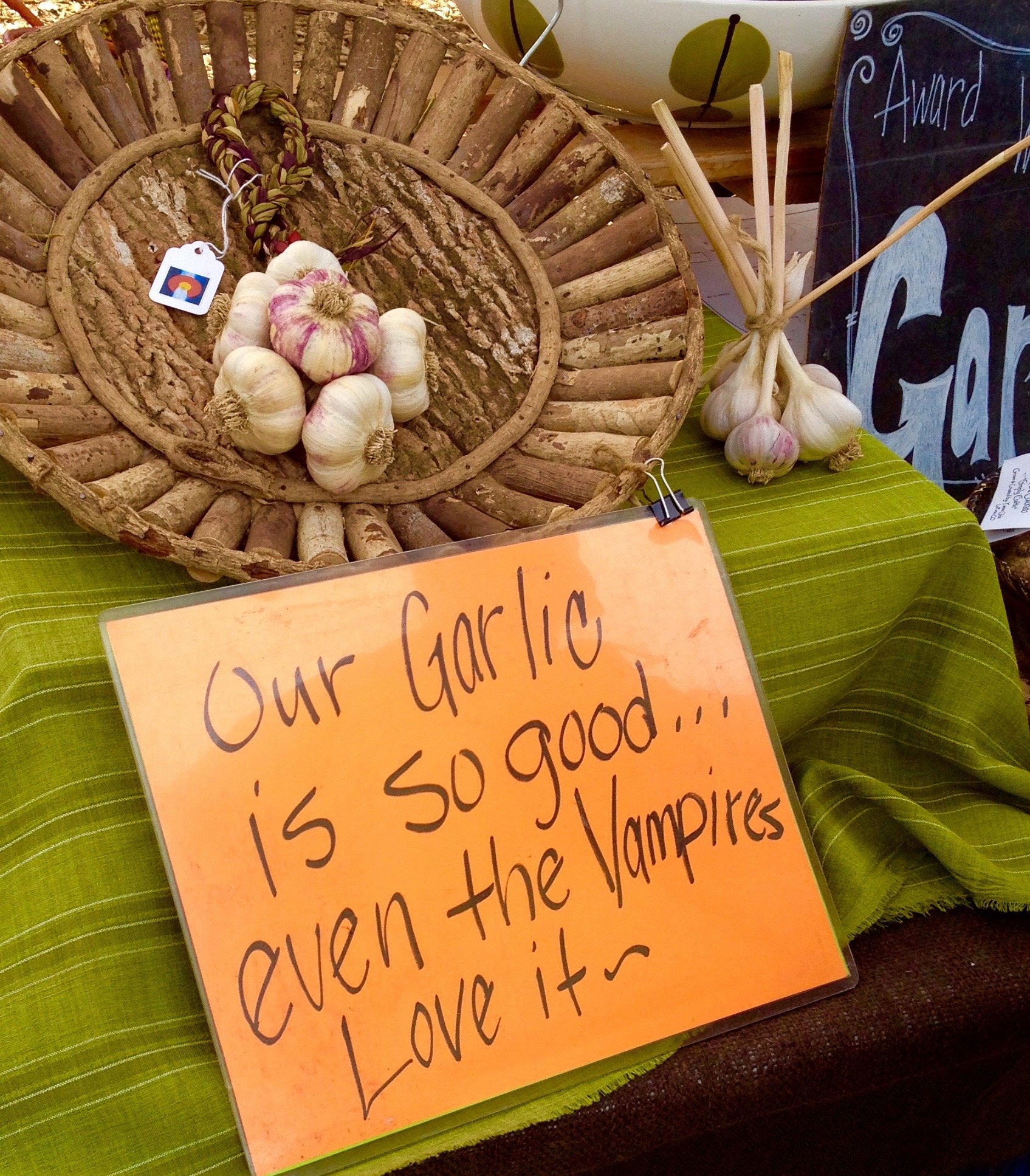

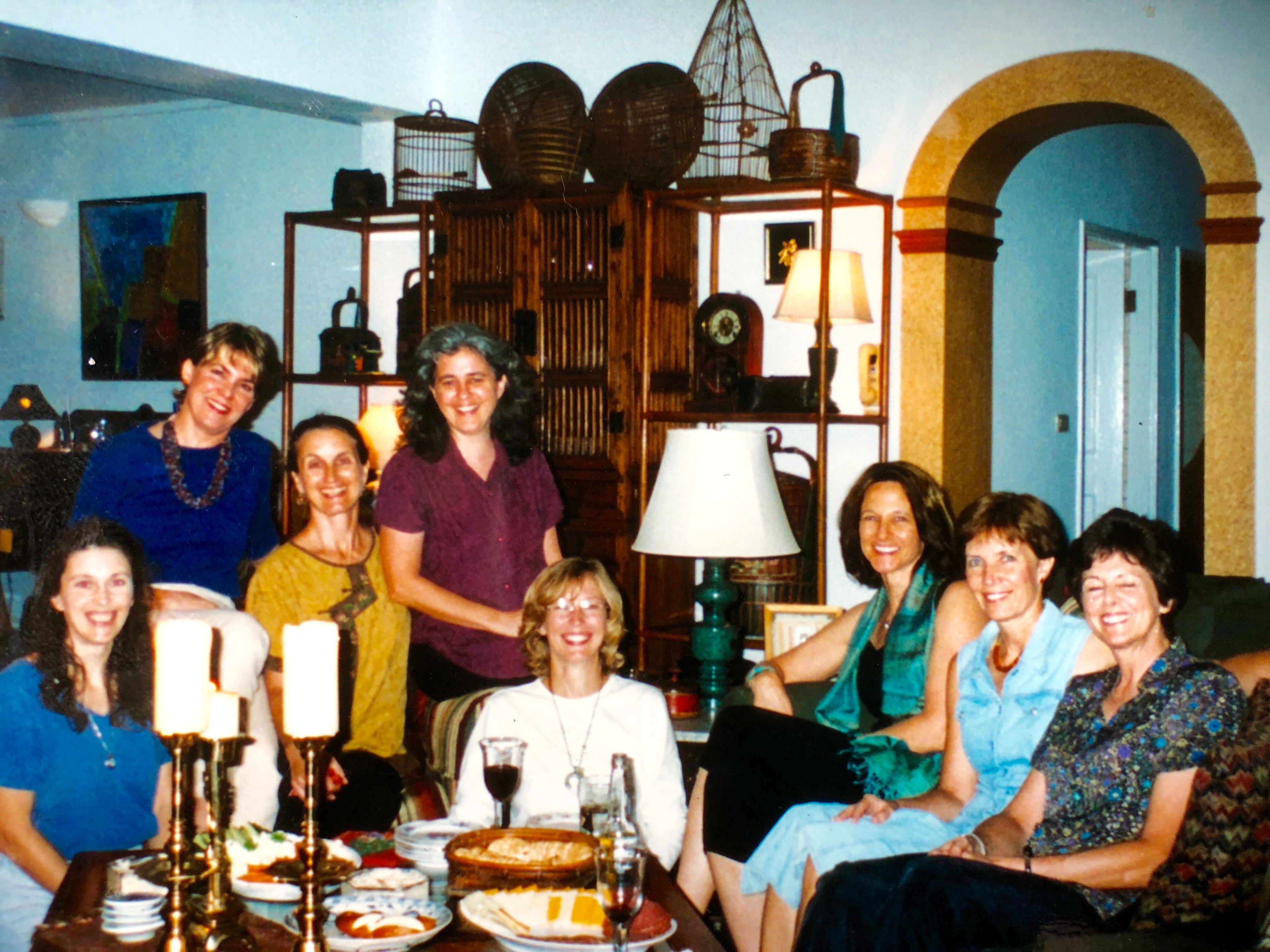
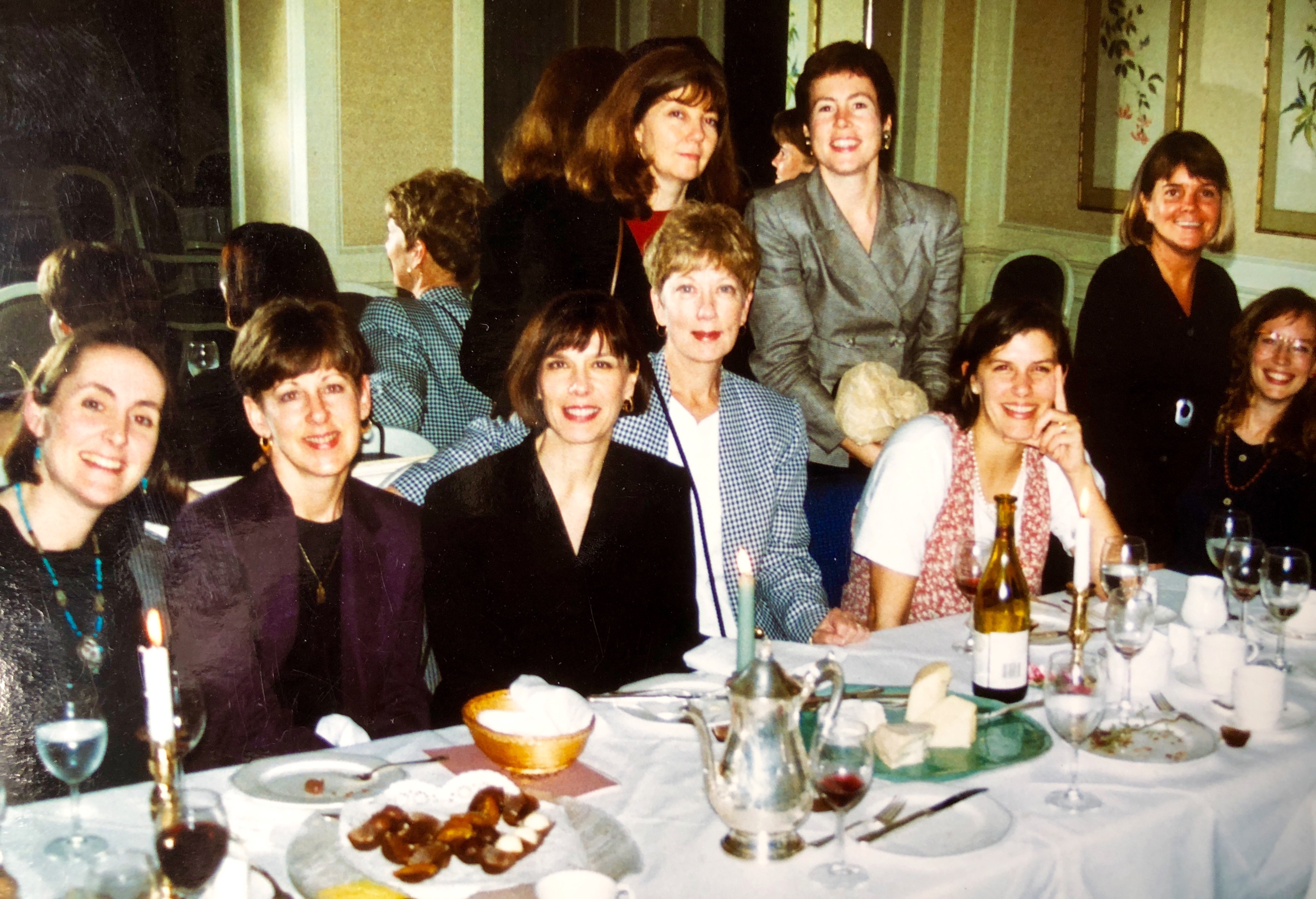
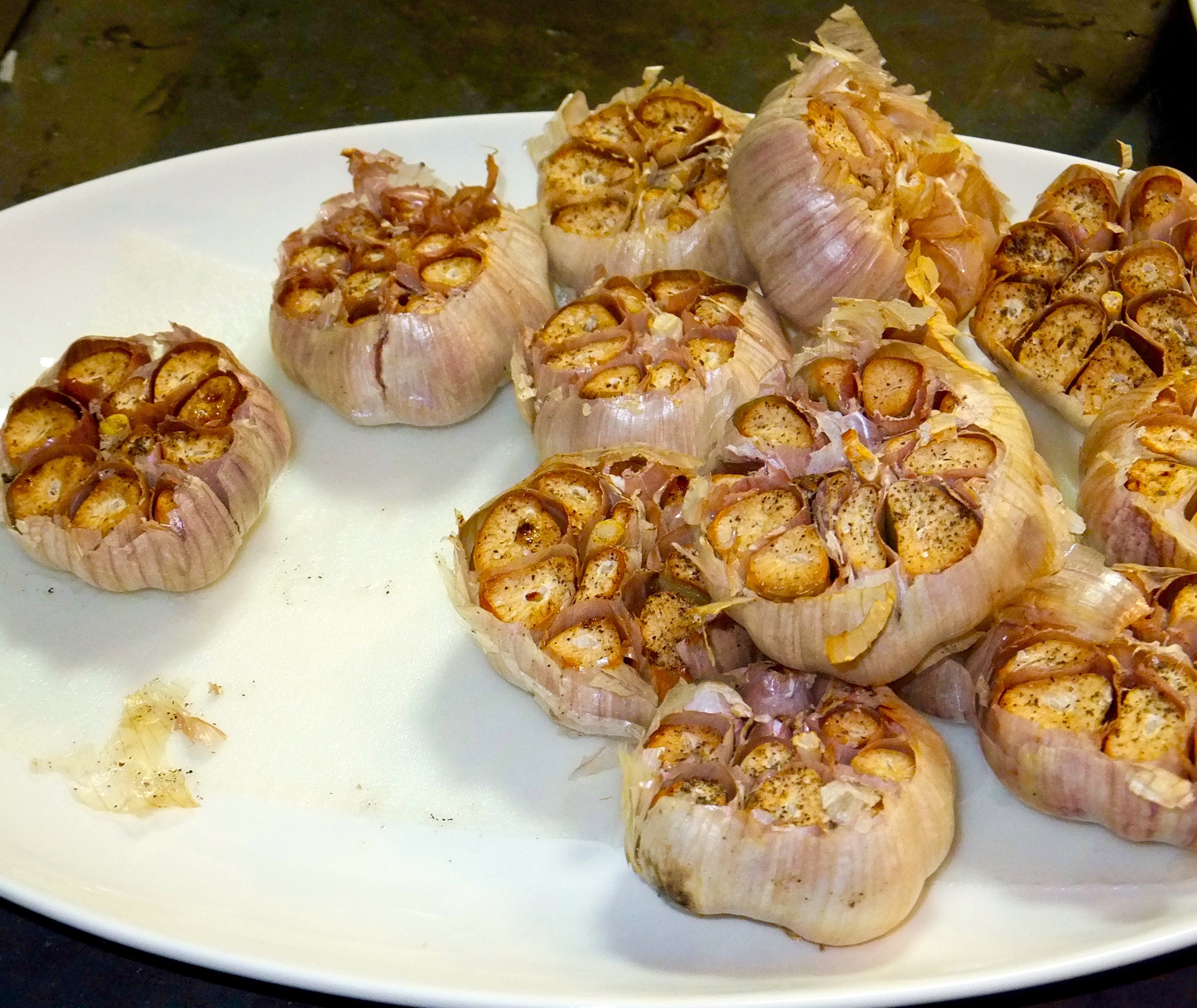




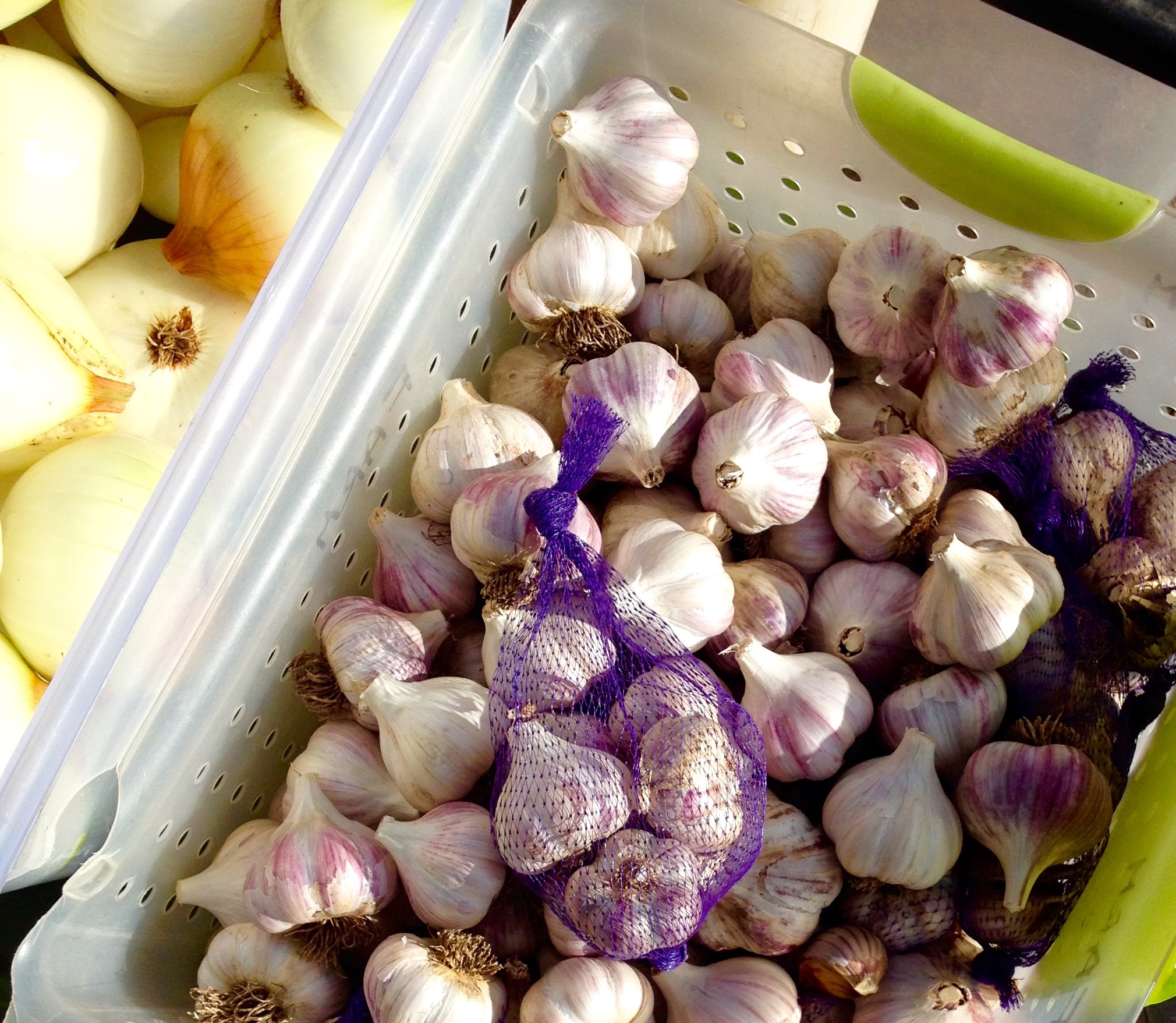




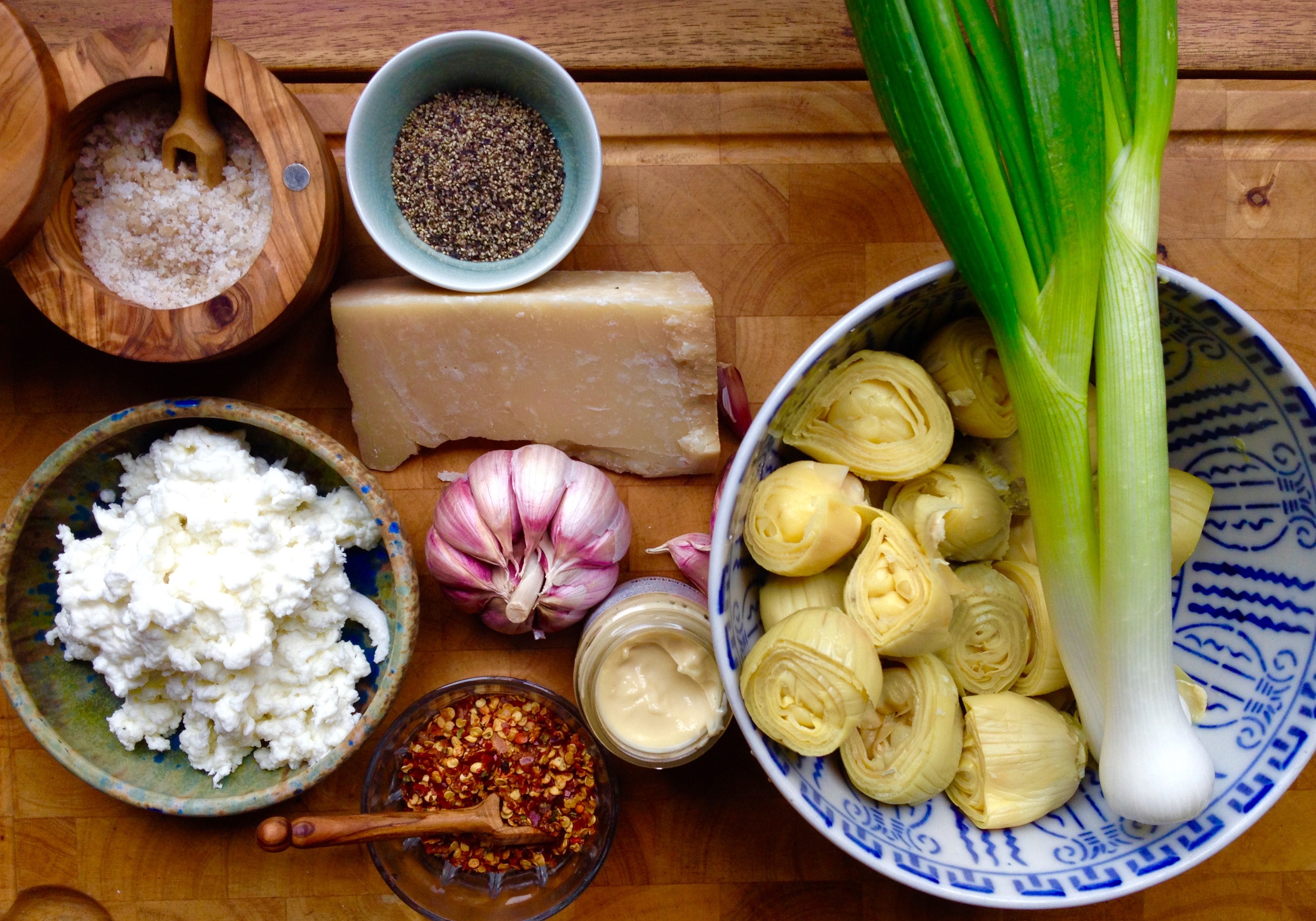


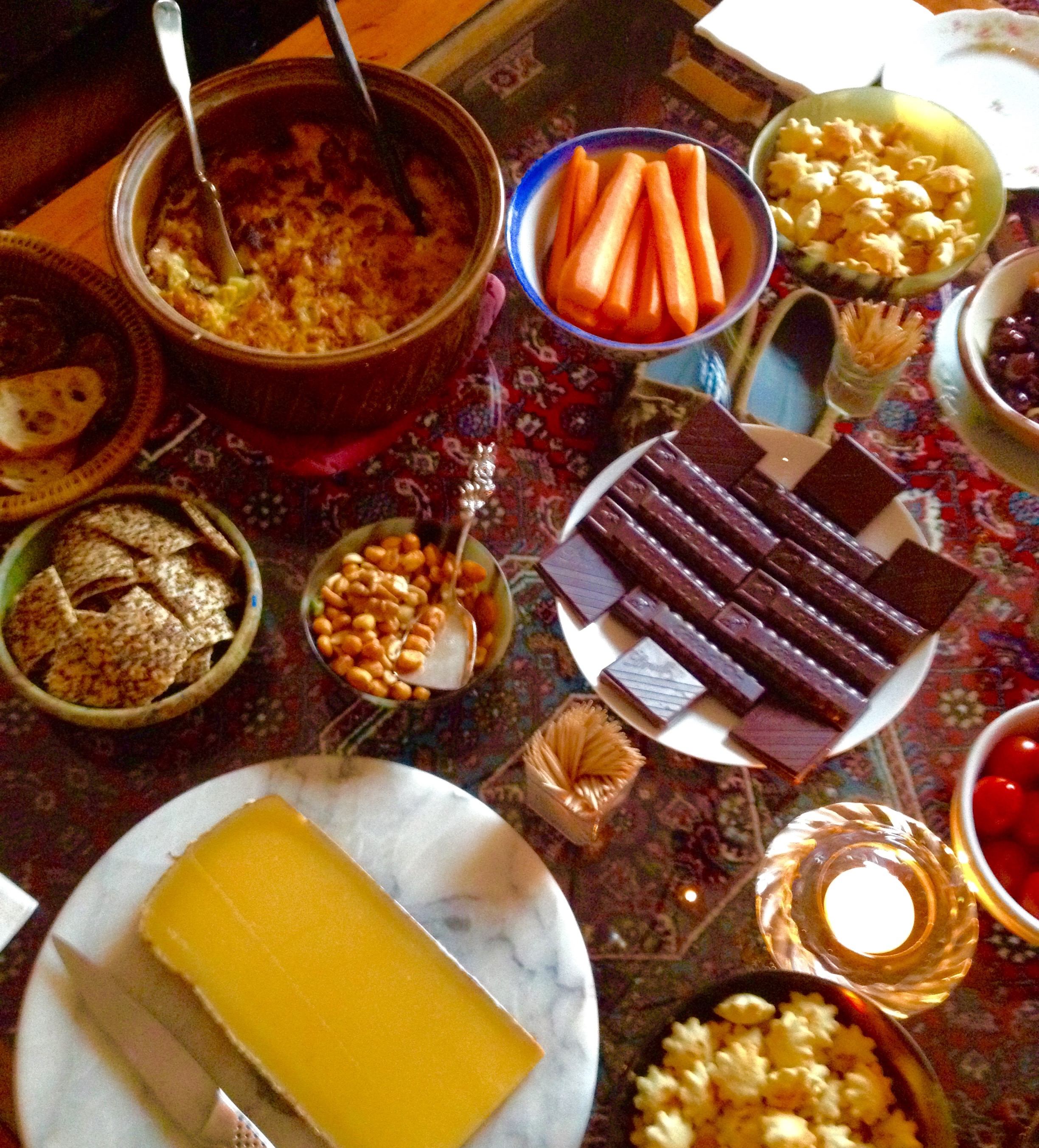


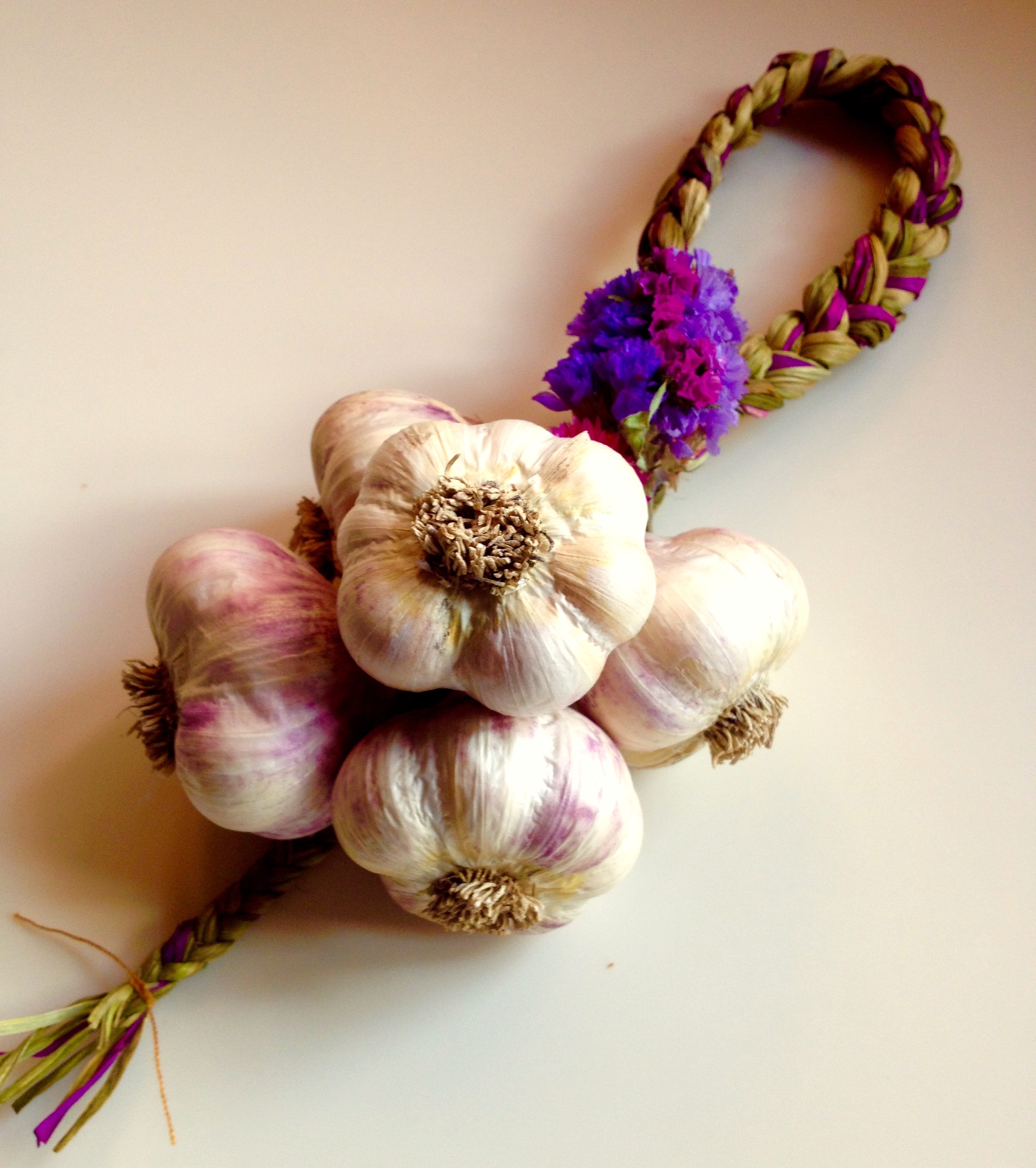






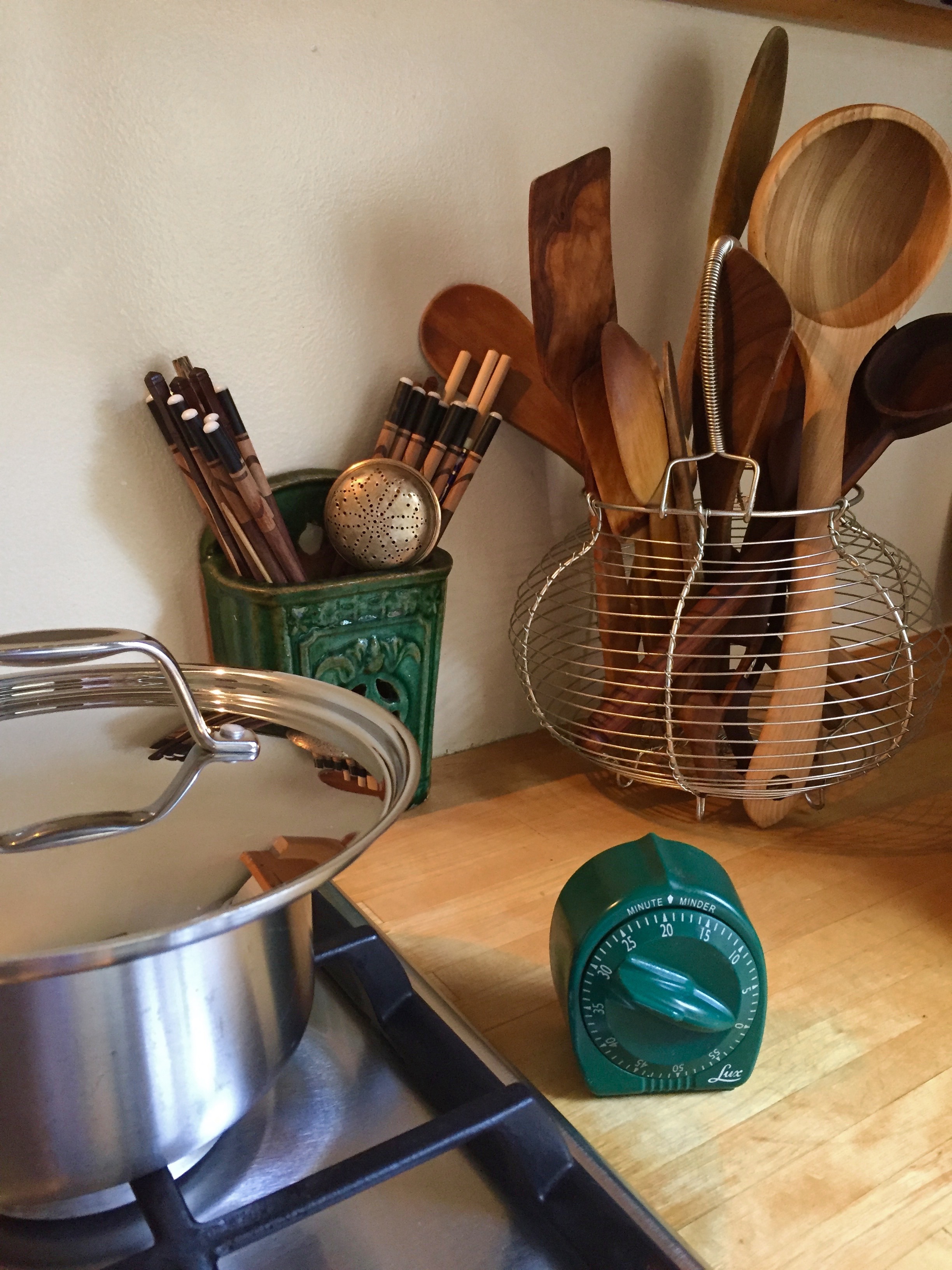






















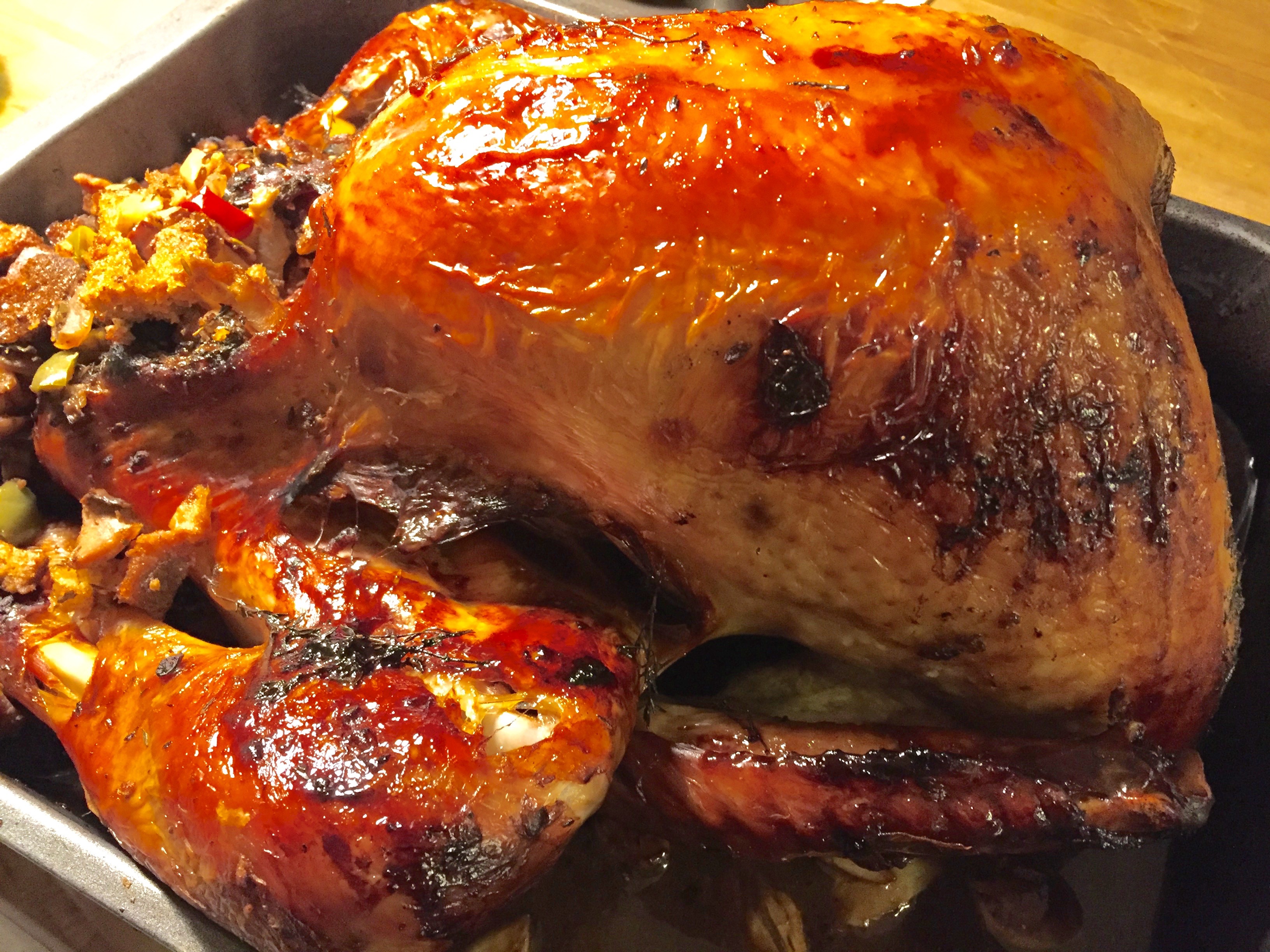





![IMG_6782 something green [and red] to offset neutrals](https://i0.wp.com/atasteofmind.com/wp-content/uploads/2017/11/img_6782.jpg?w=328&h=438&ssl=1)

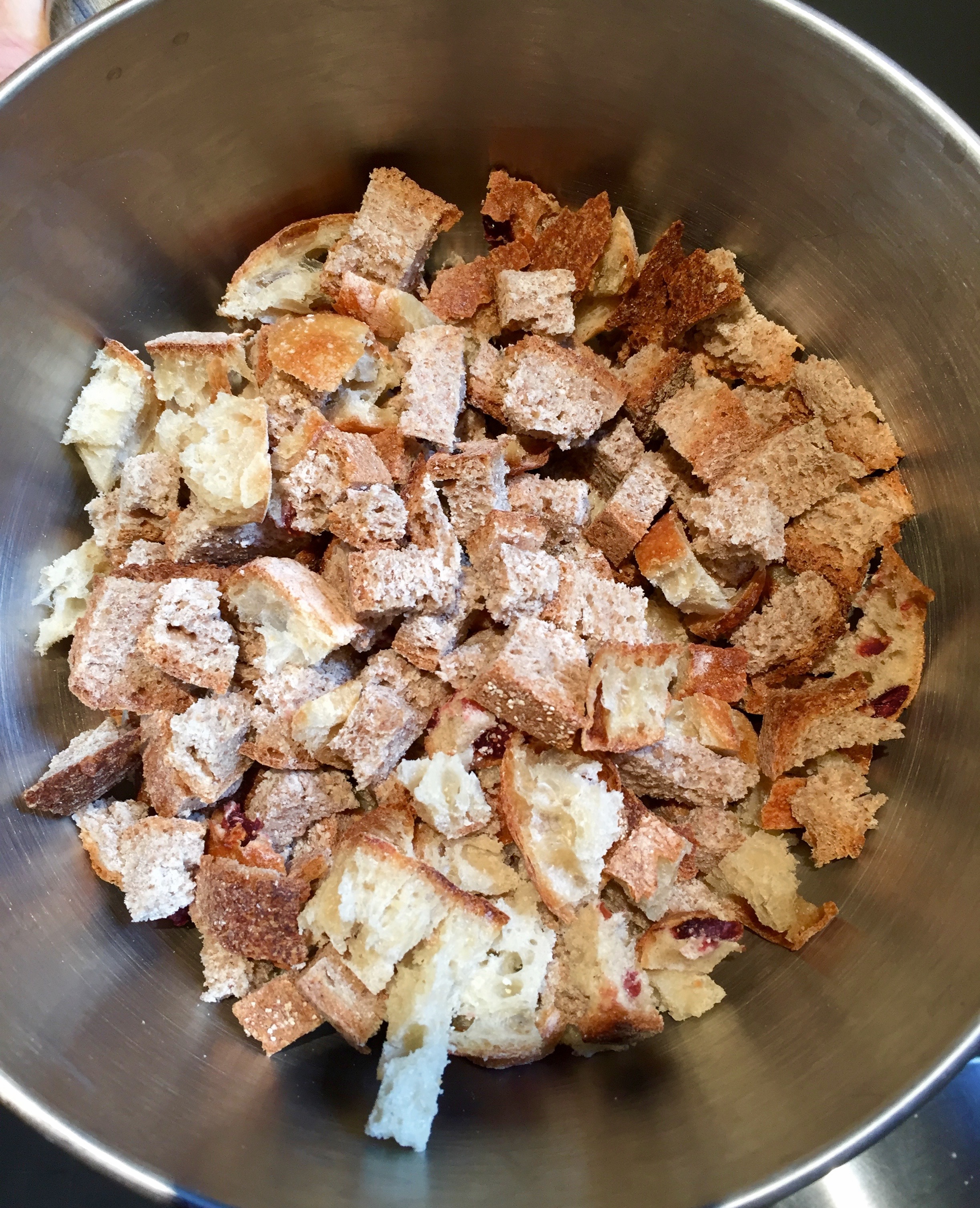
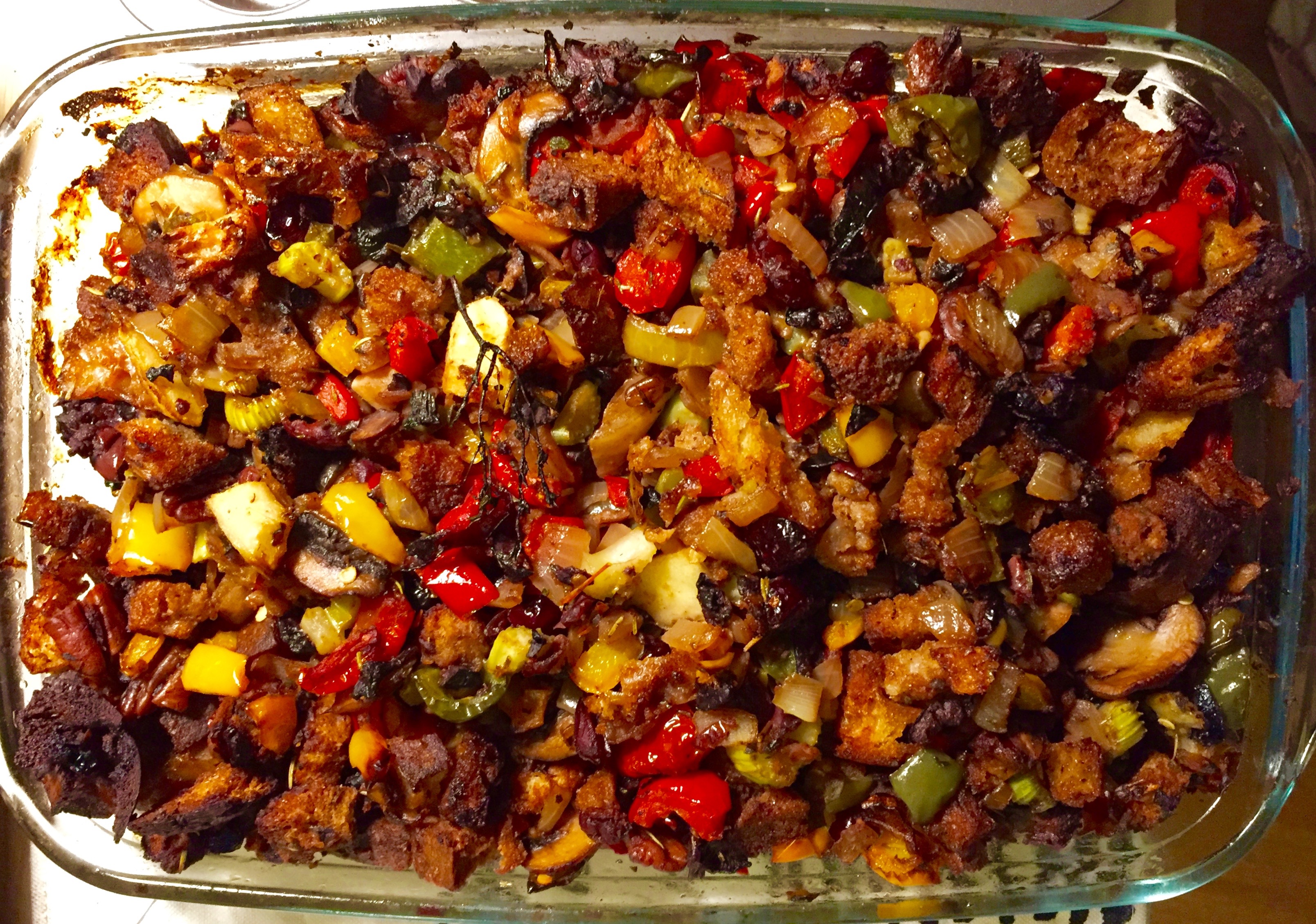



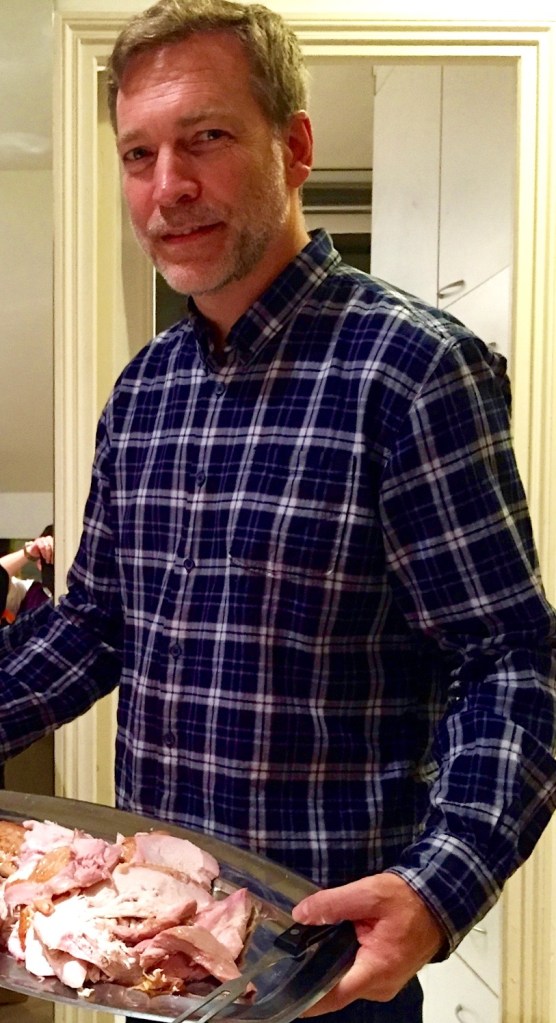




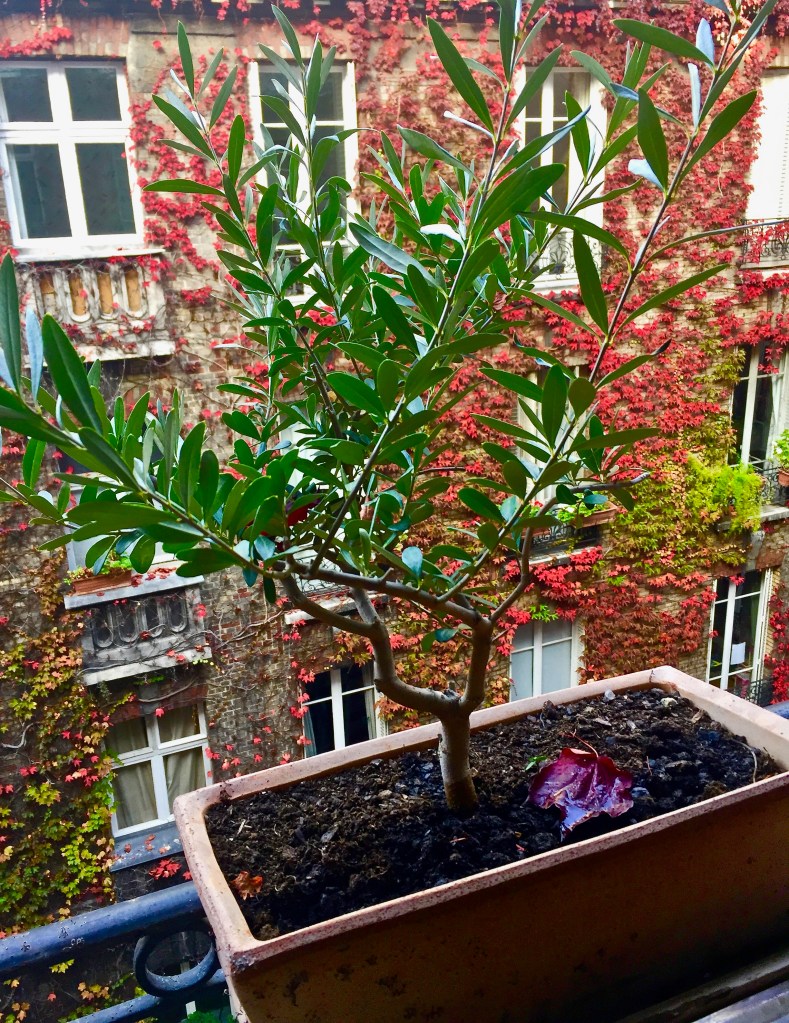





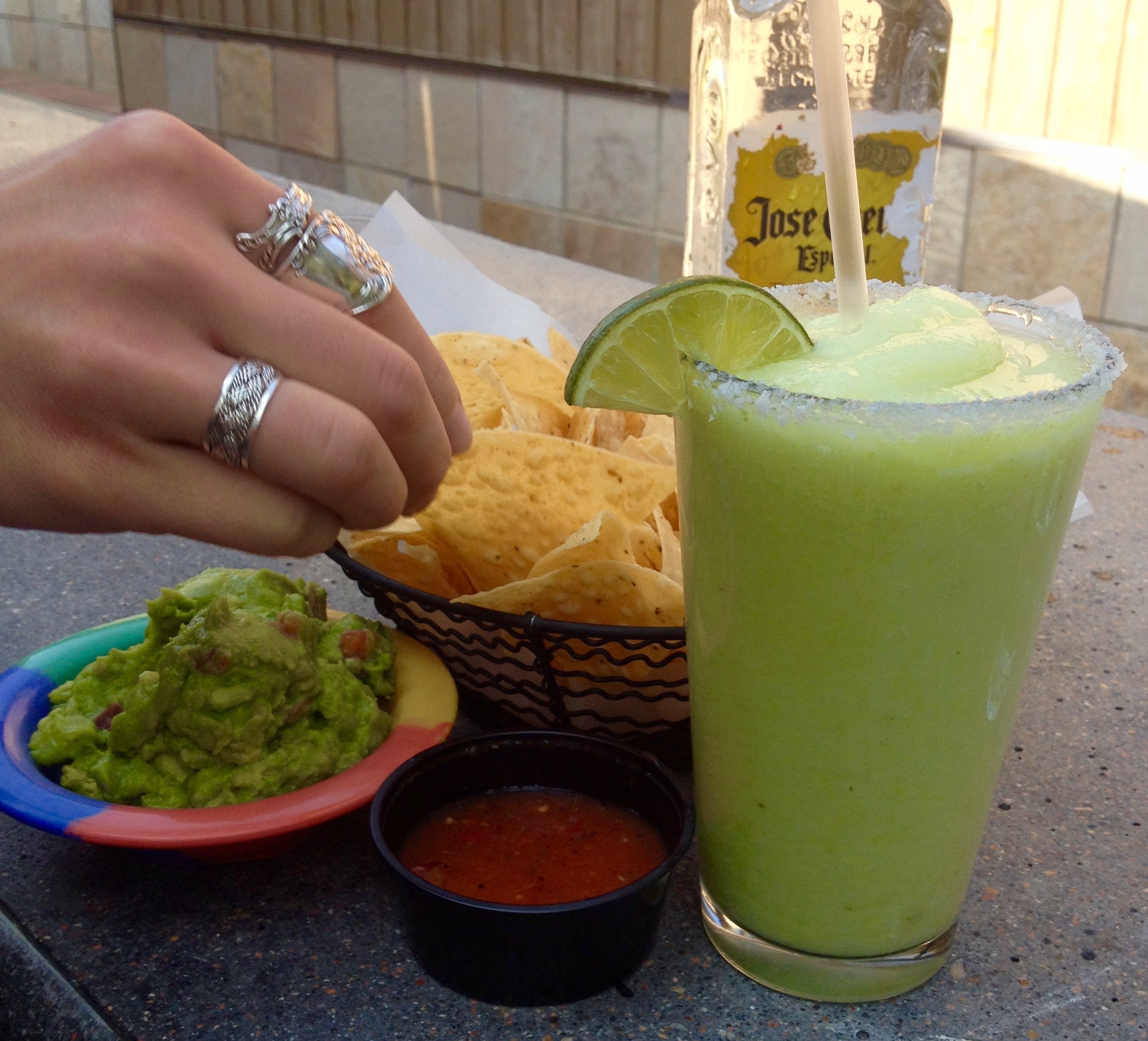

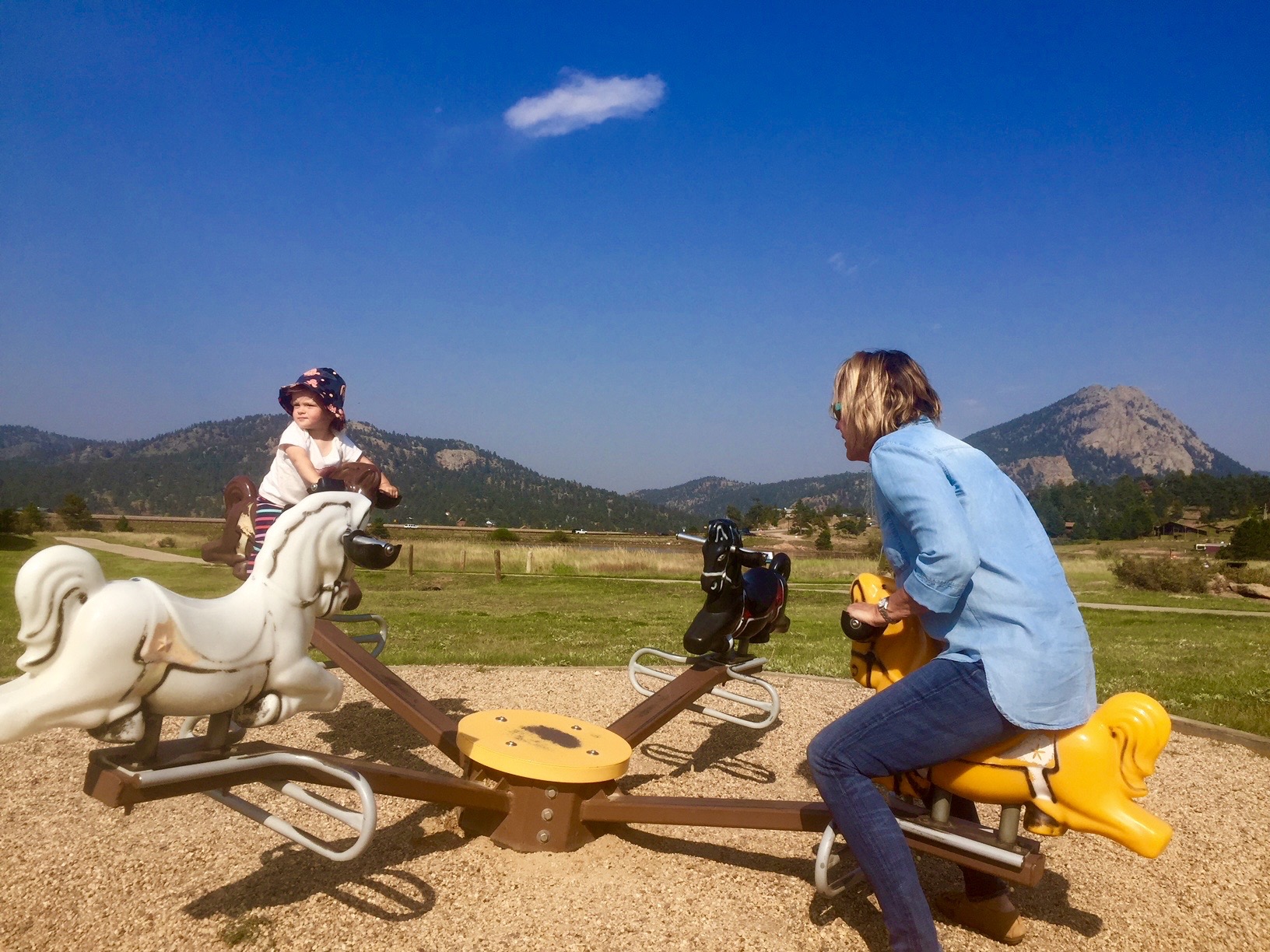

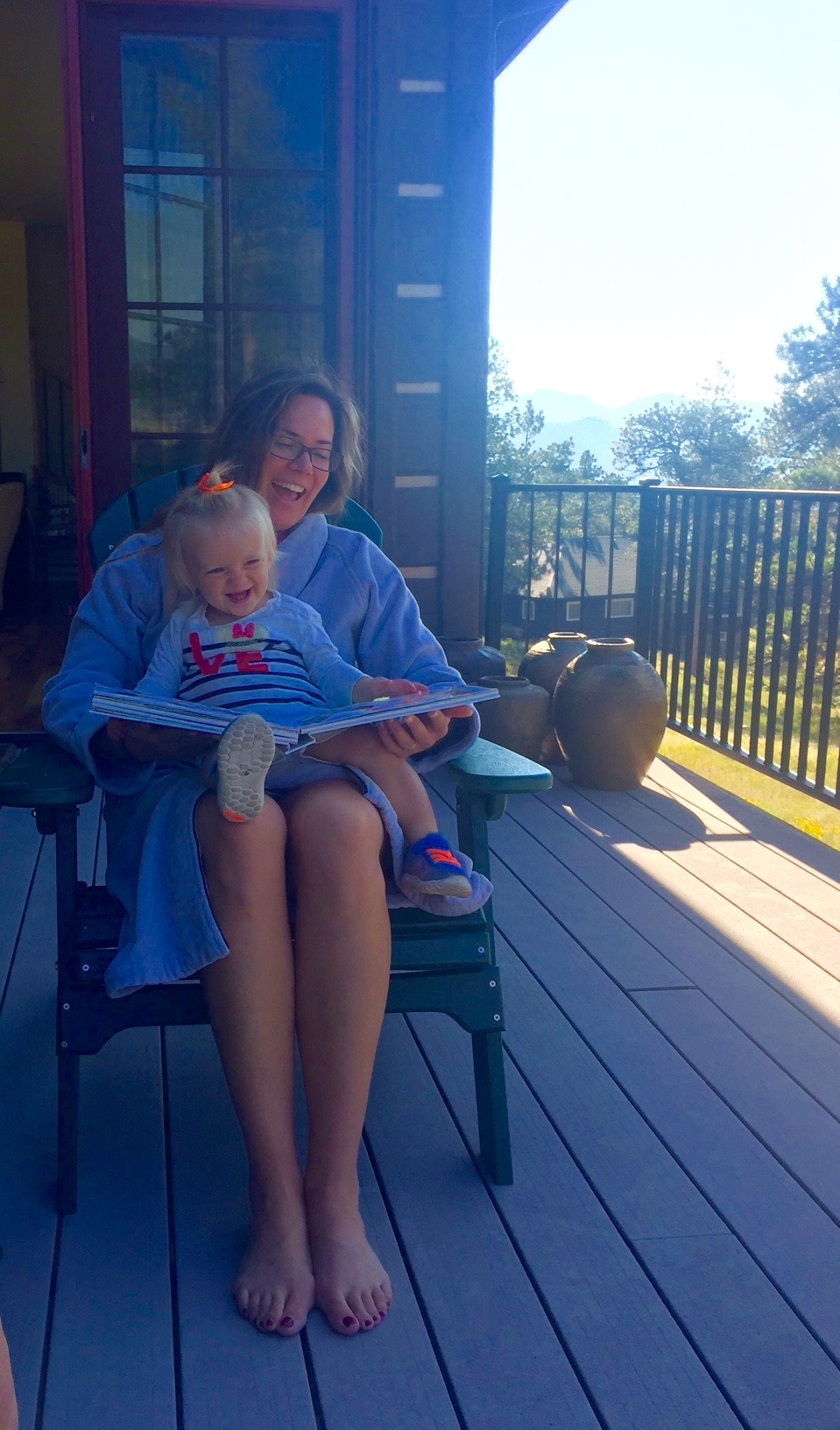


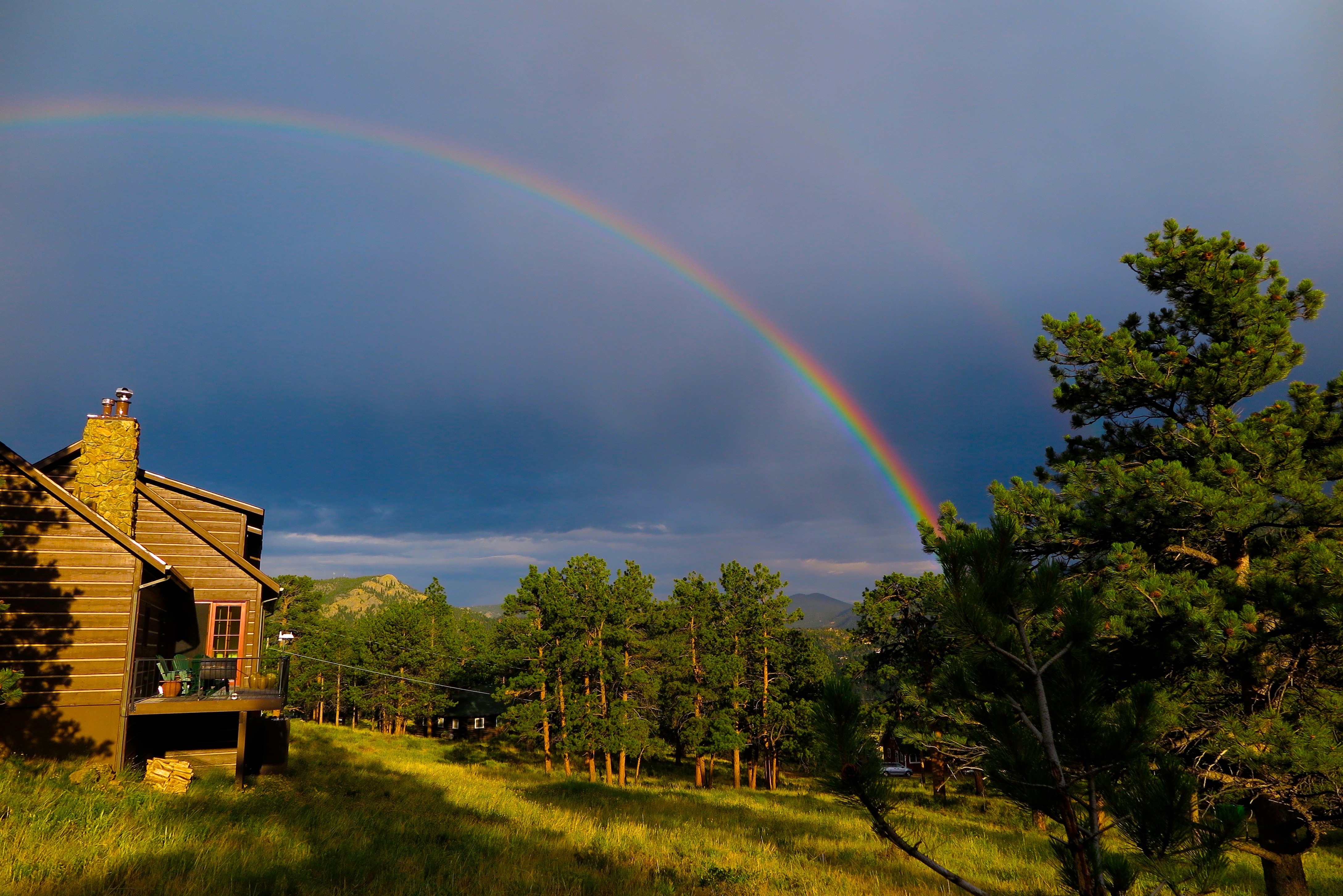
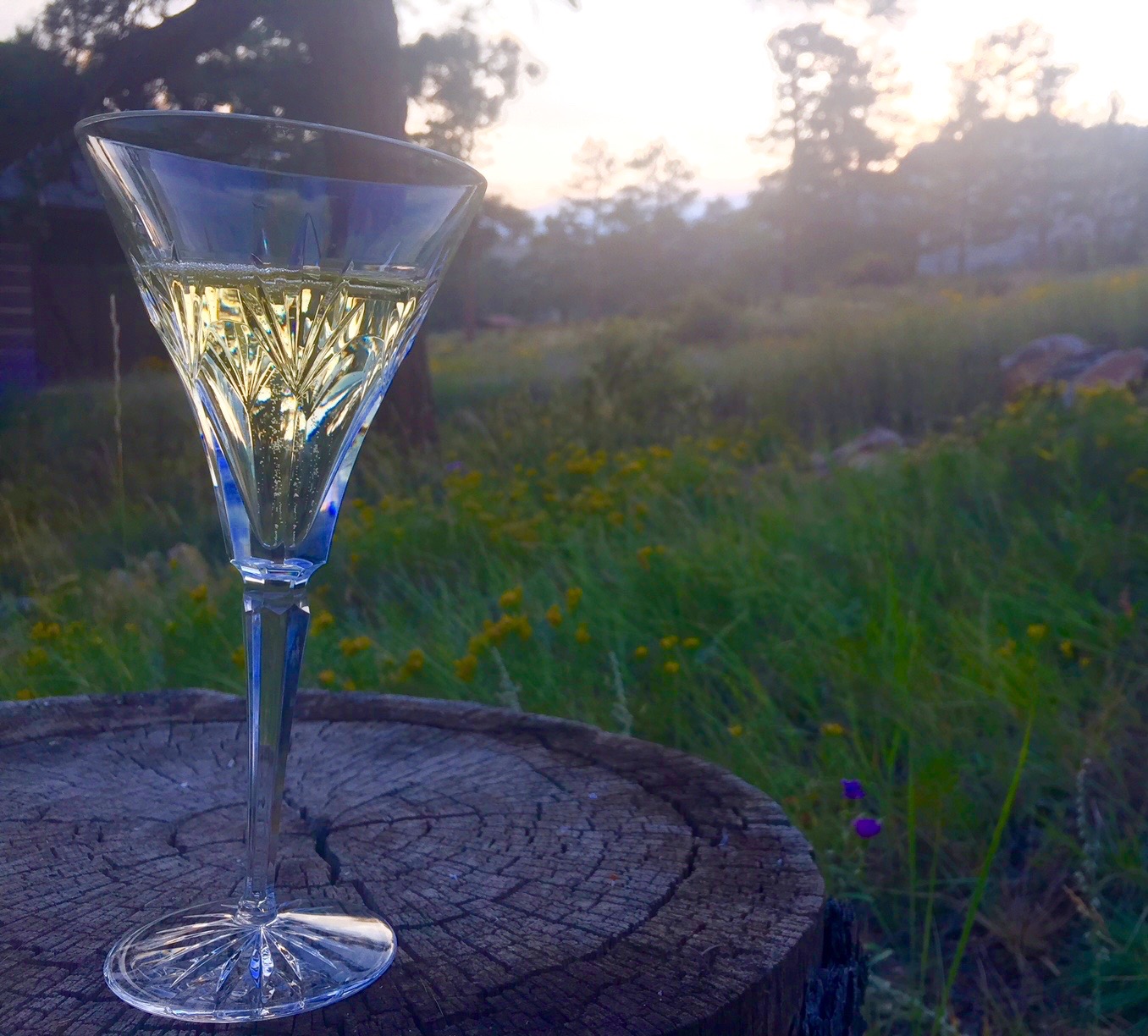
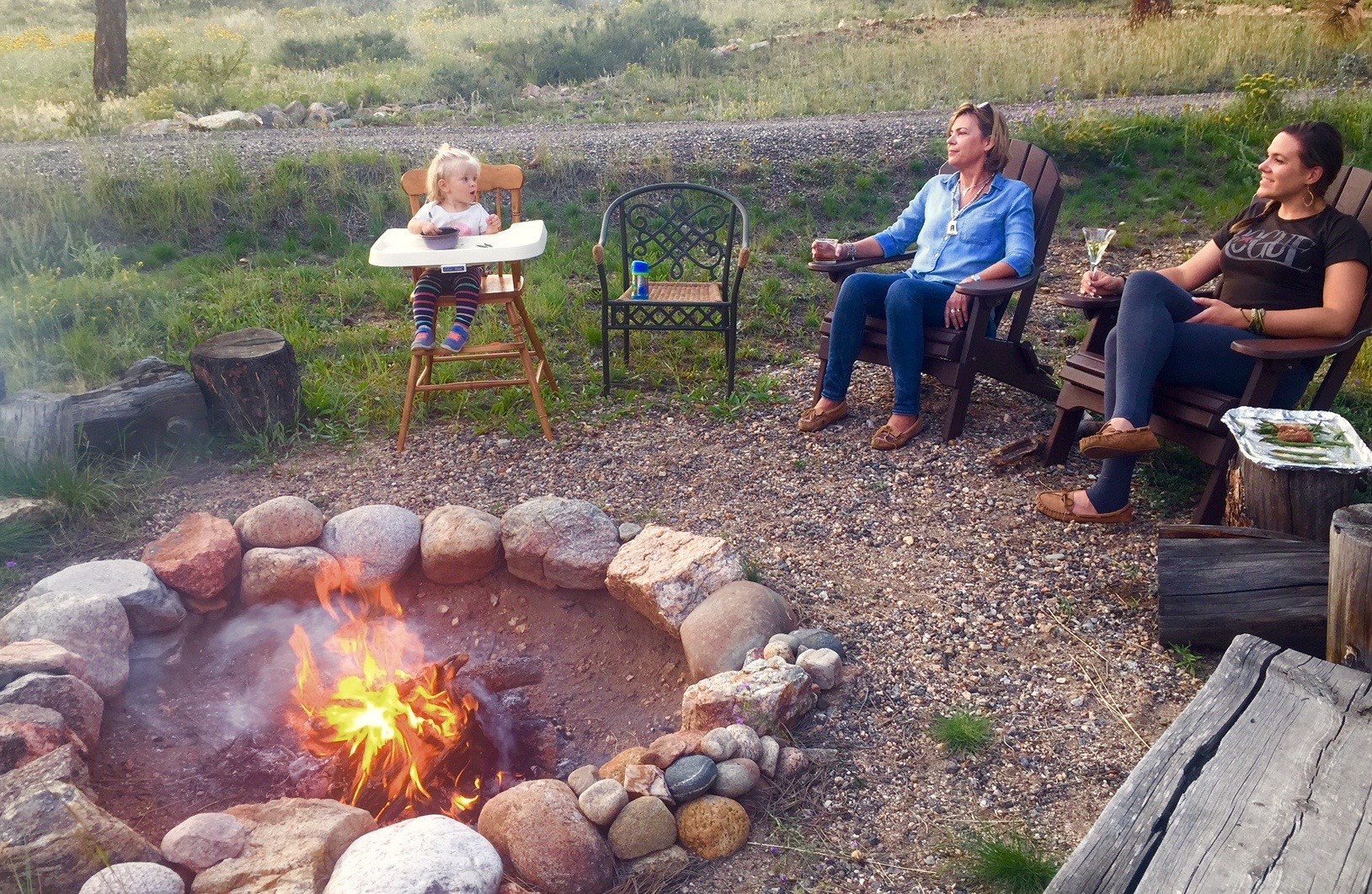



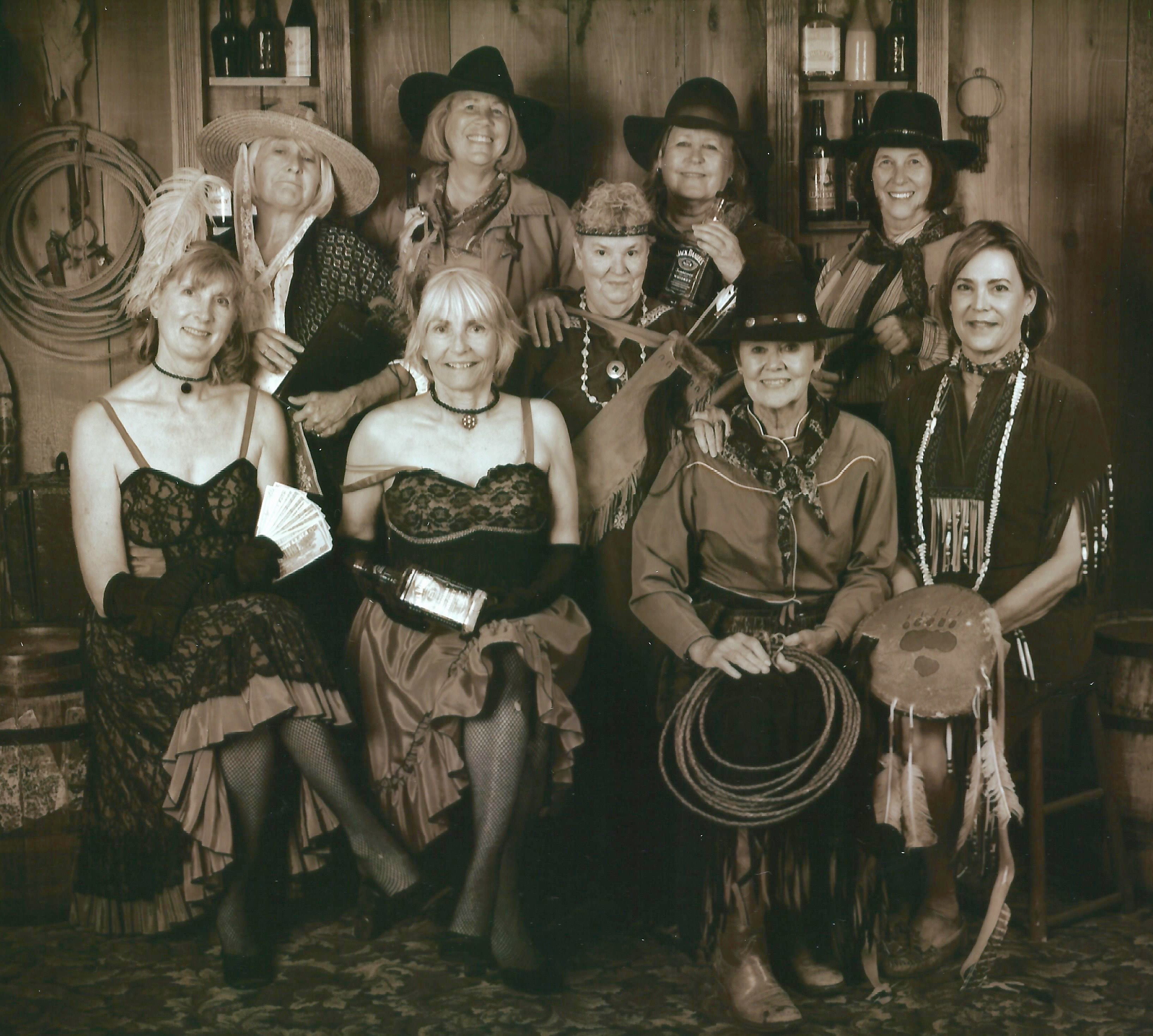



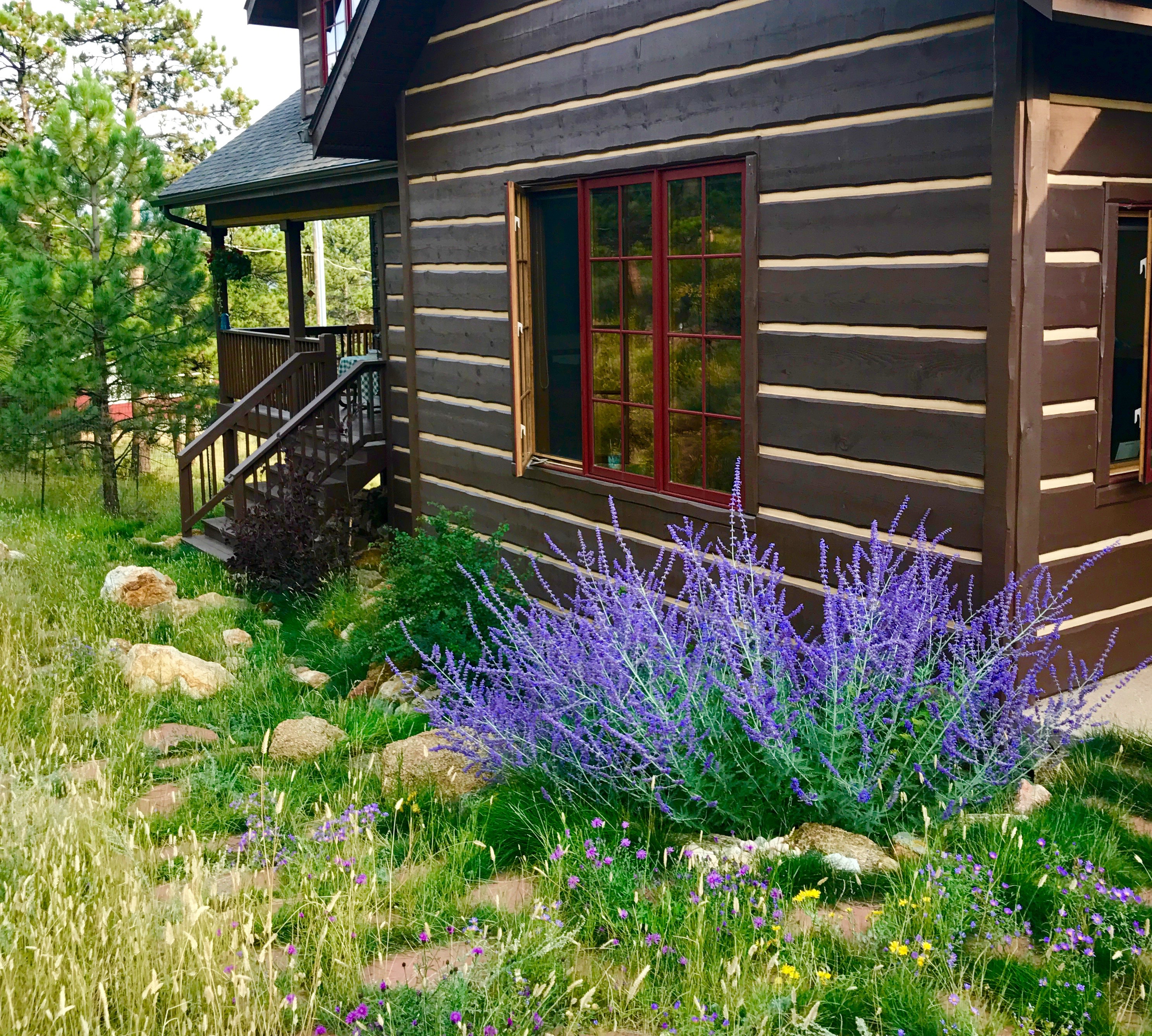
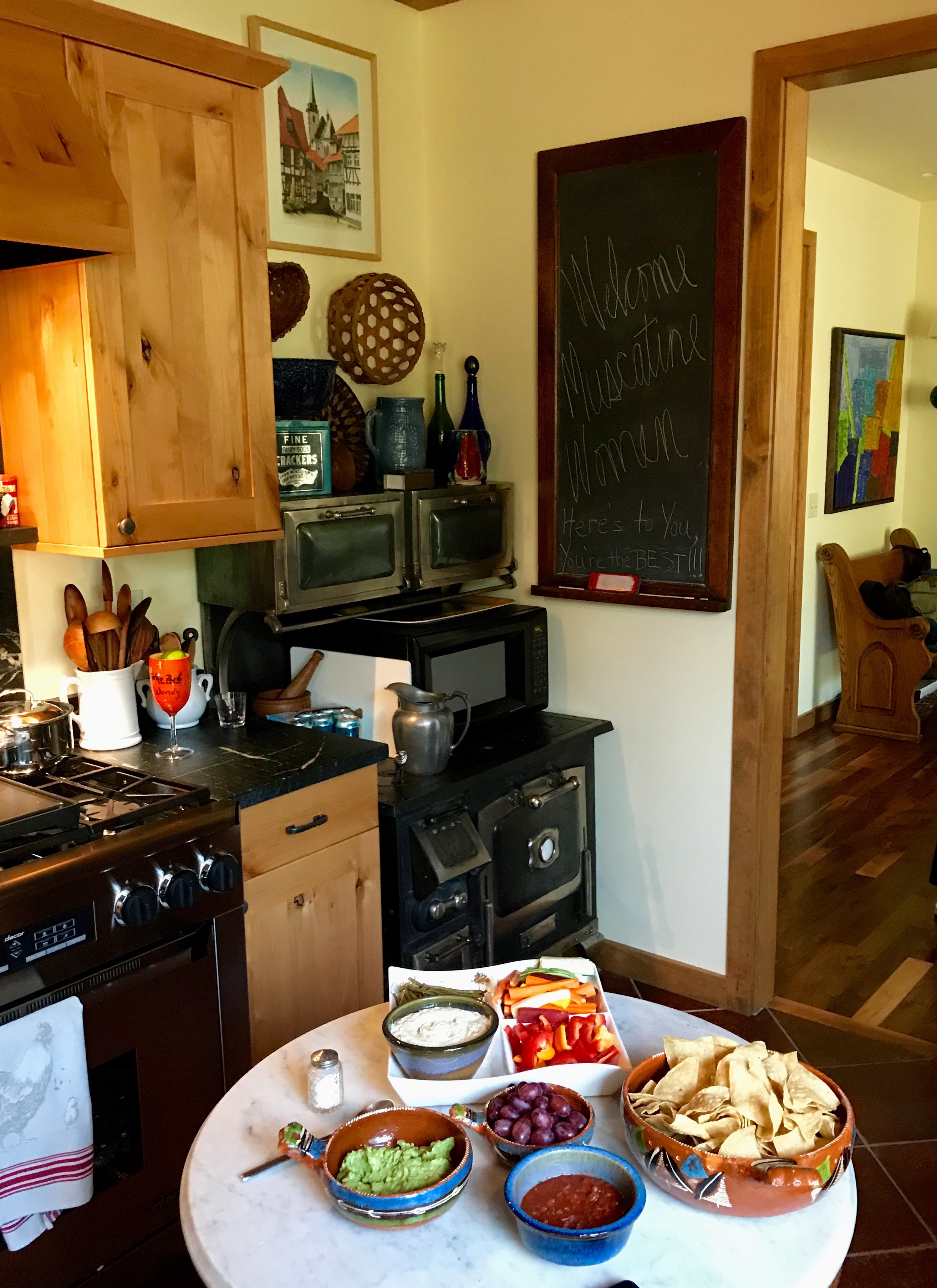
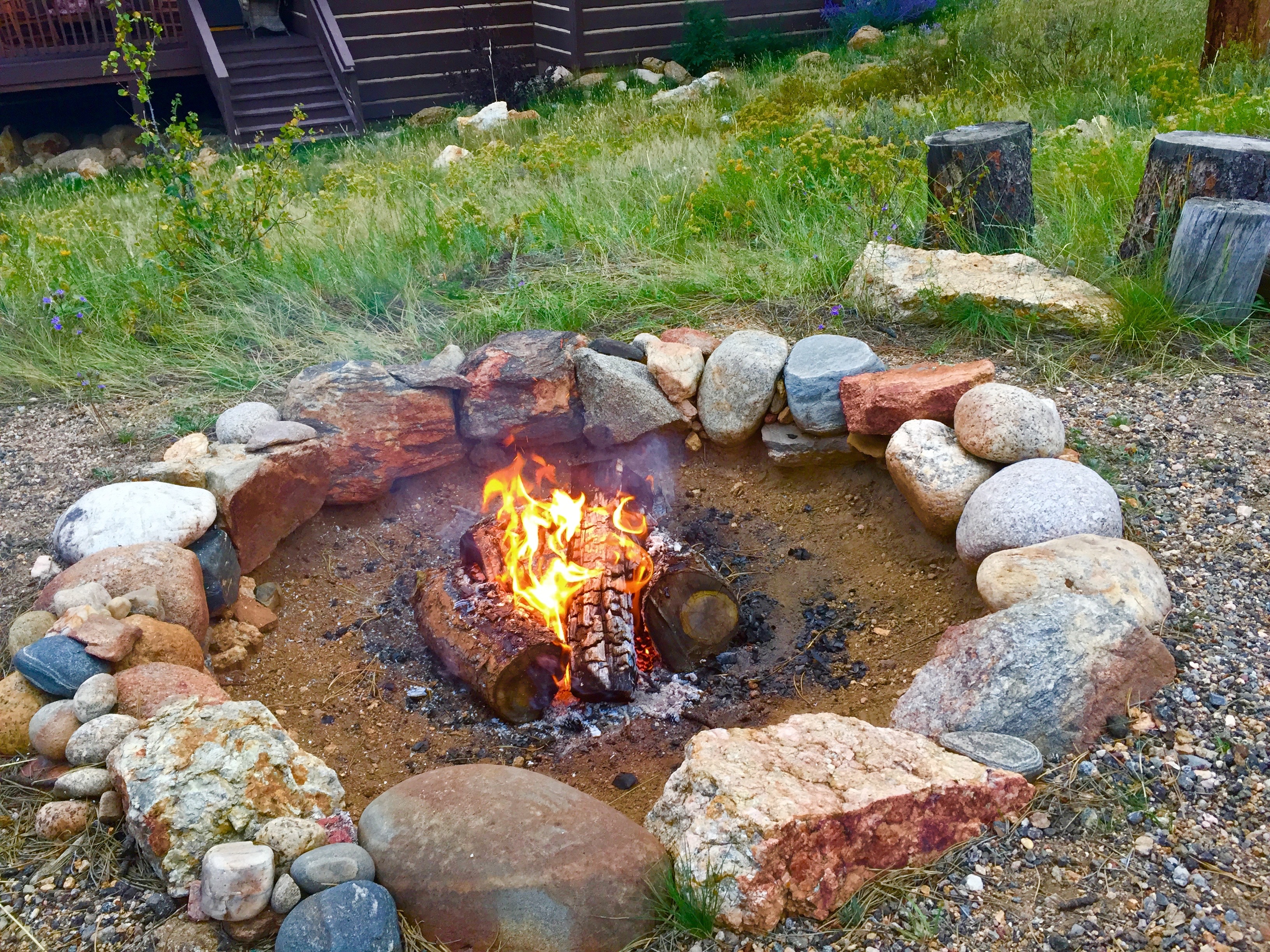
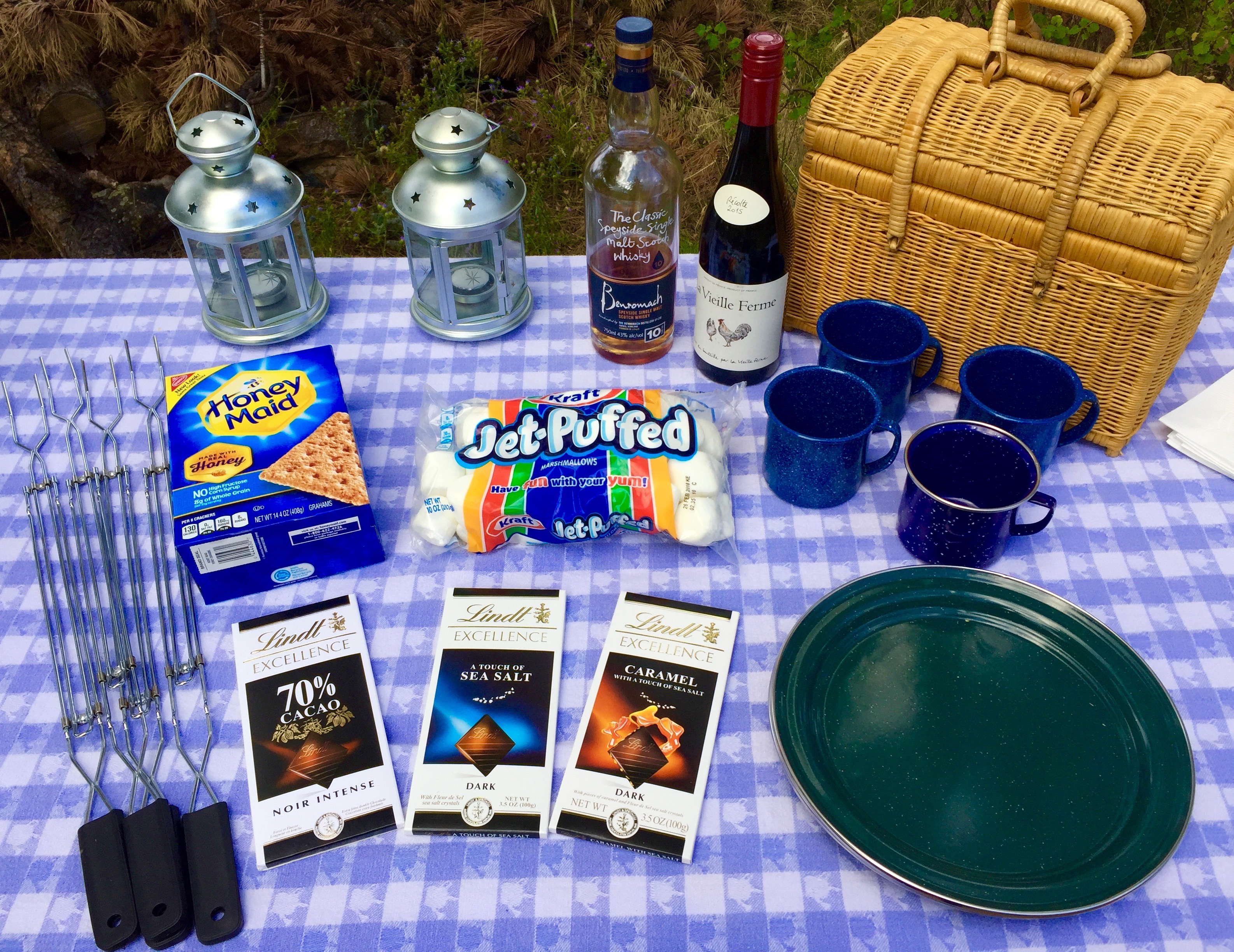
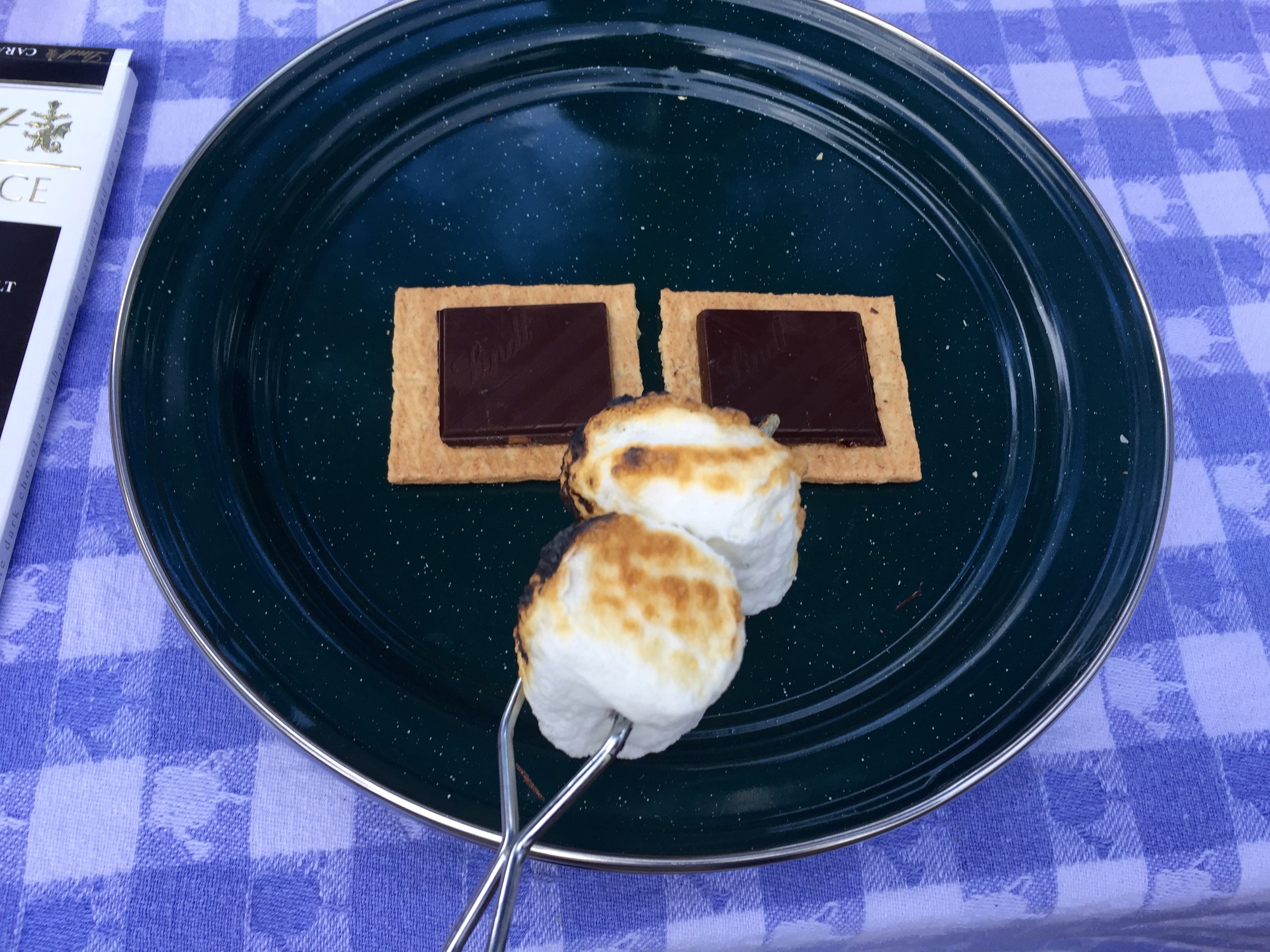
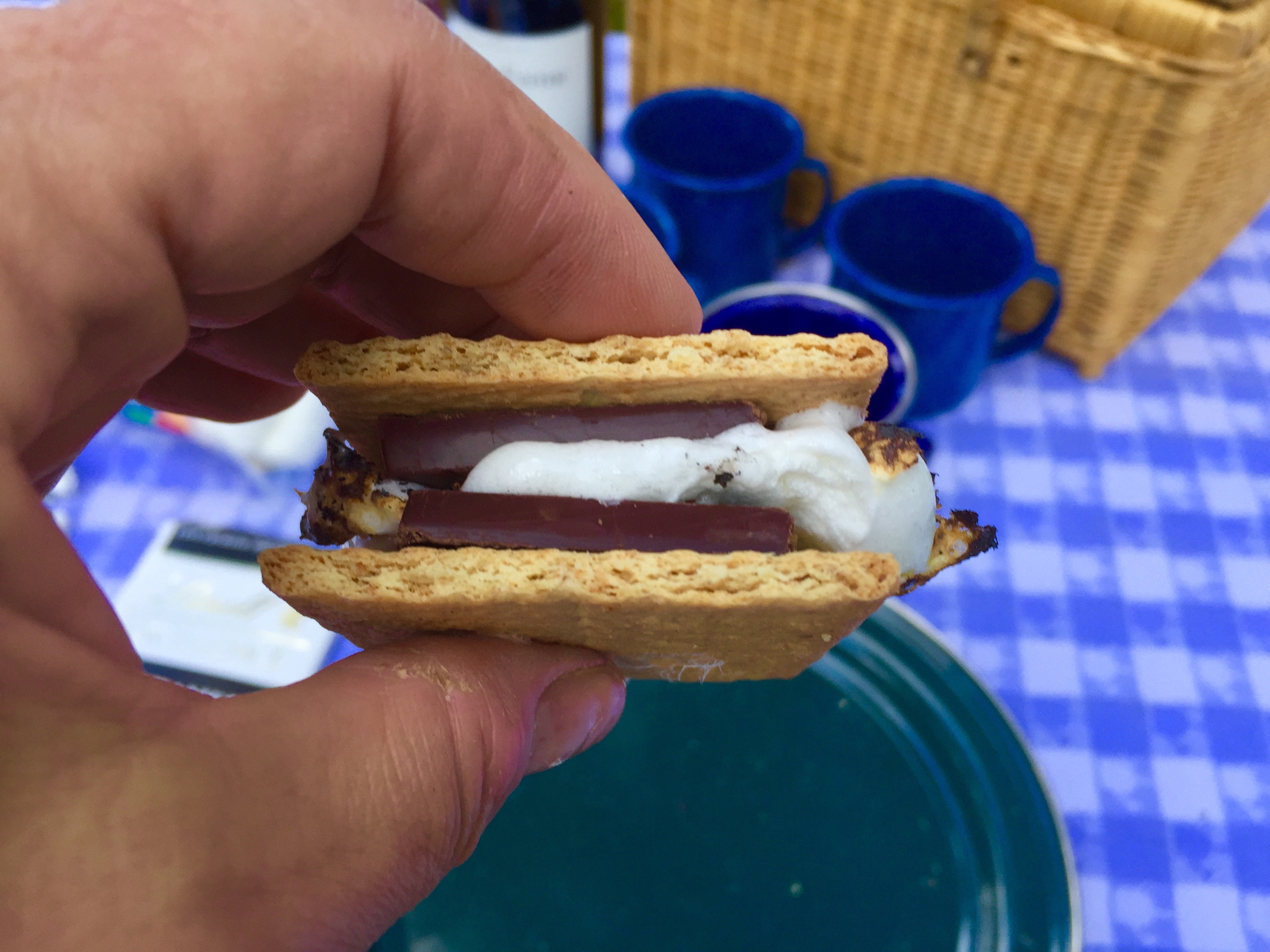




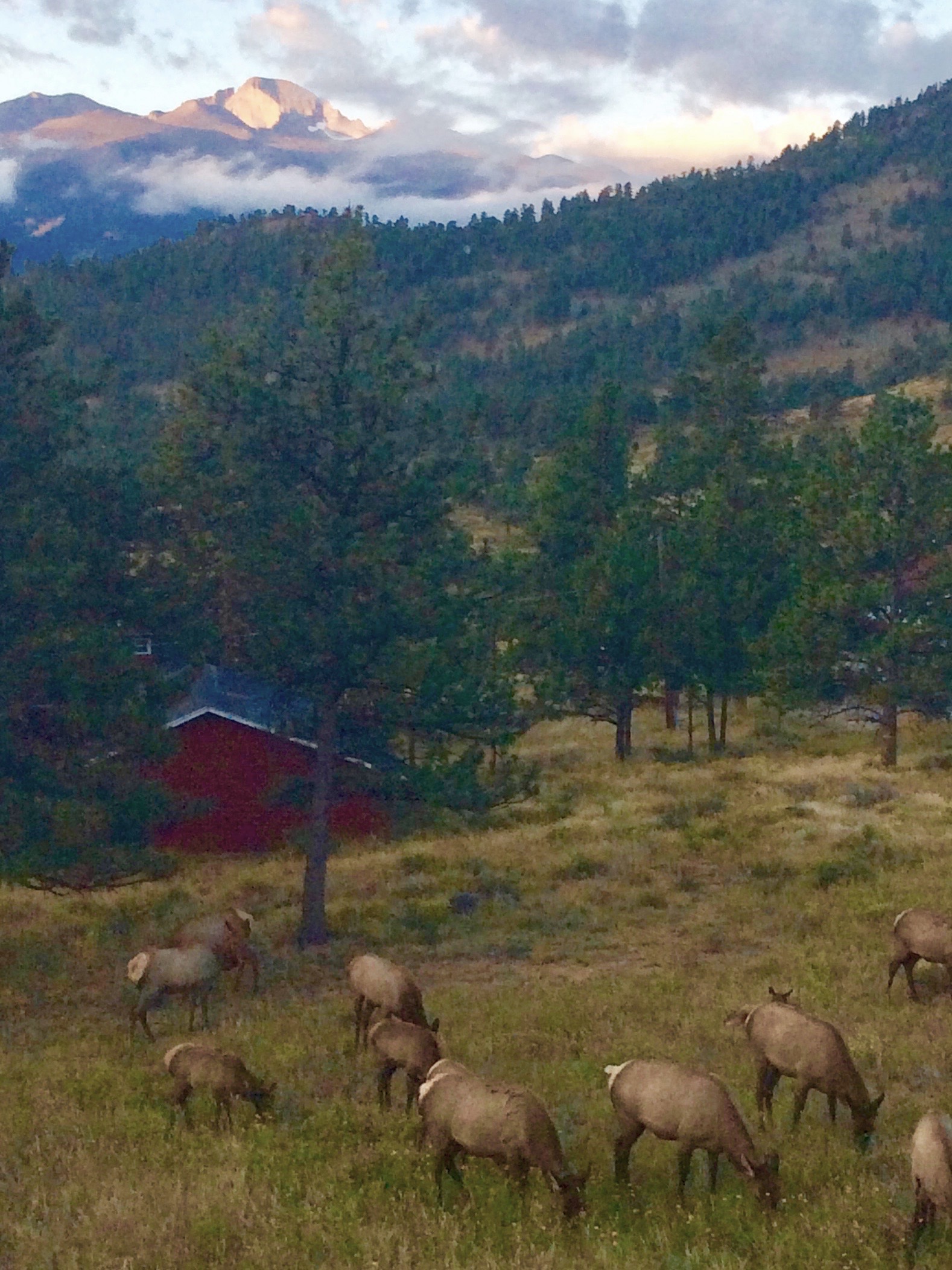







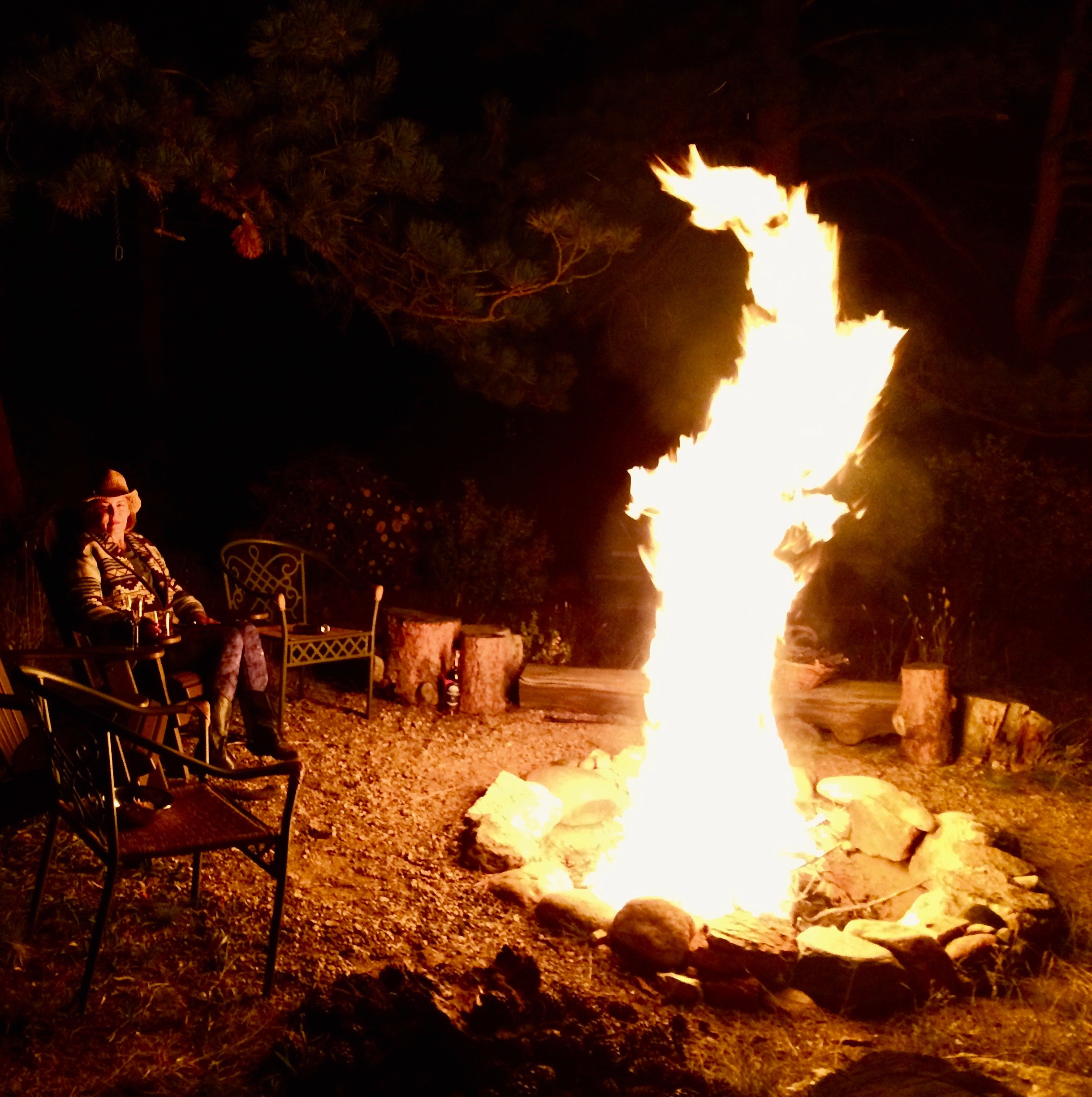
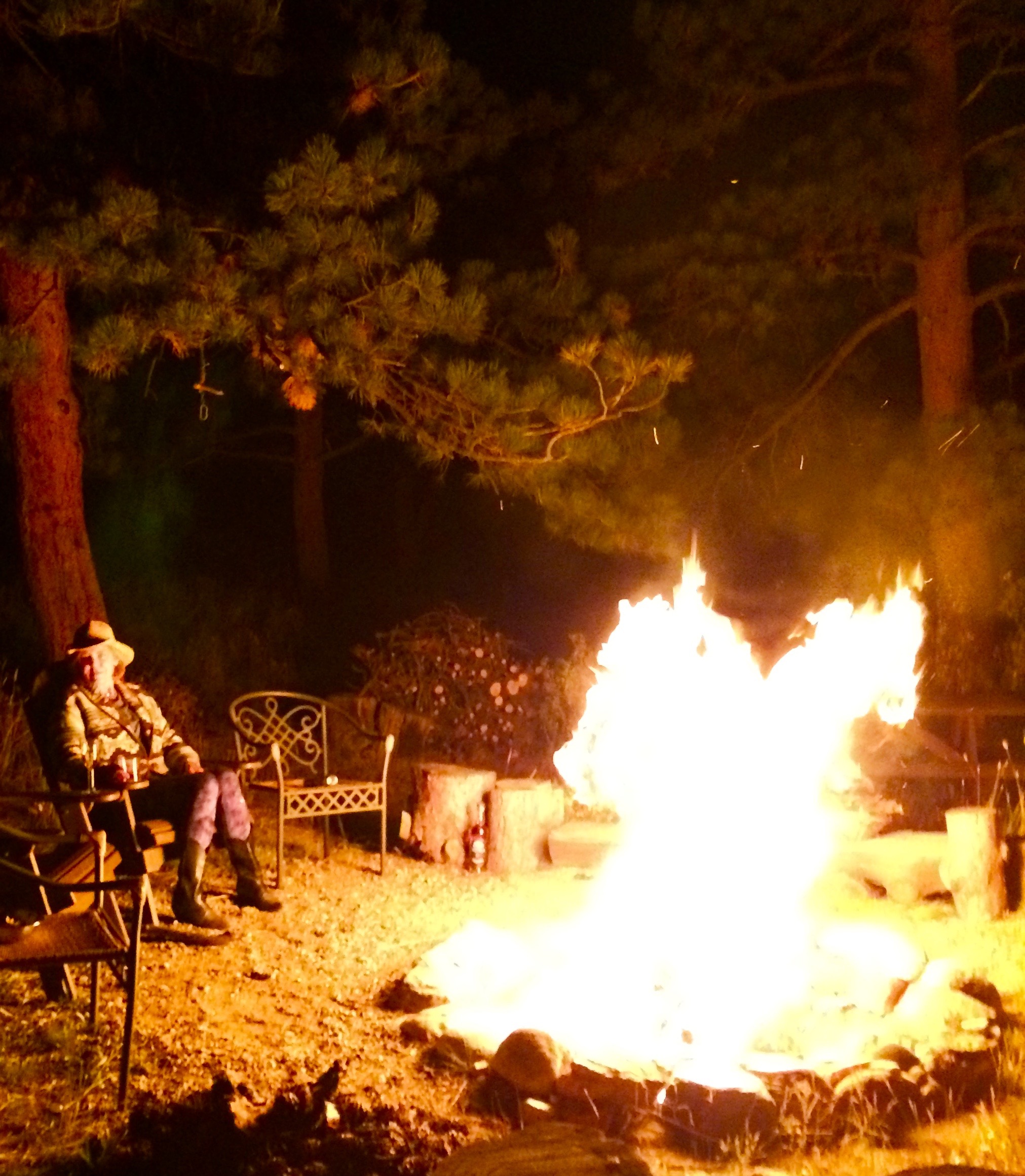










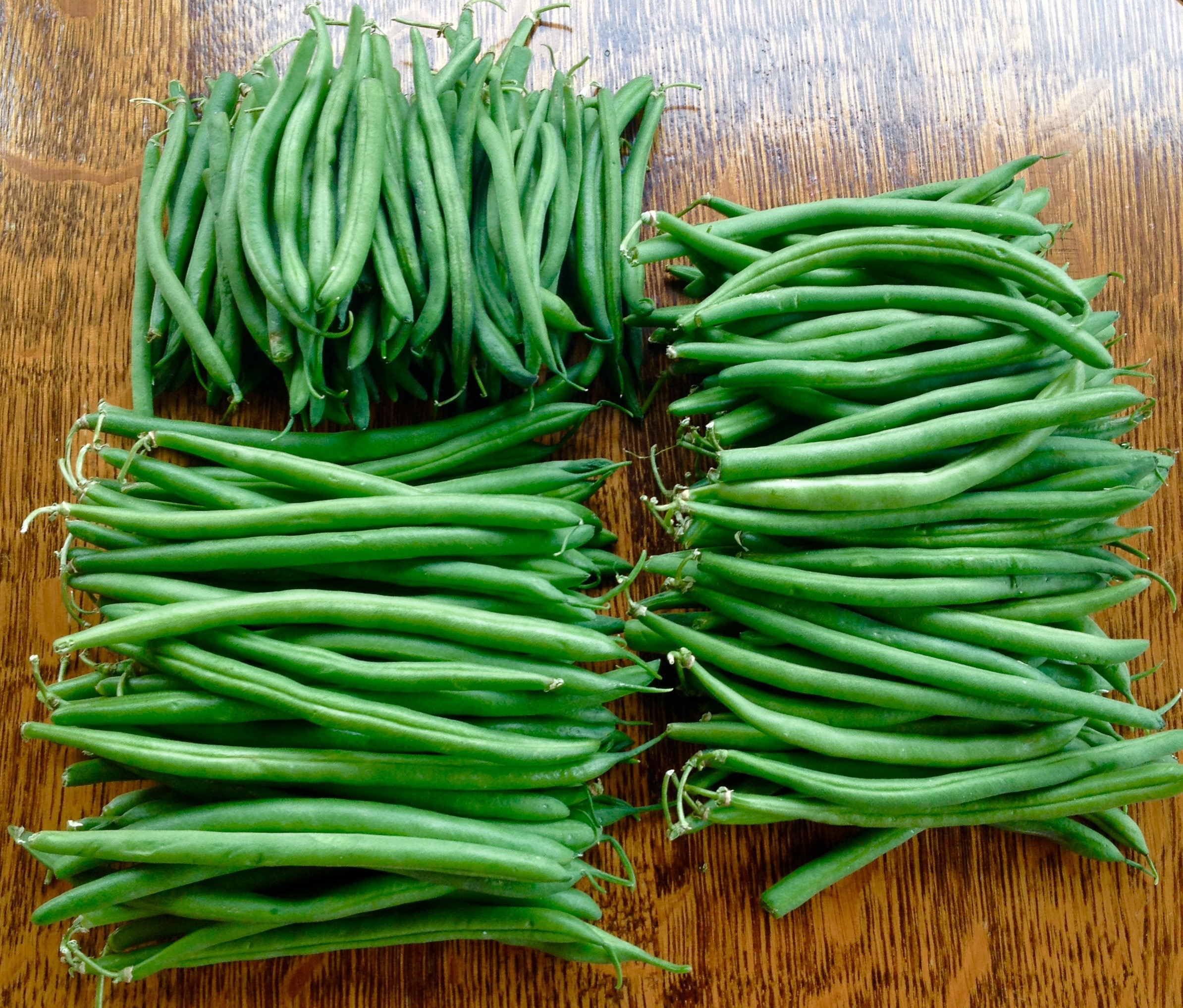
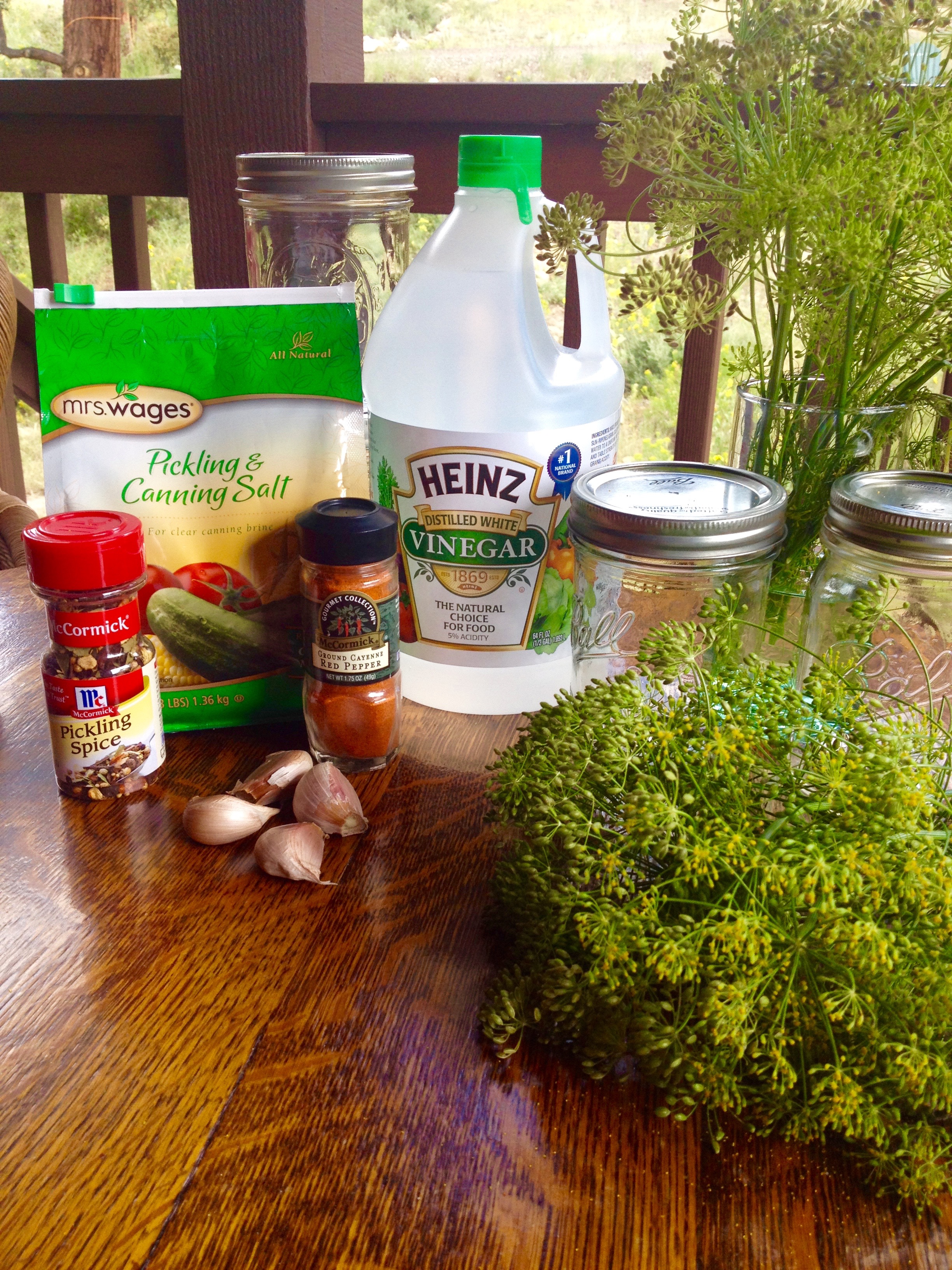
























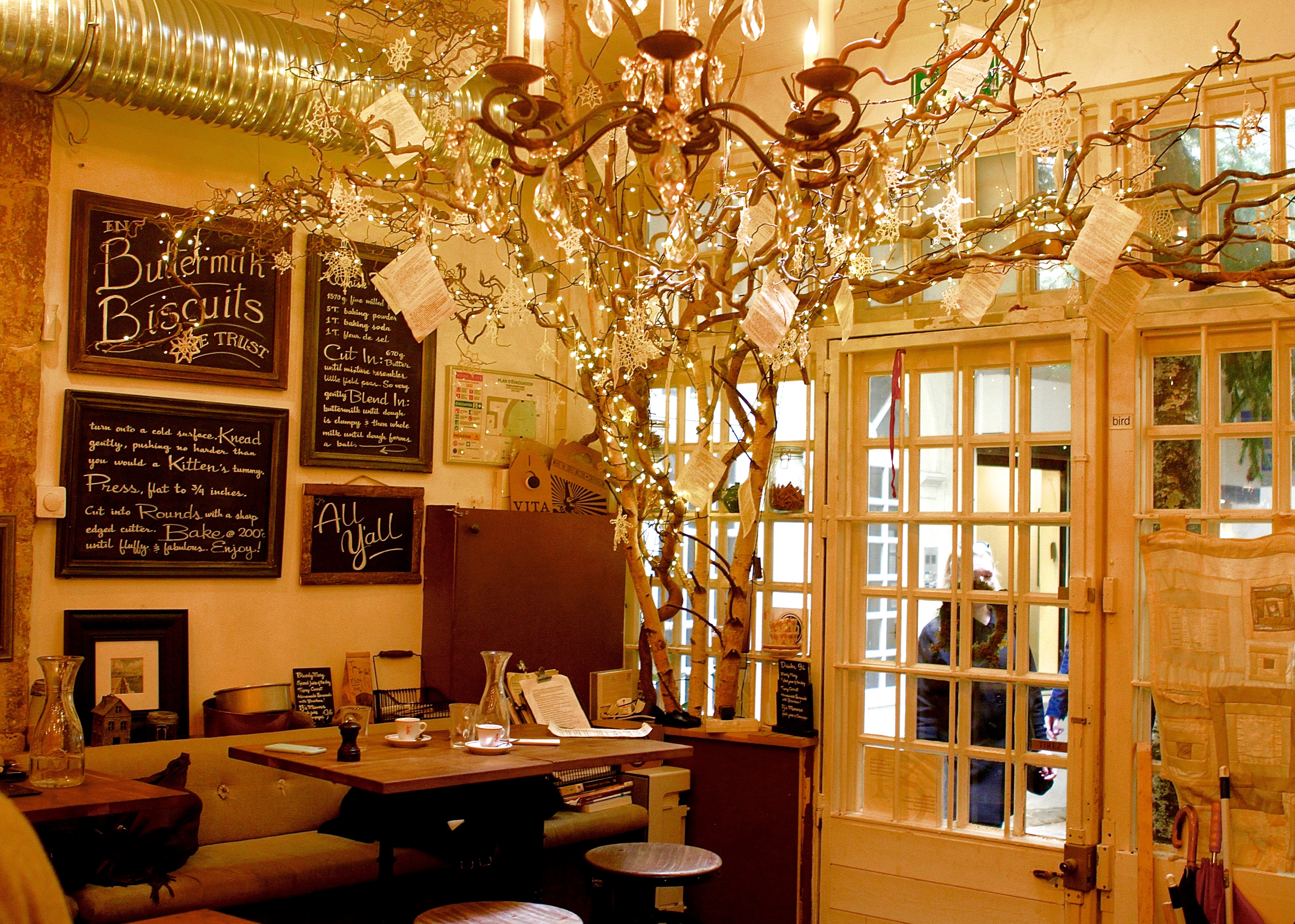











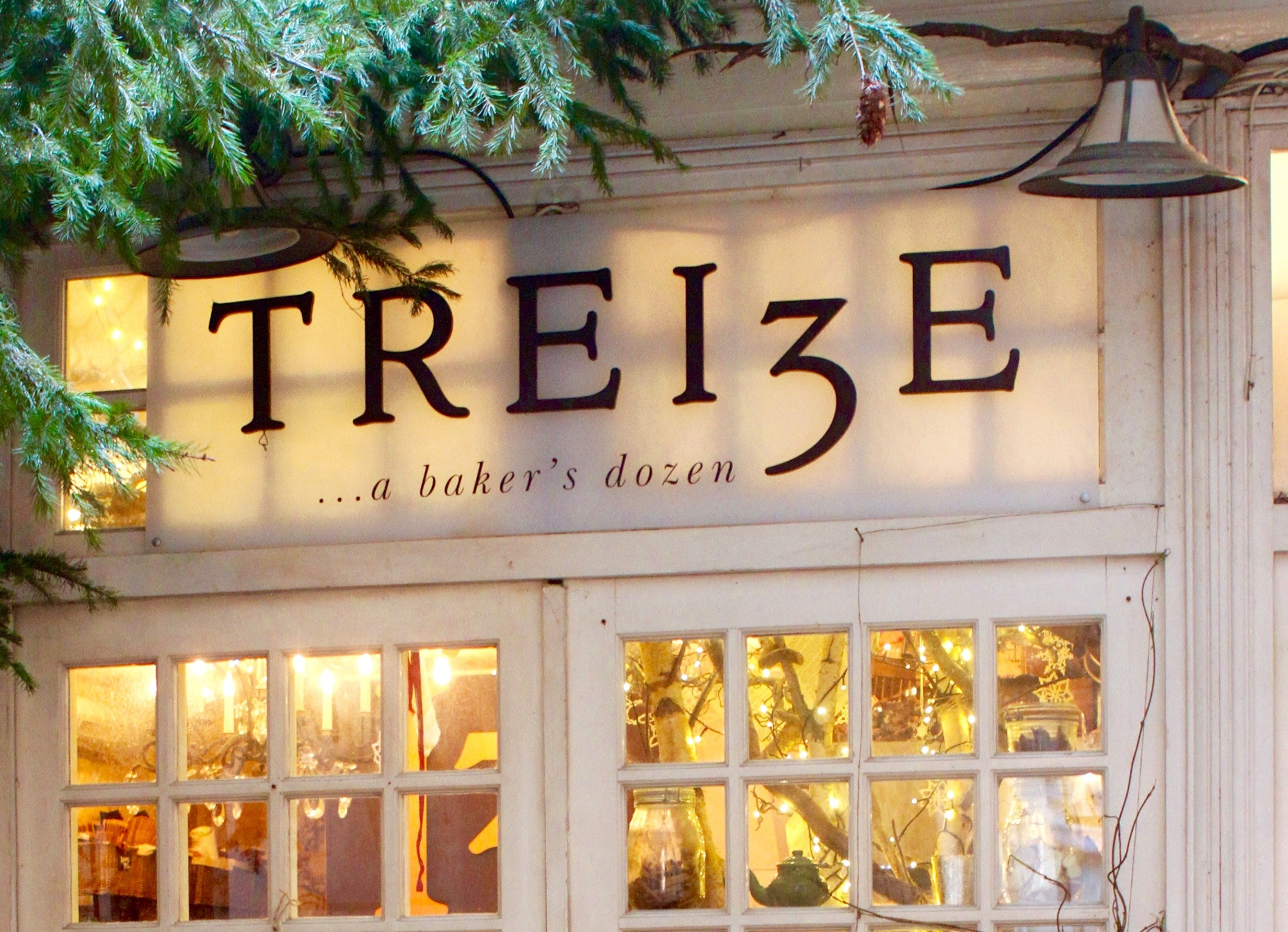







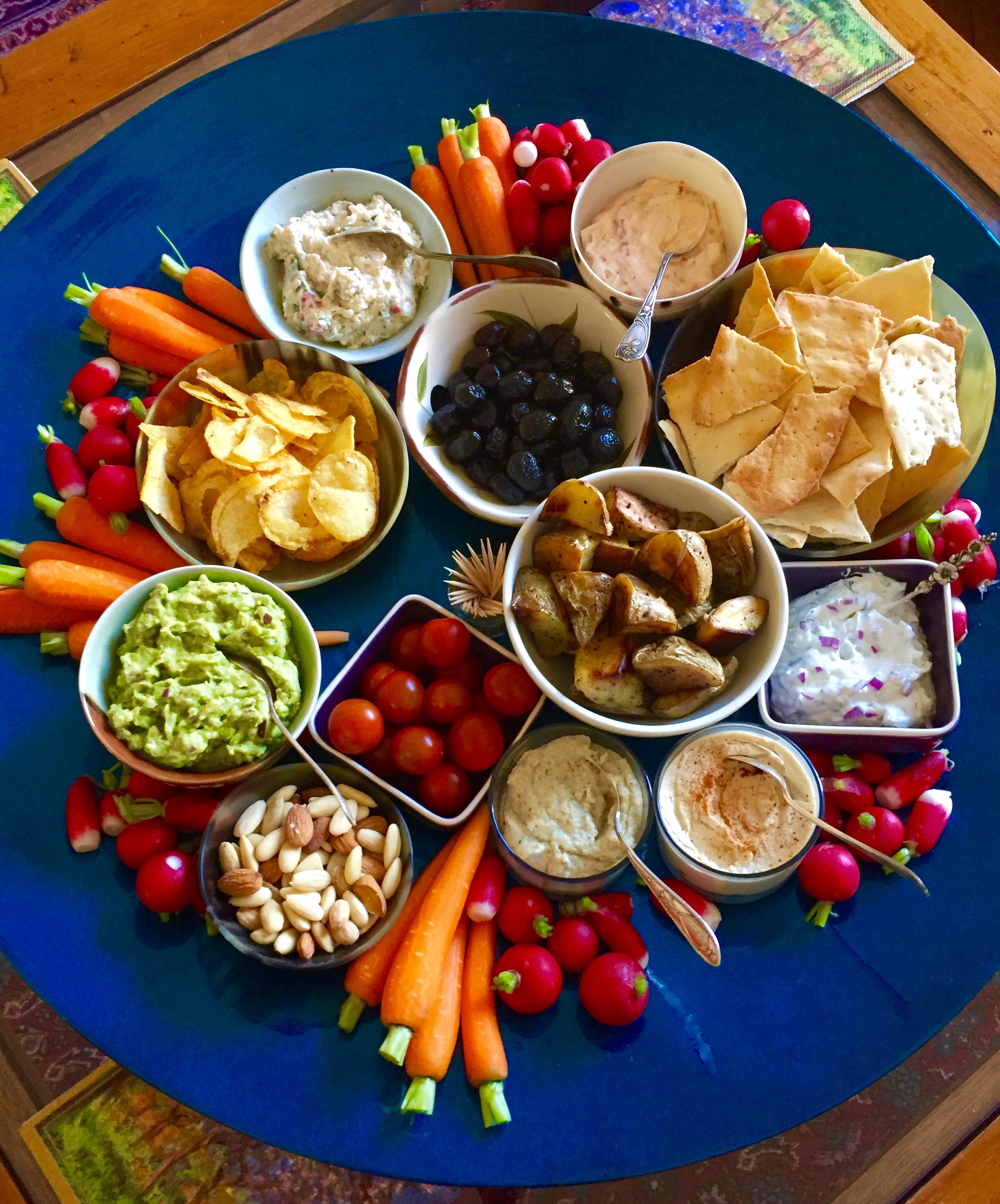












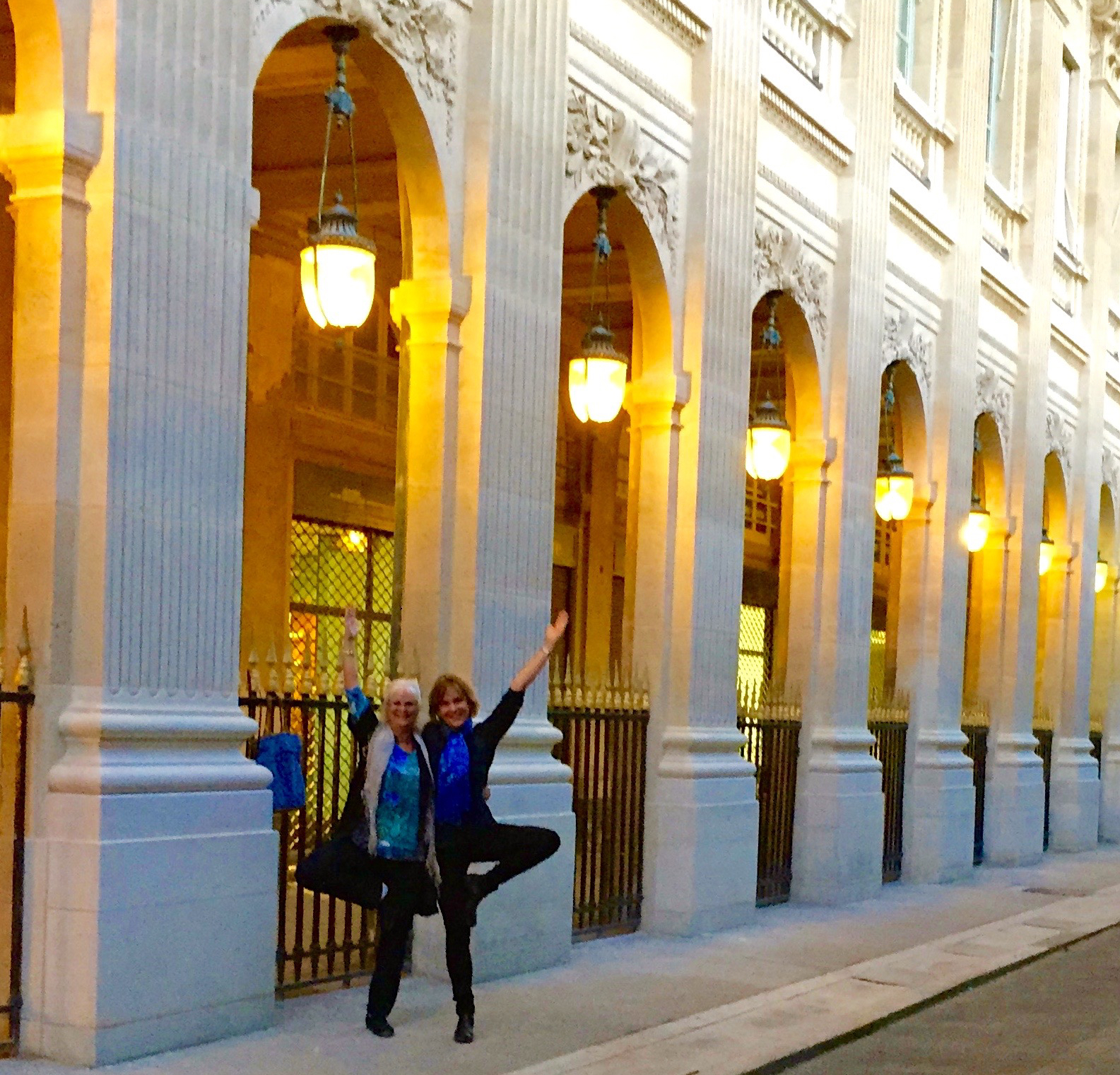





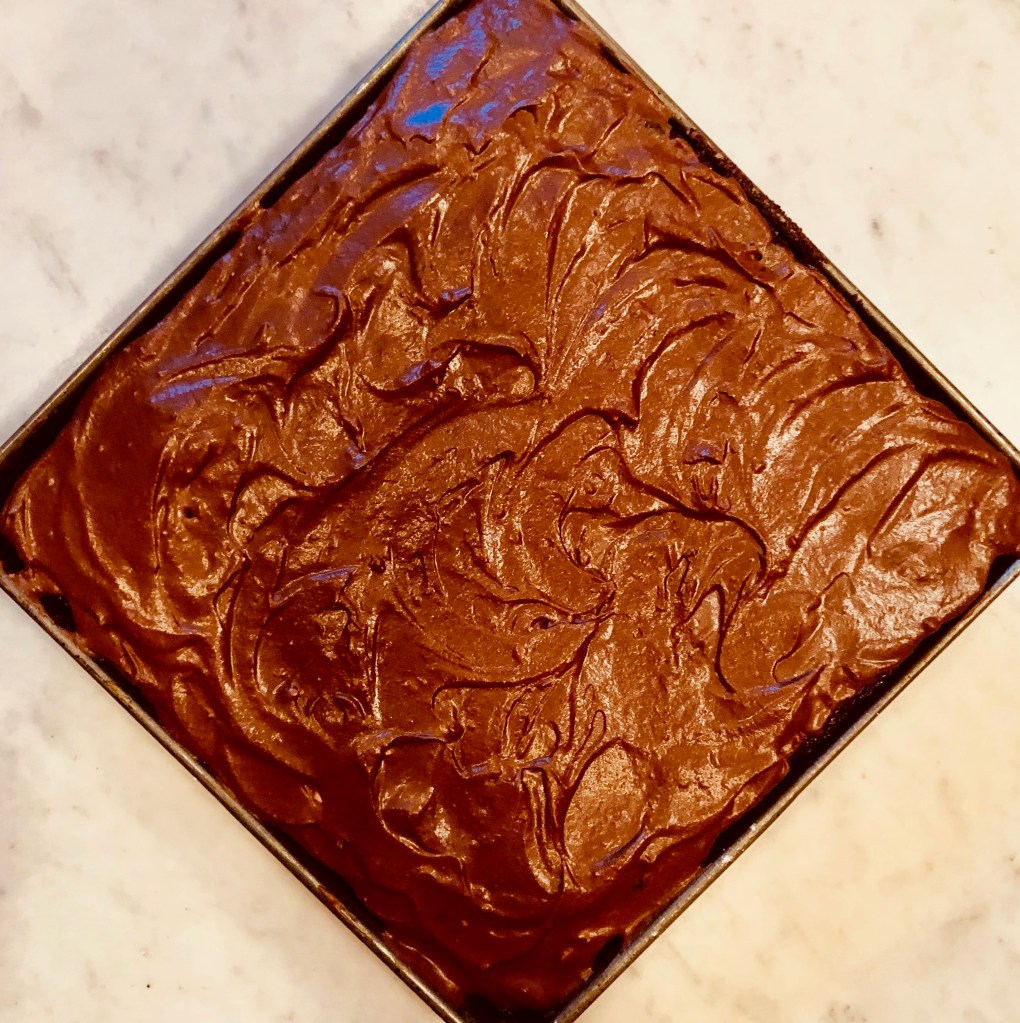

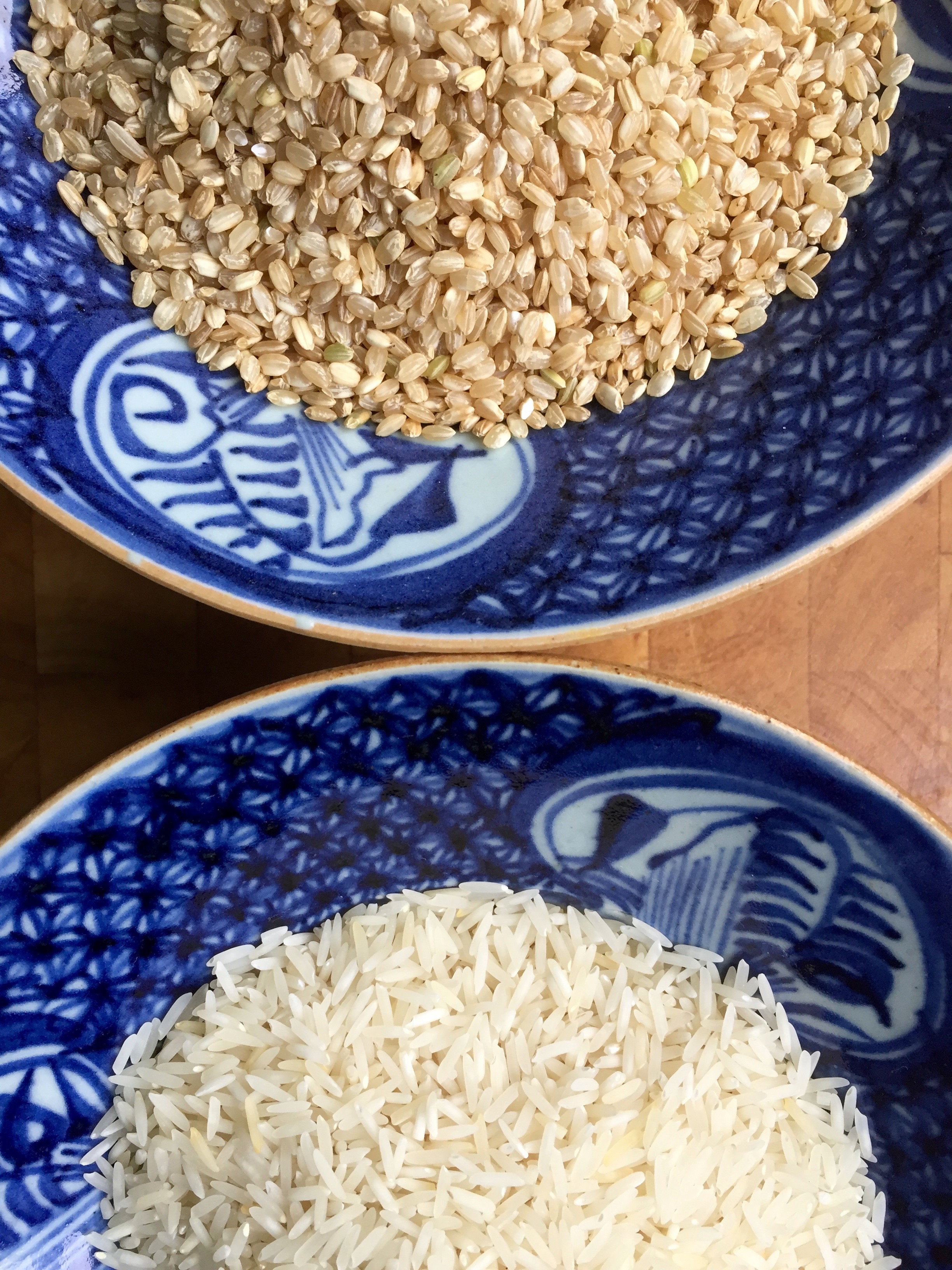
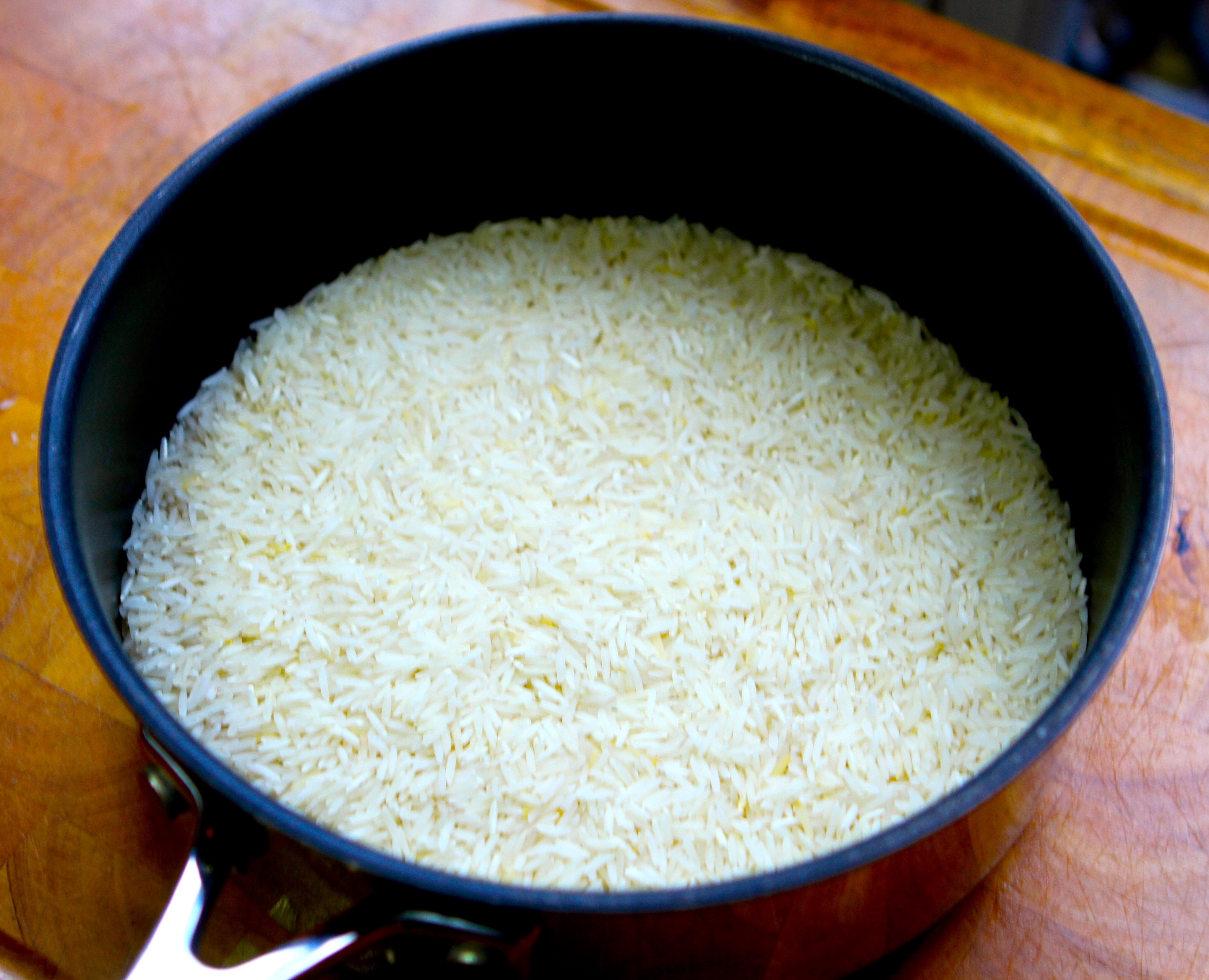
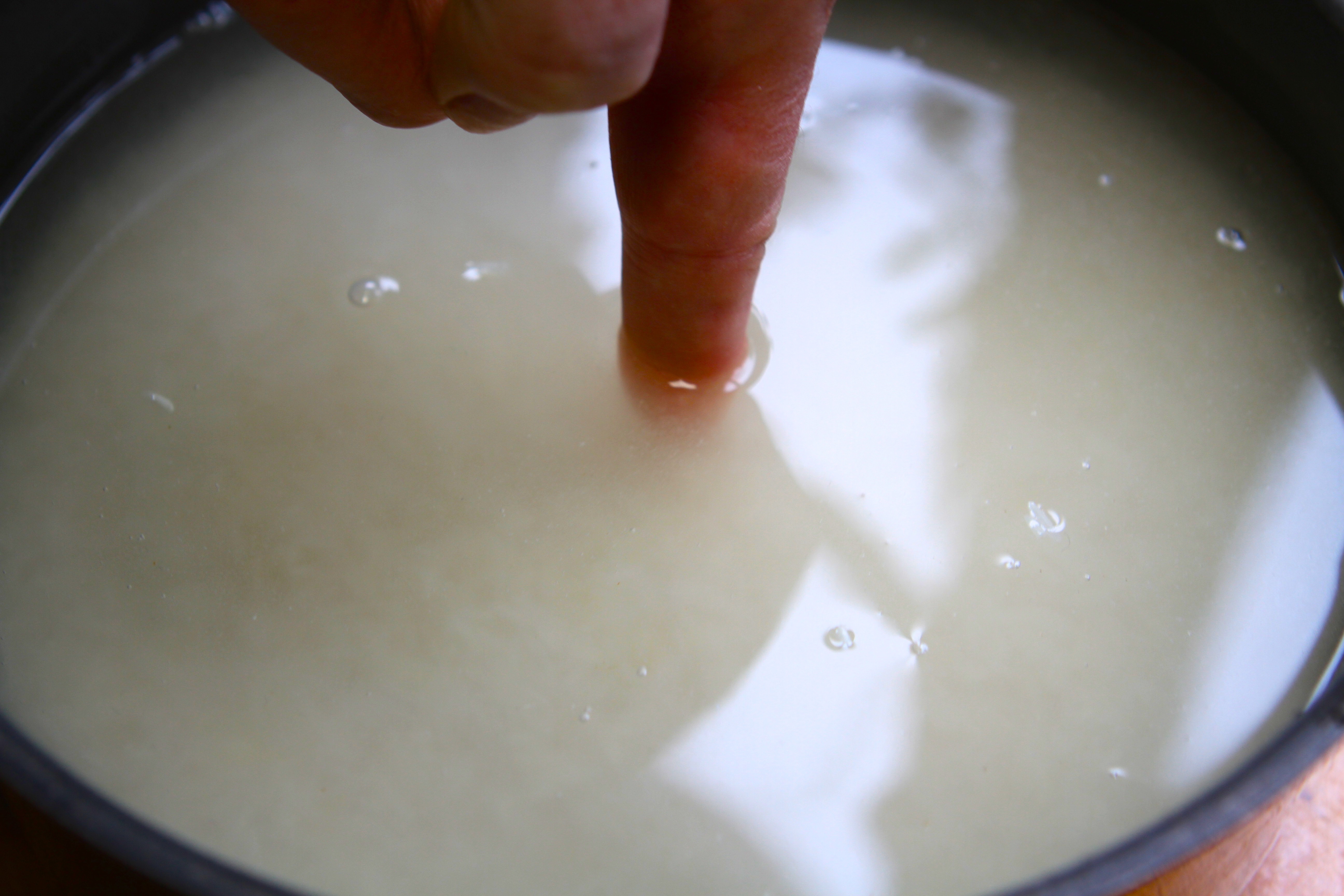
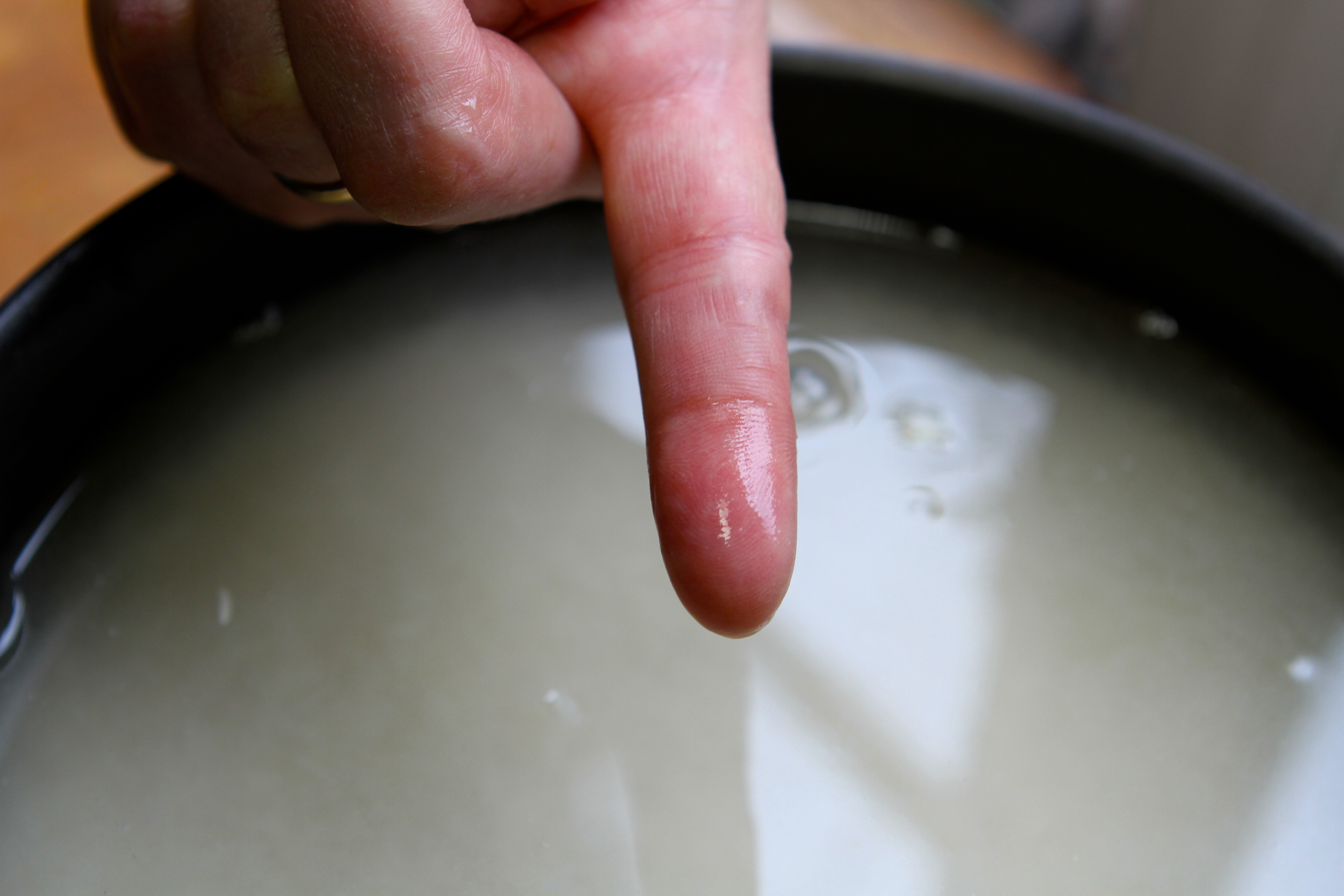





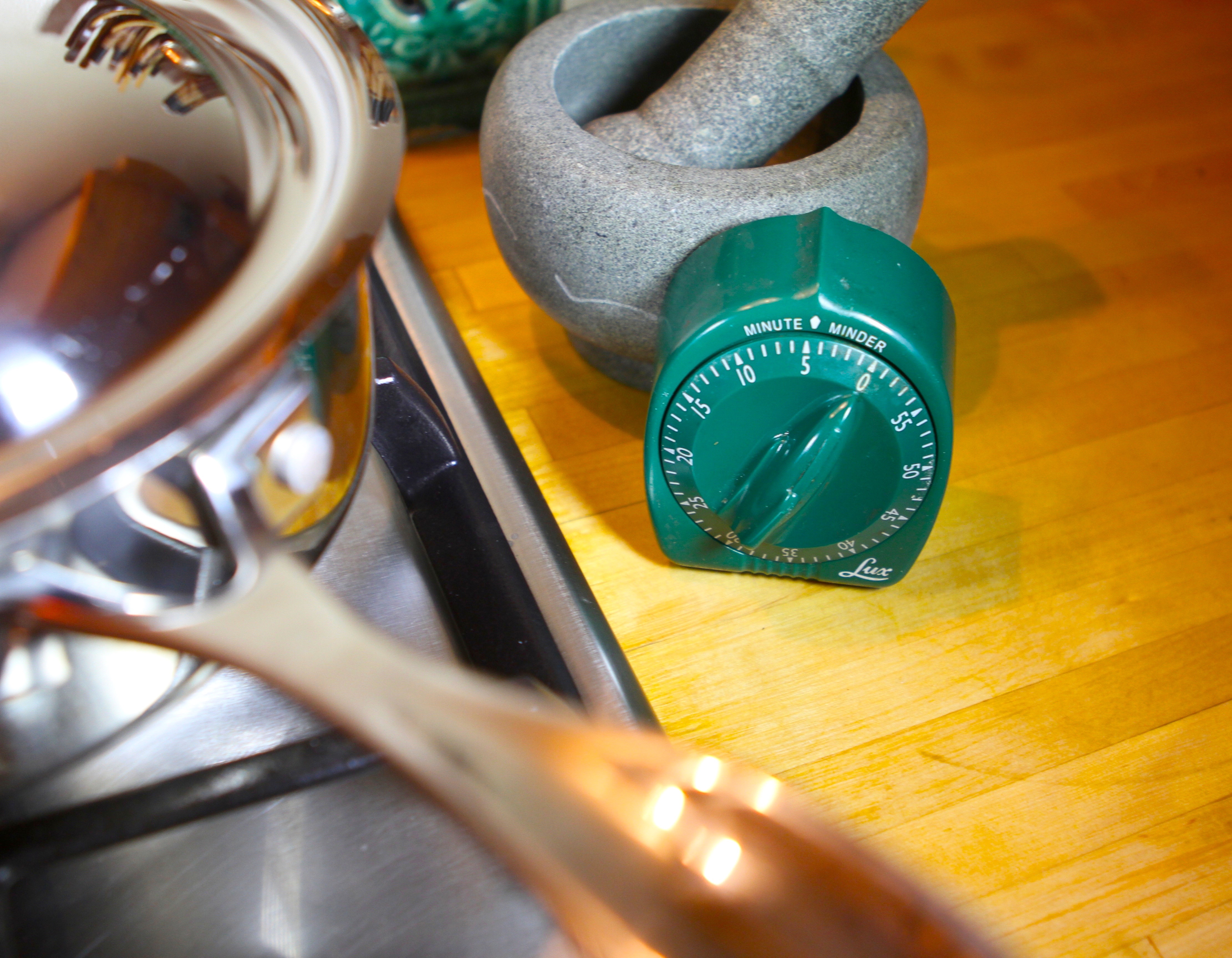


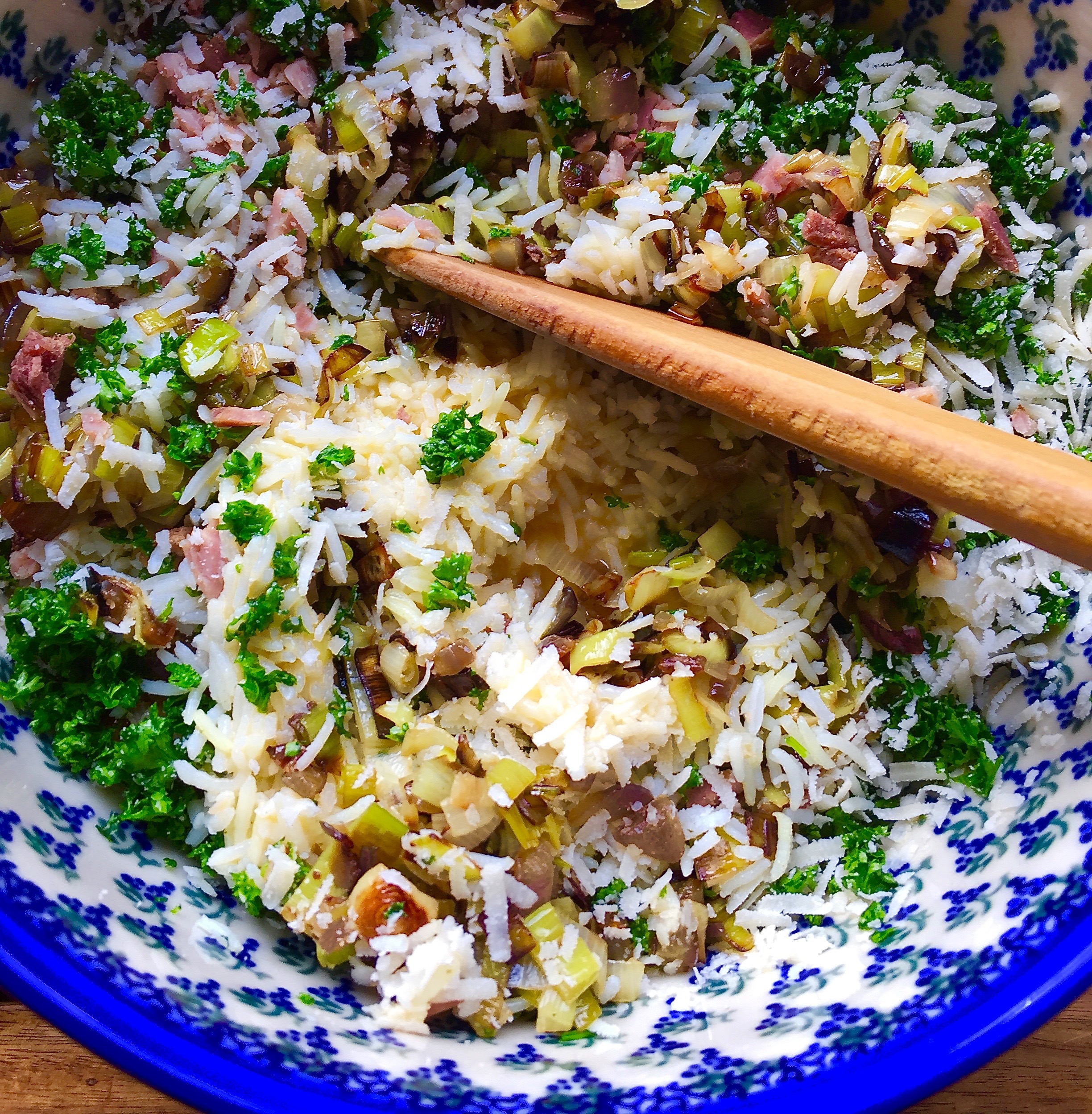
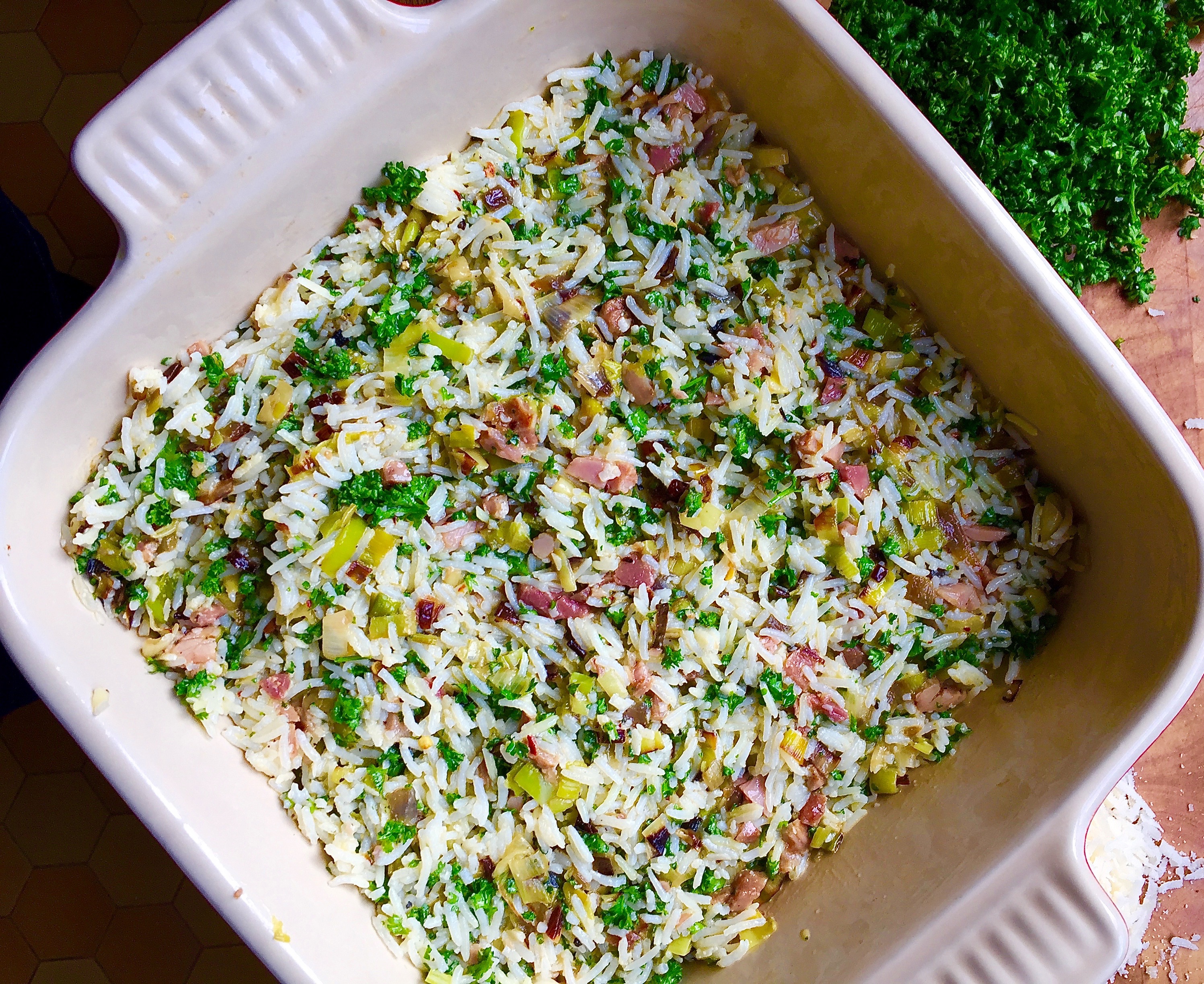
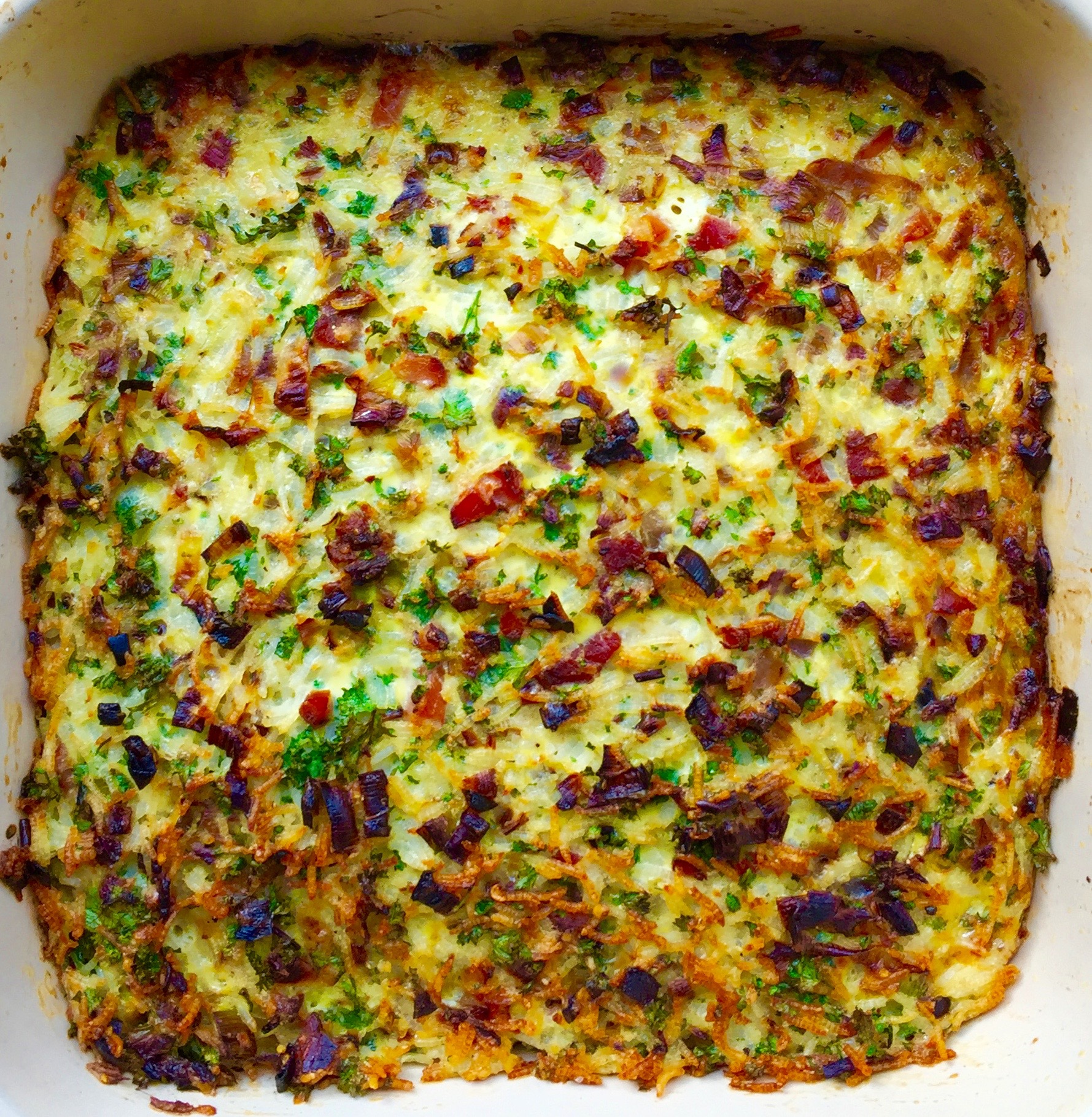







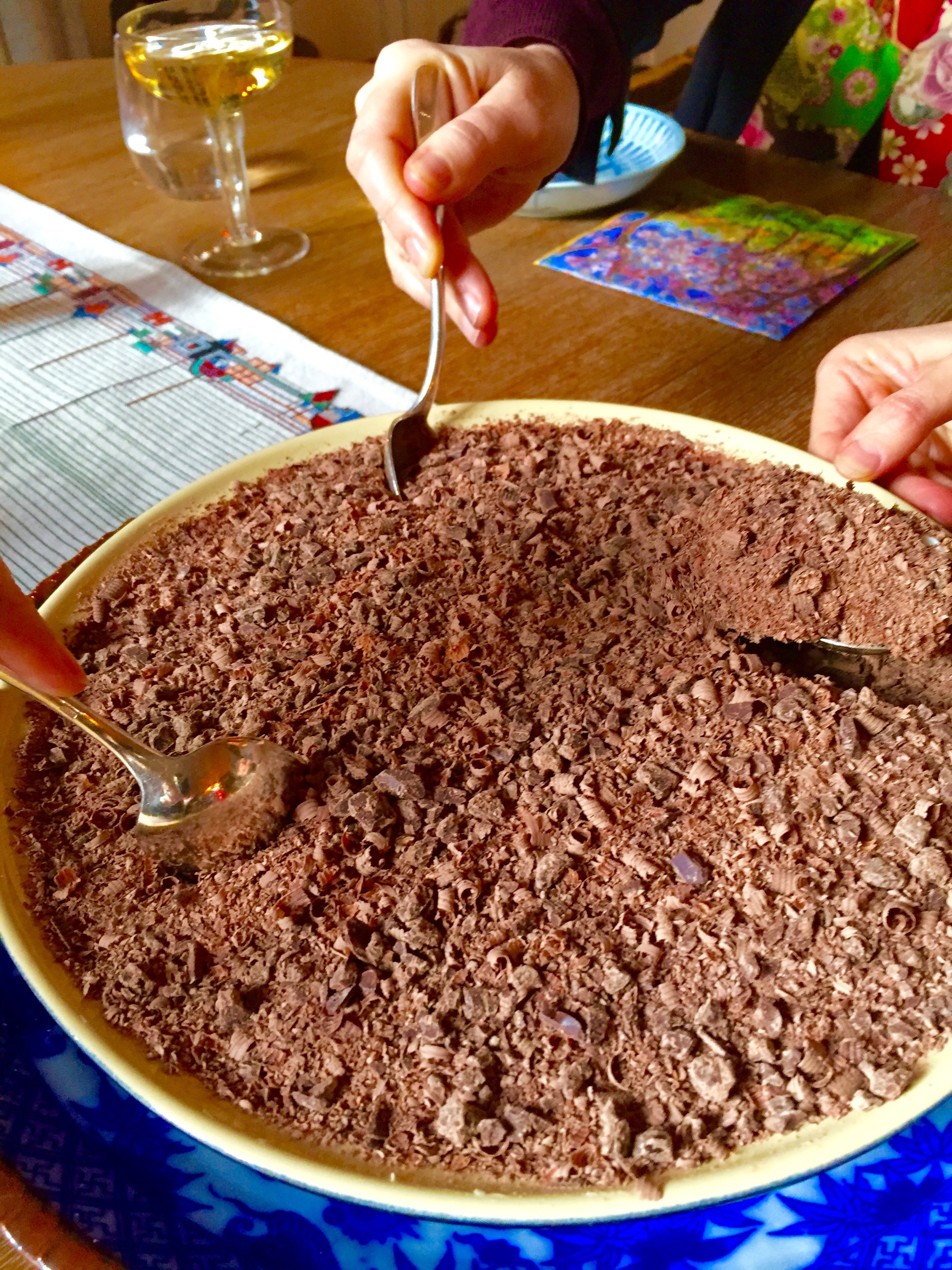





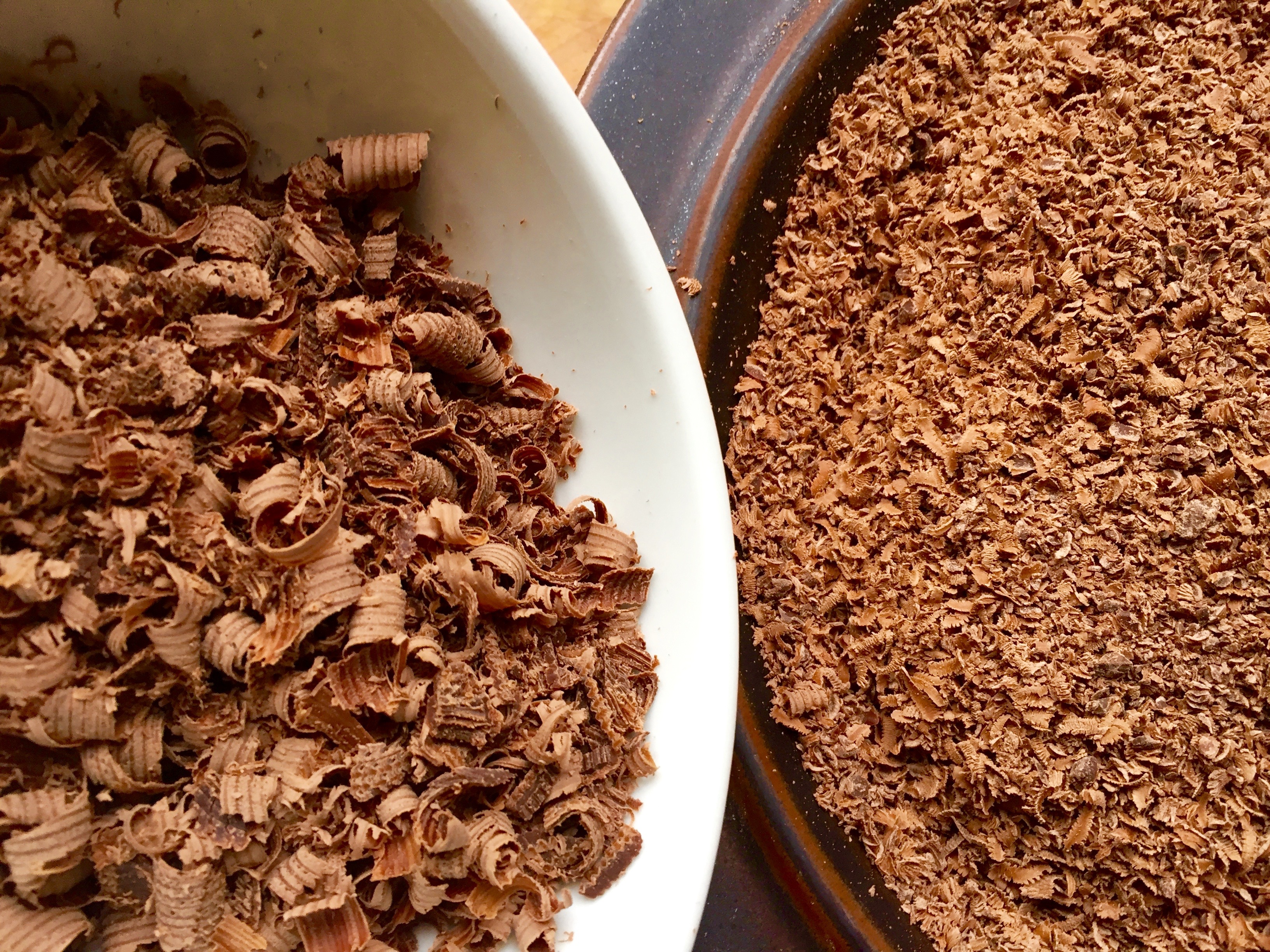






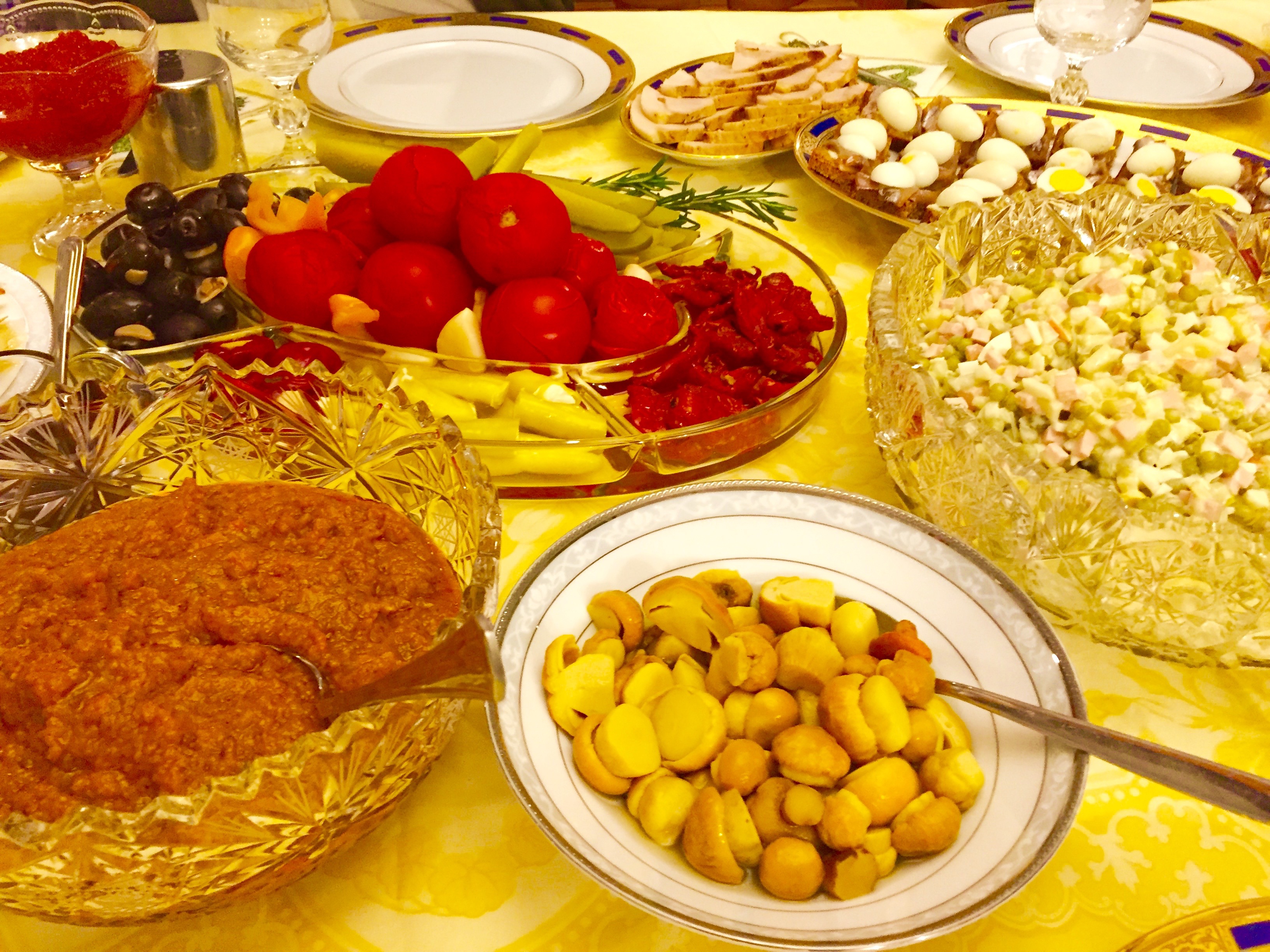
![img_6671 anna, leila, babushka [vera]](https://i0.wp.com/atasteofmind.com/wp-content/uploads/2017/01/img_6671.jpg?w=334&h=334&crop=1&ssl=1)






